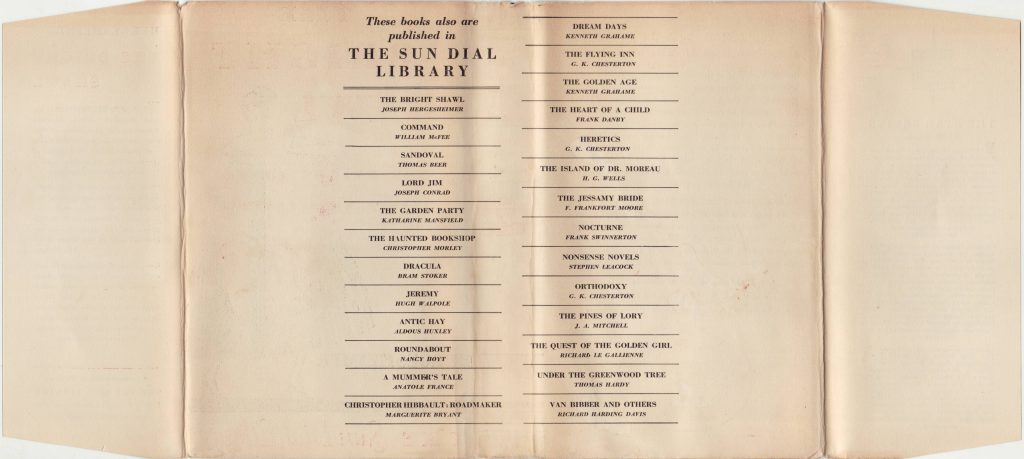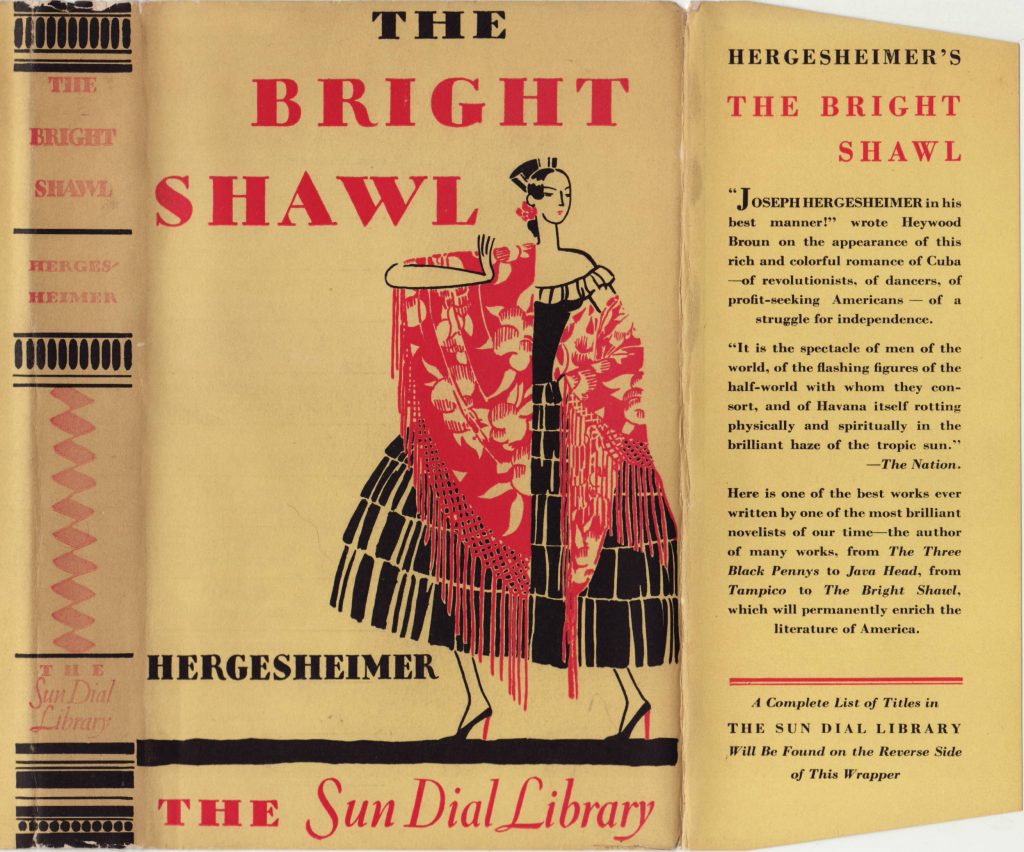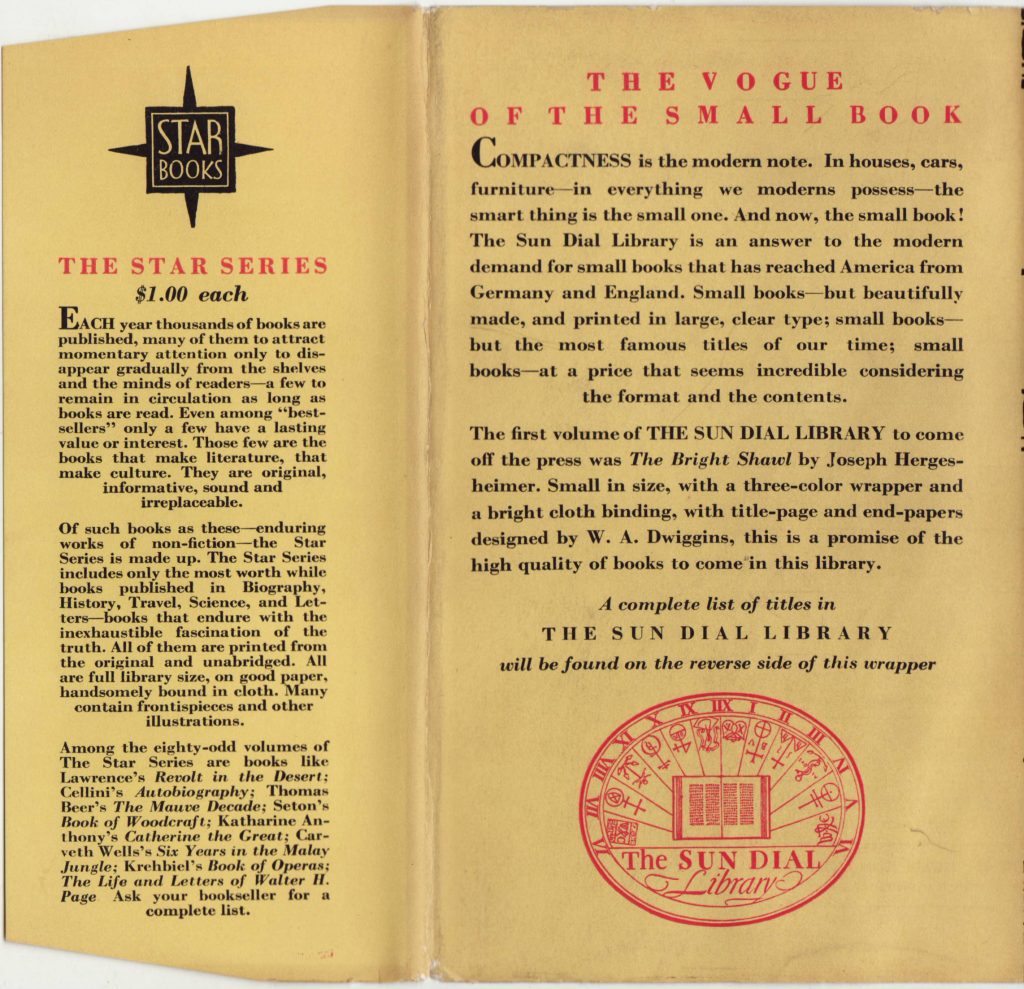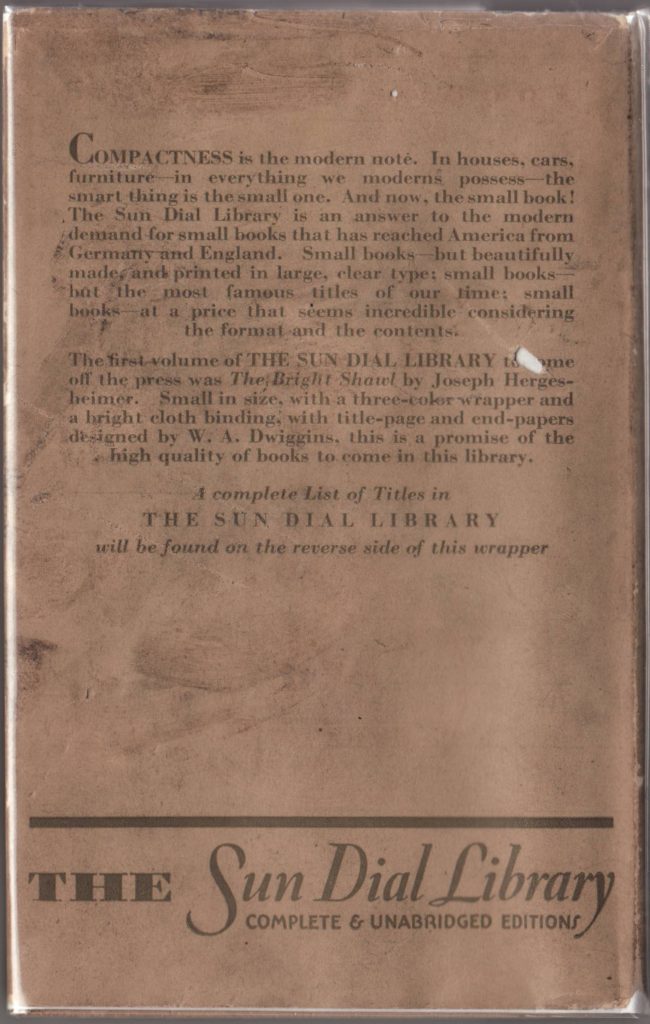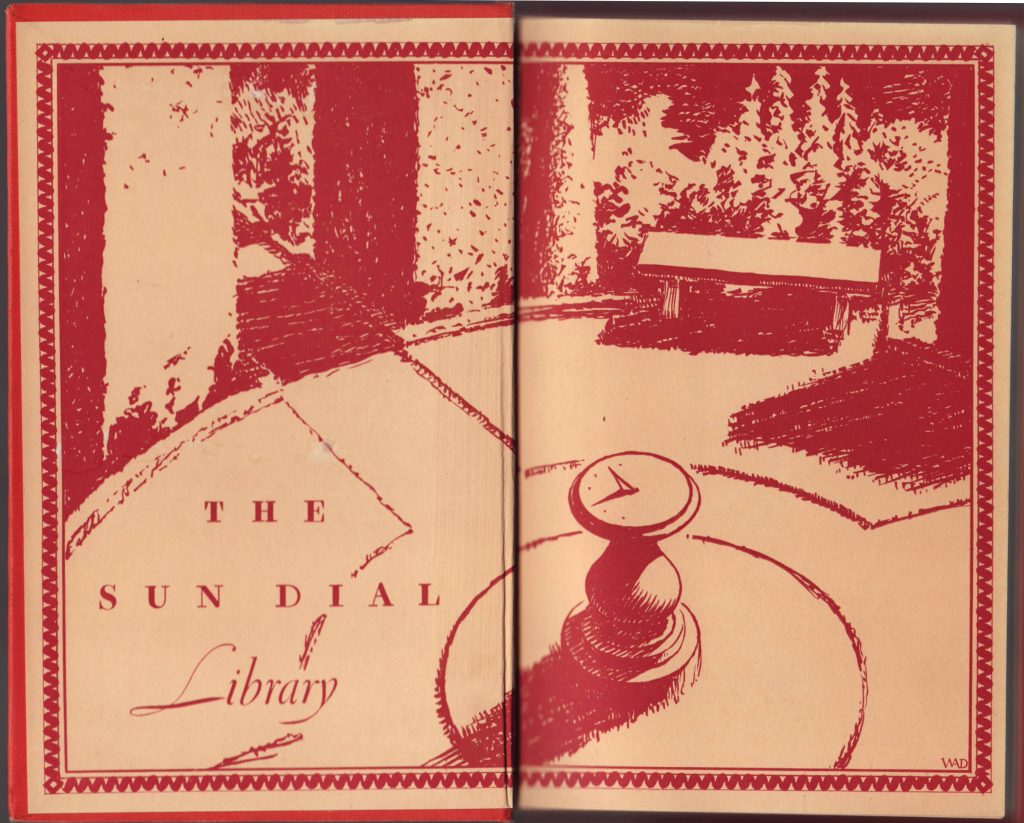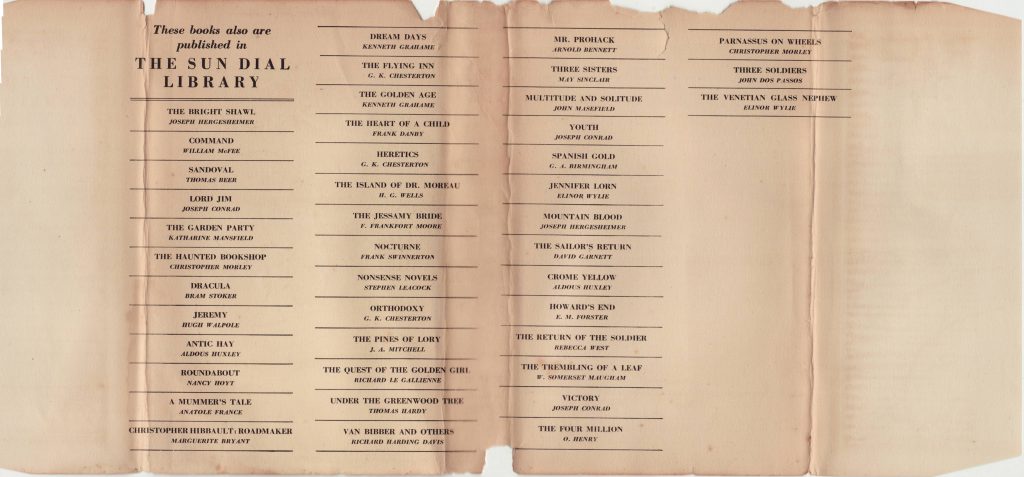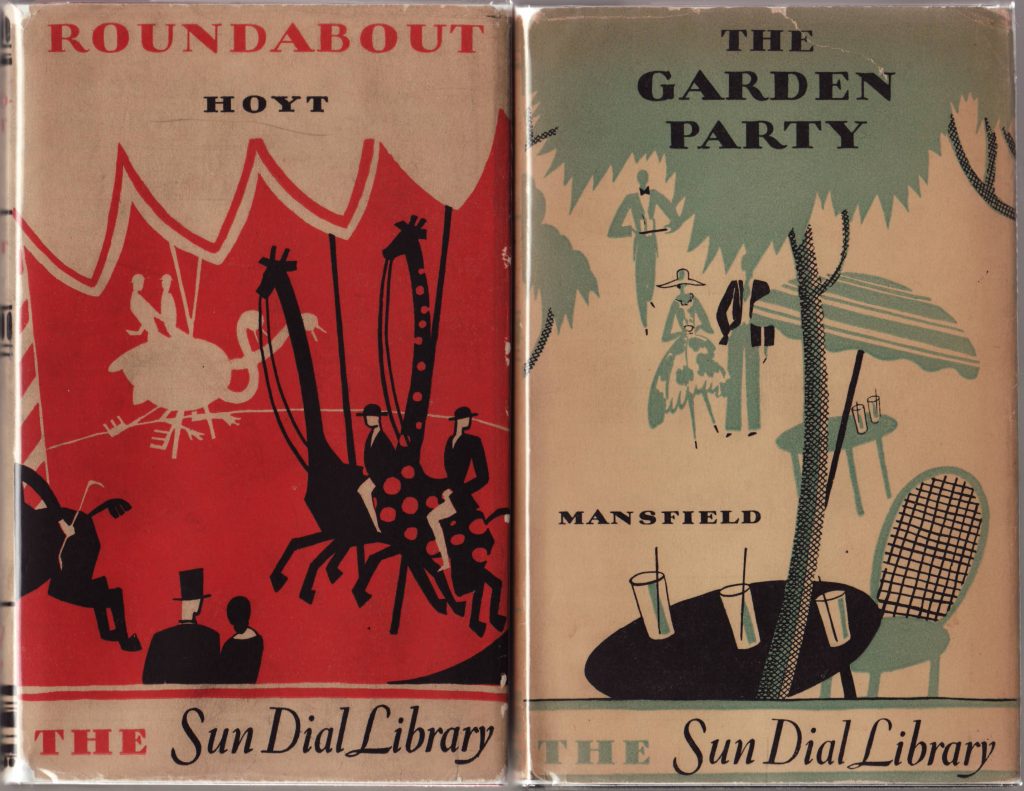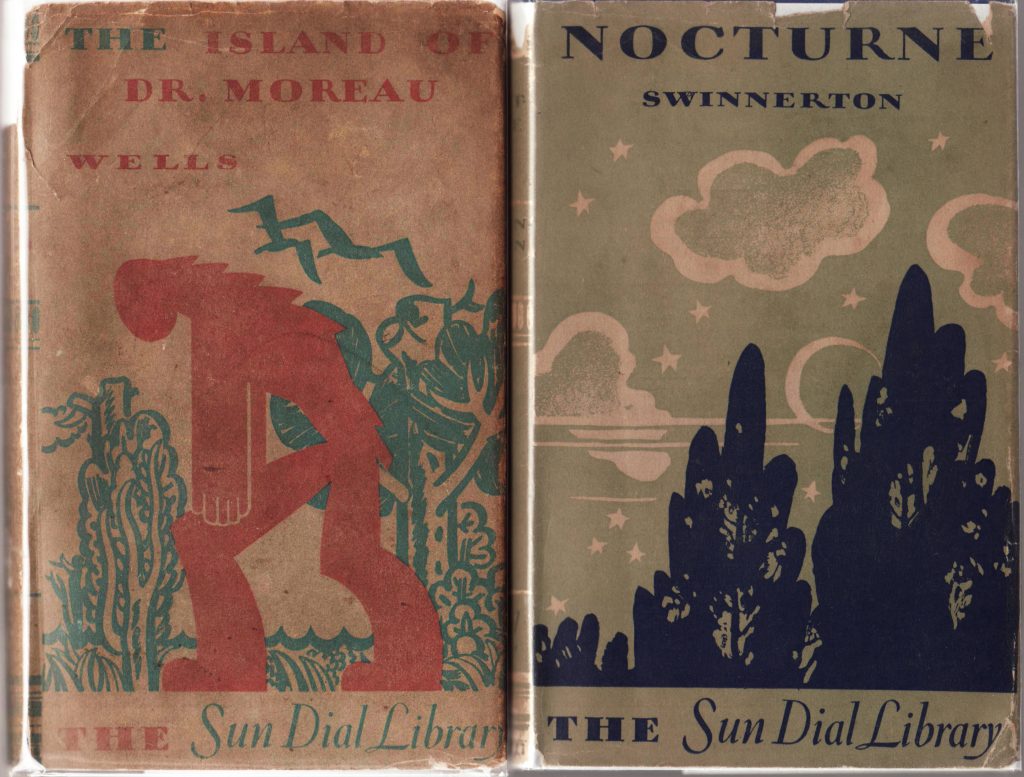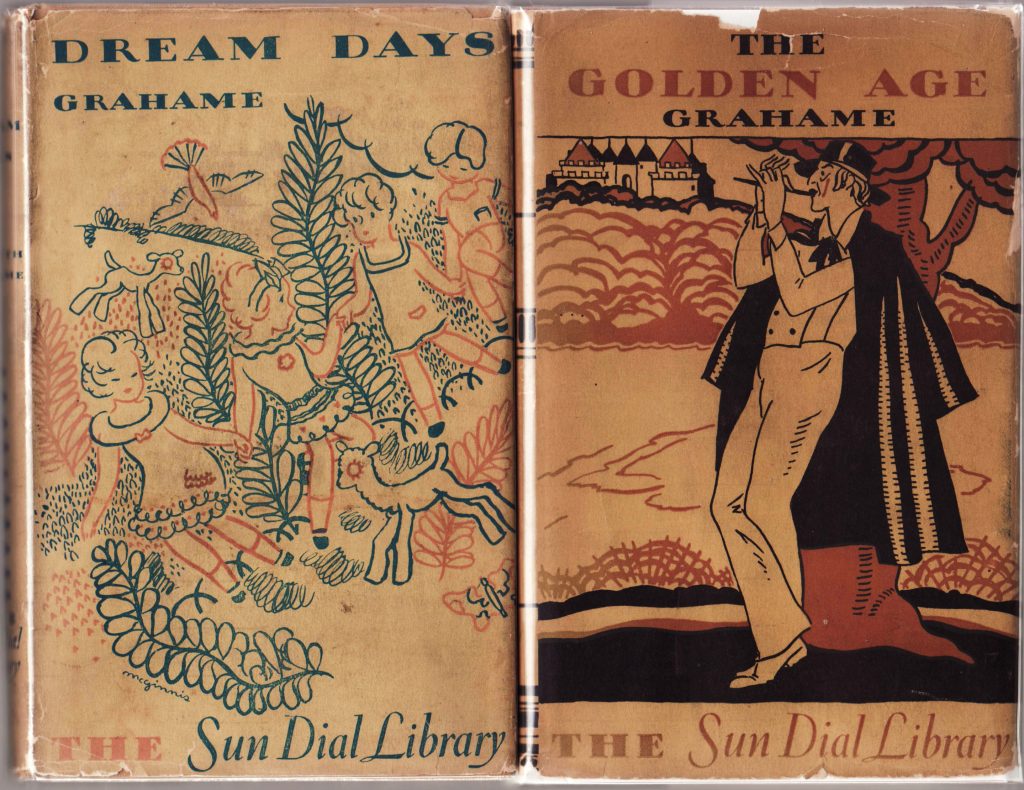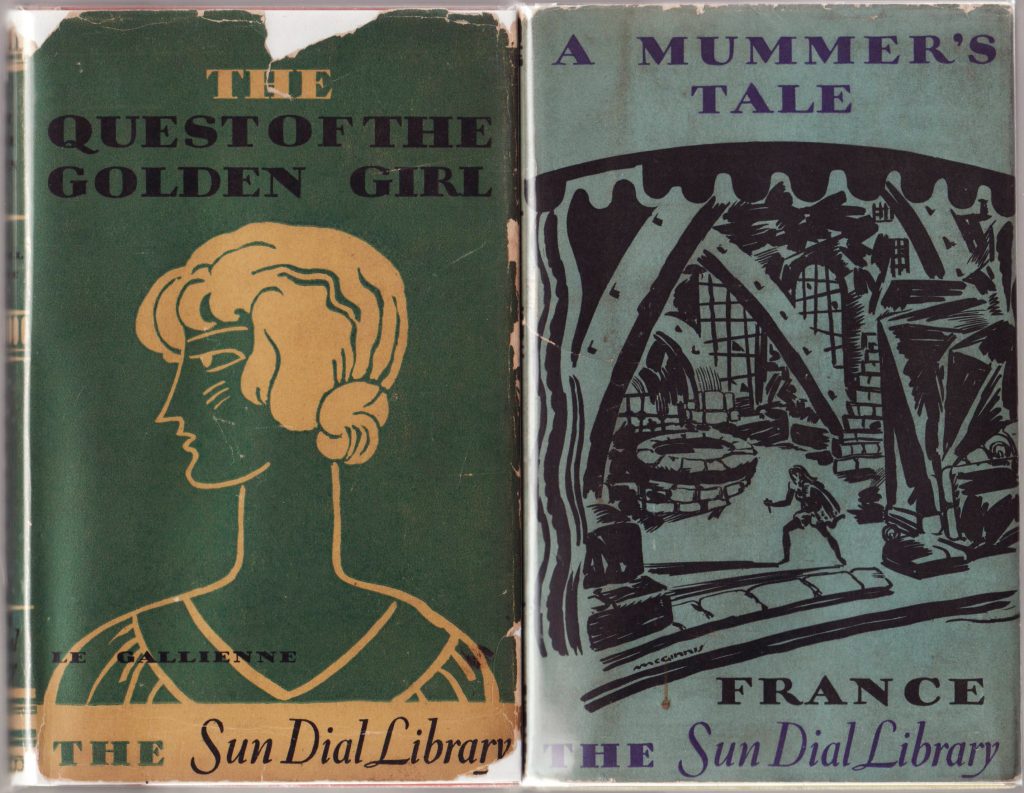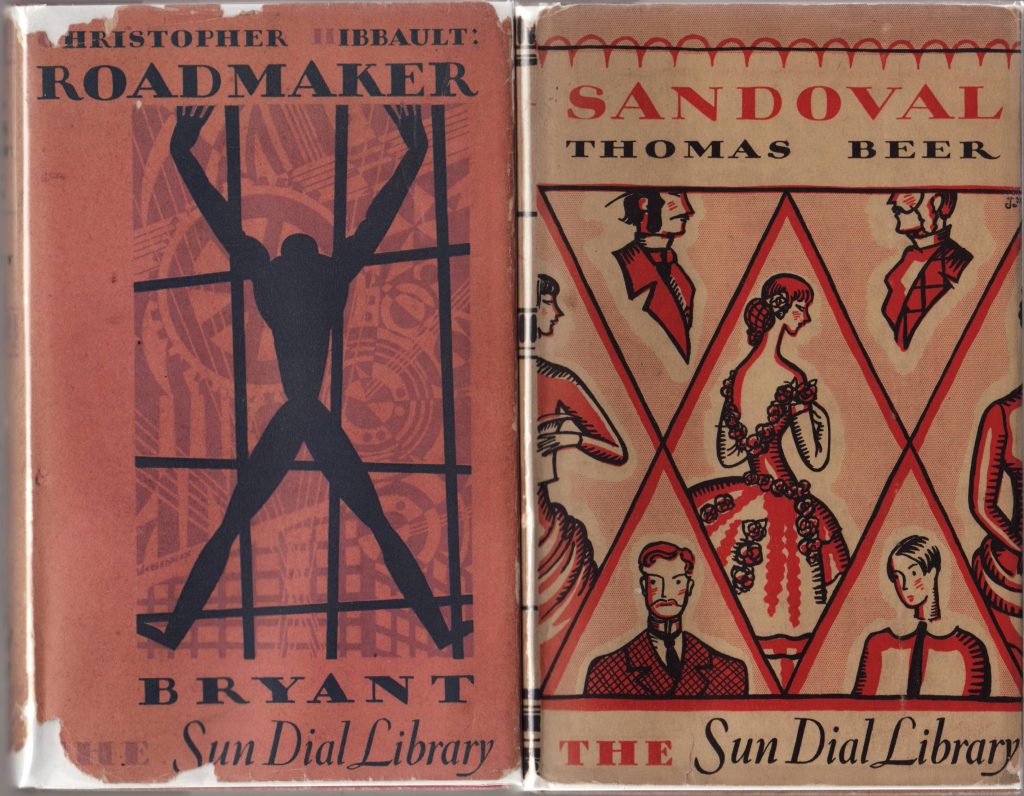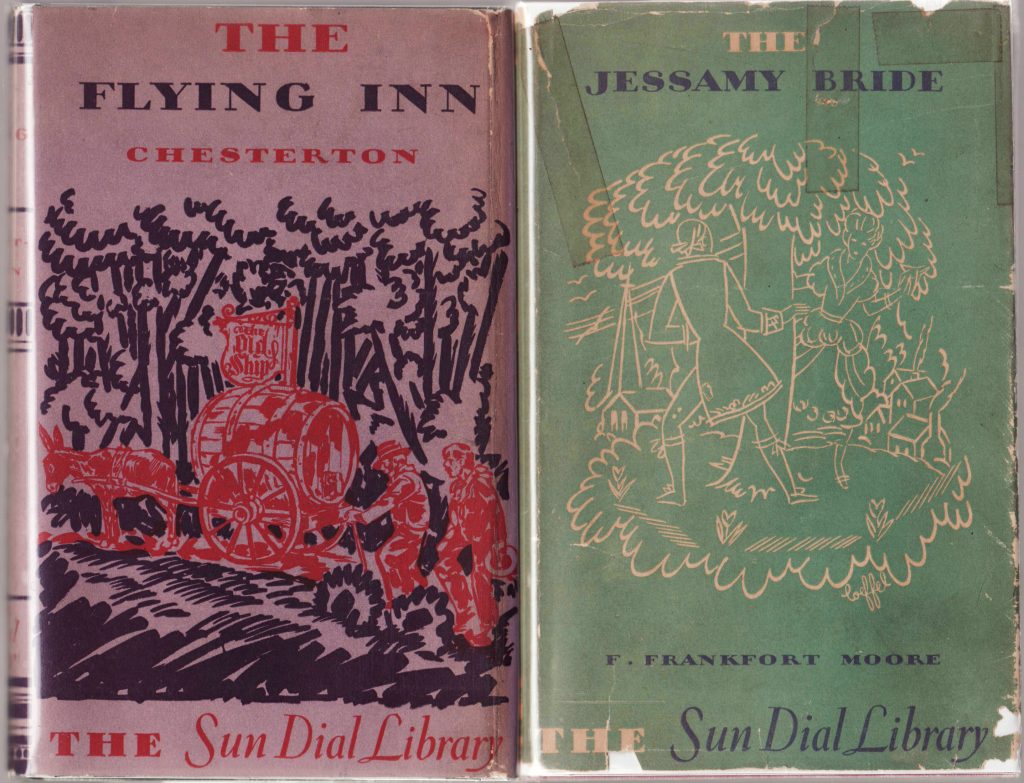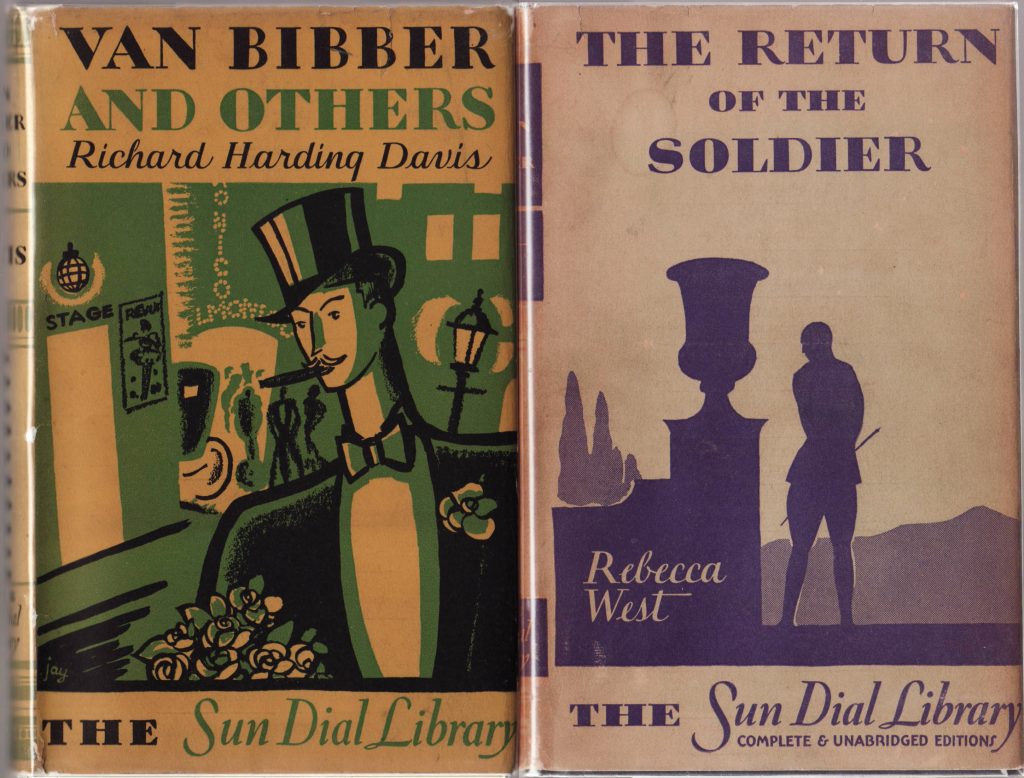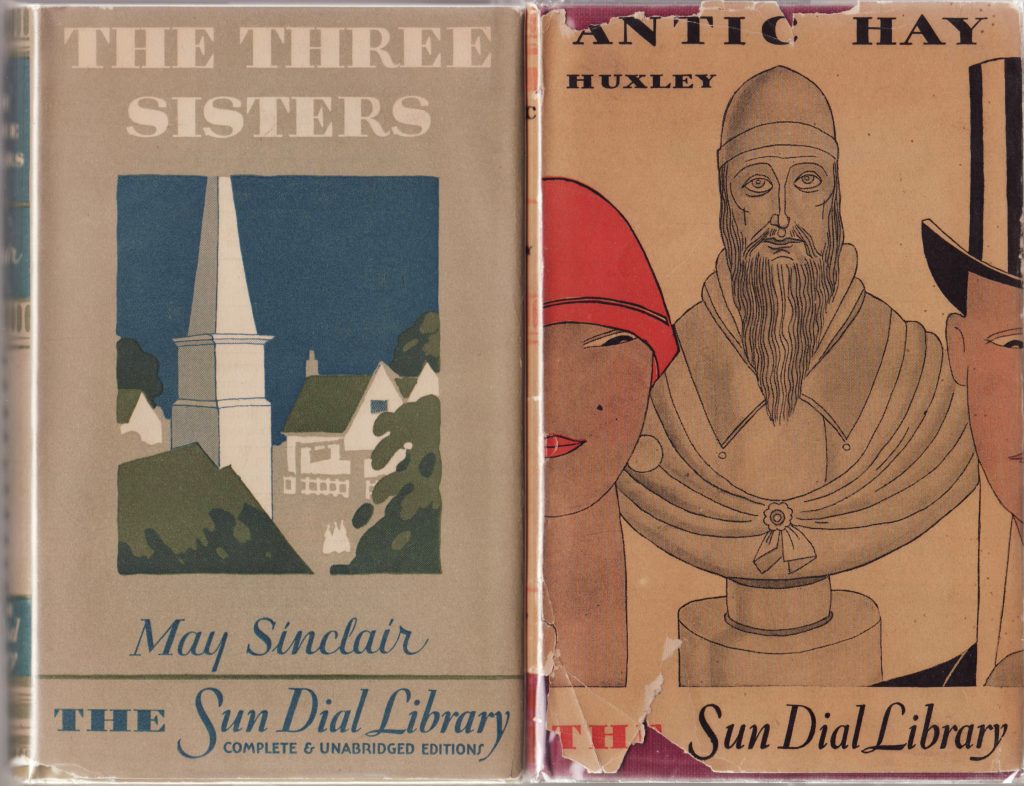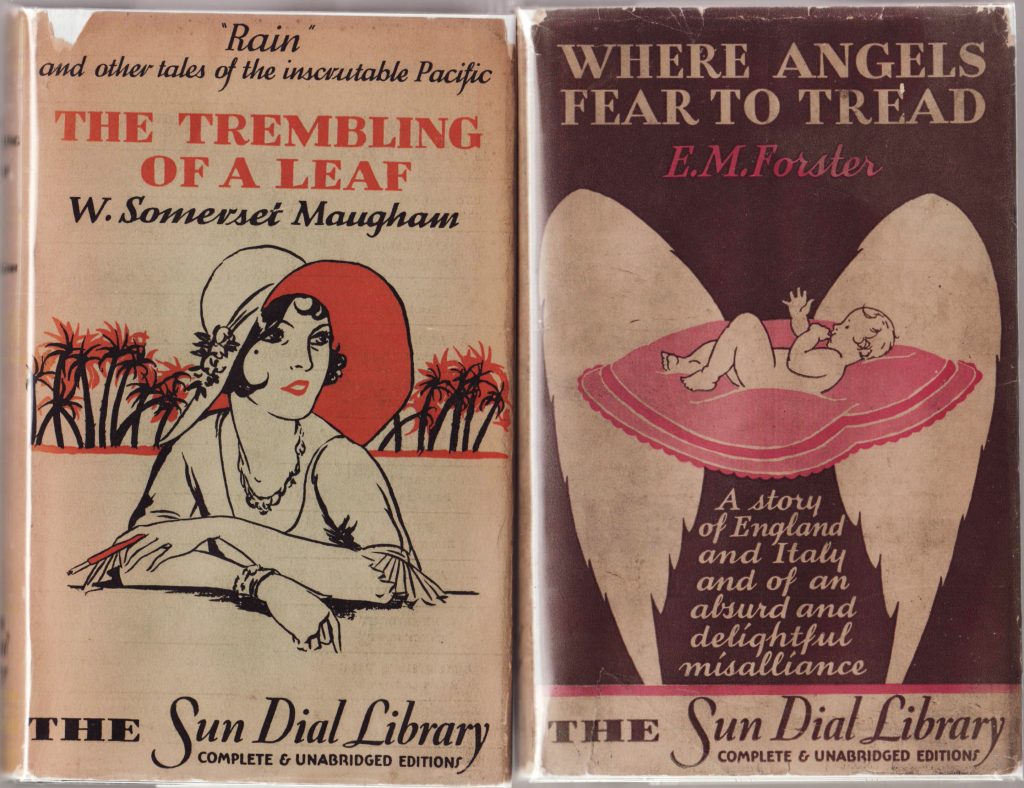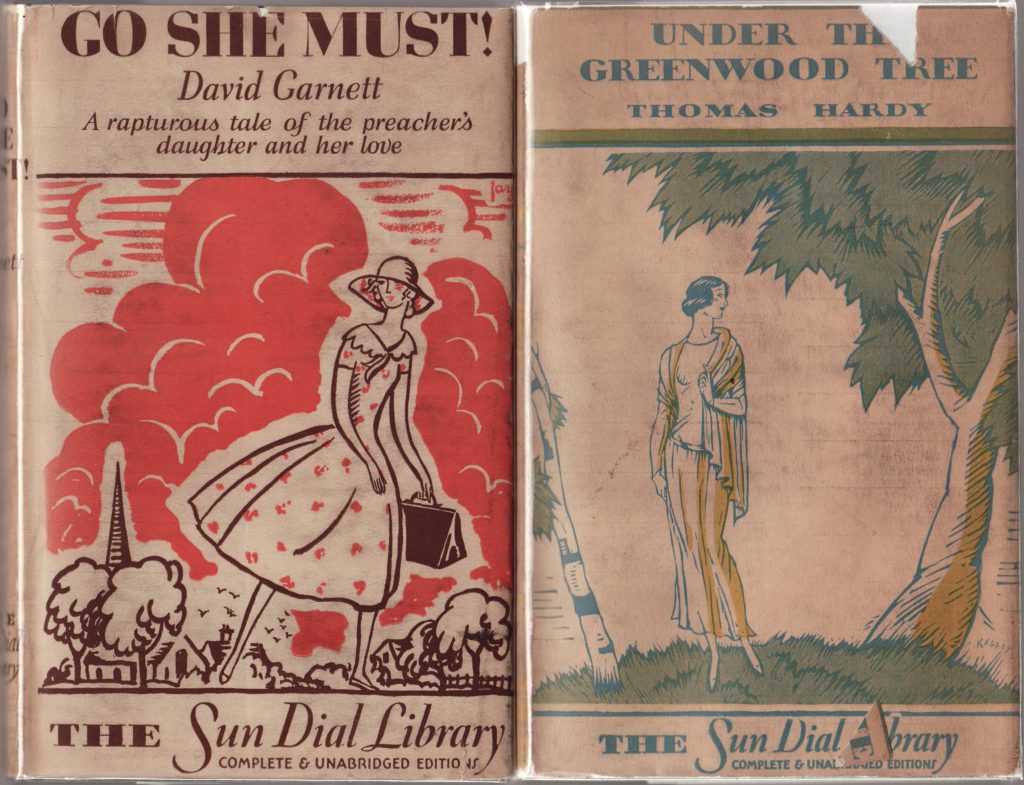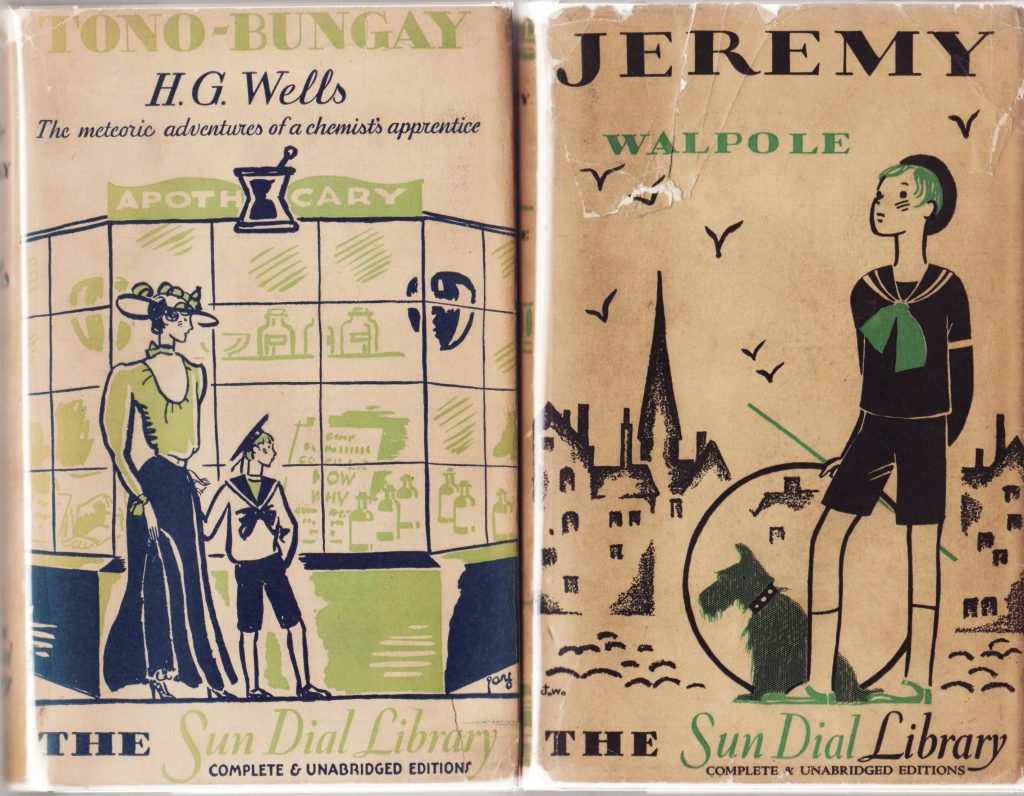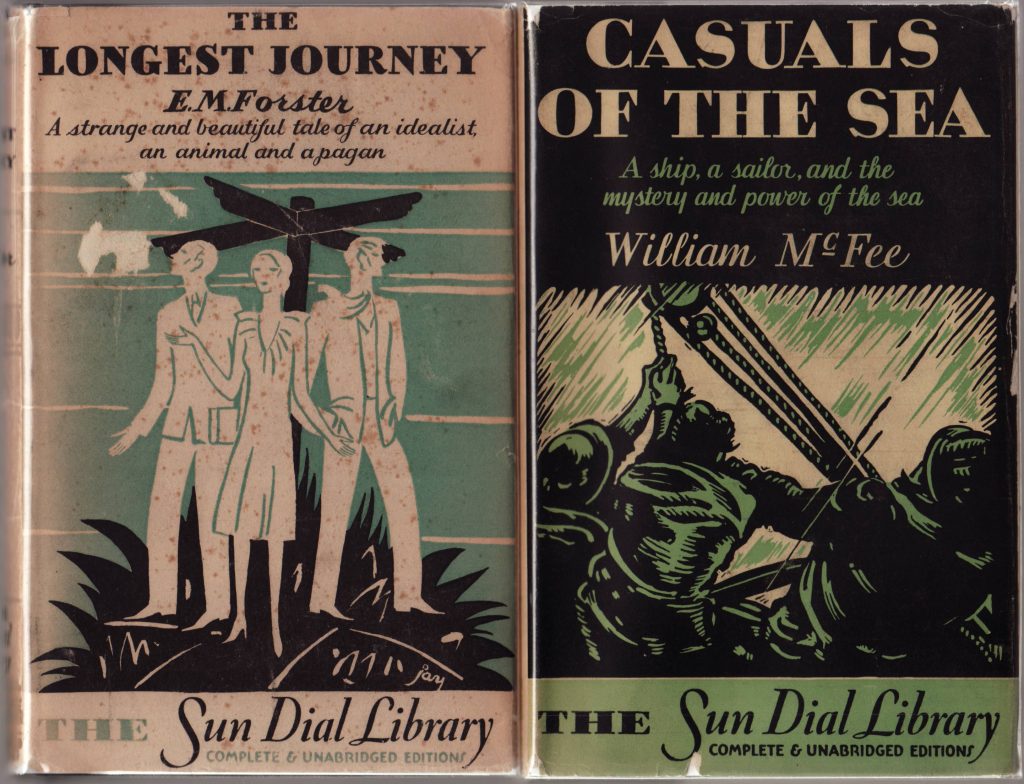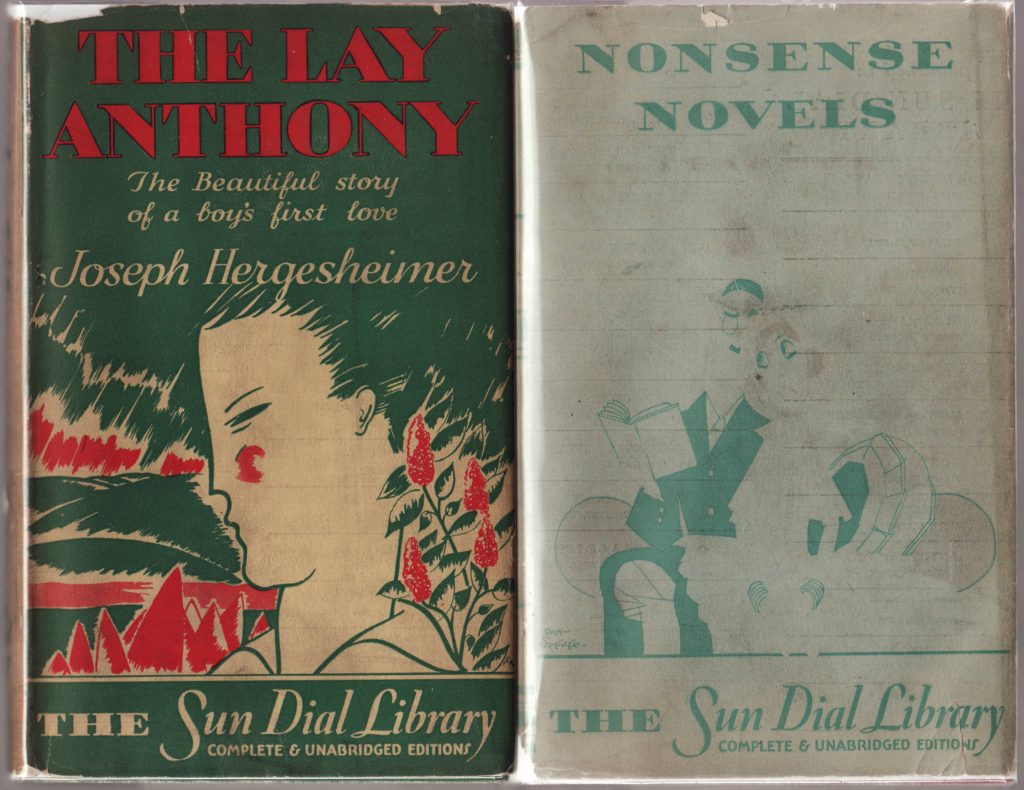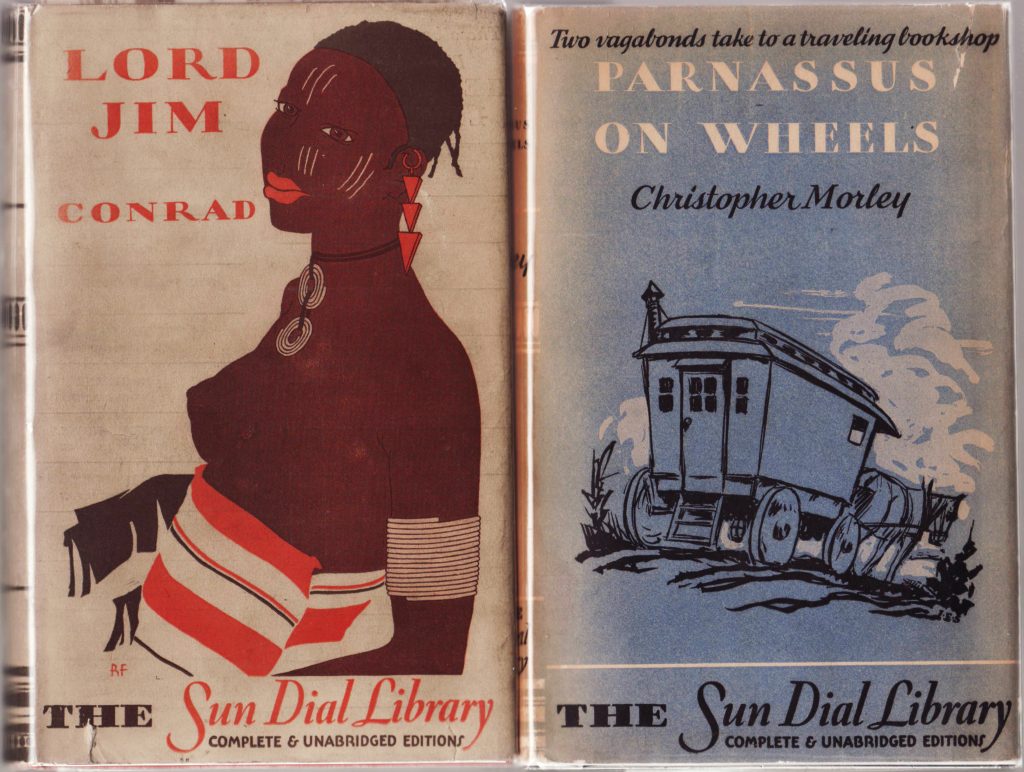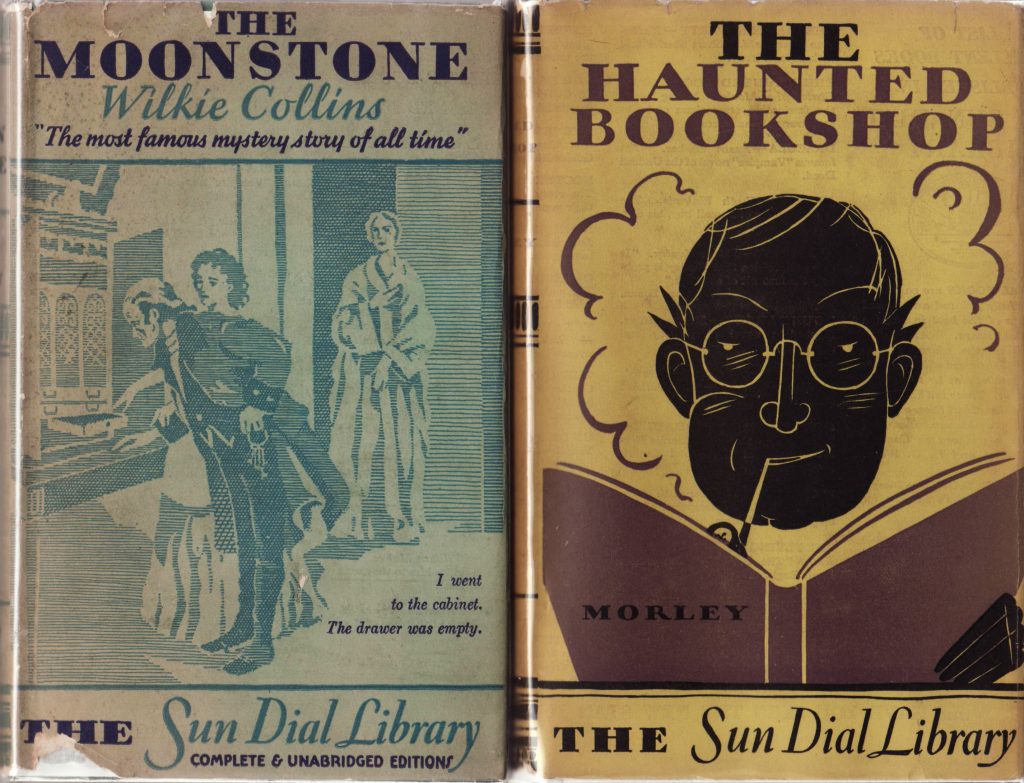Garden City Publishing Company (subsidiary of Doubleday) (Garden City, New York, US)
Series dates: 1929-1930
Size: 4.75″ x 7.25″
Updated 5/28/2023
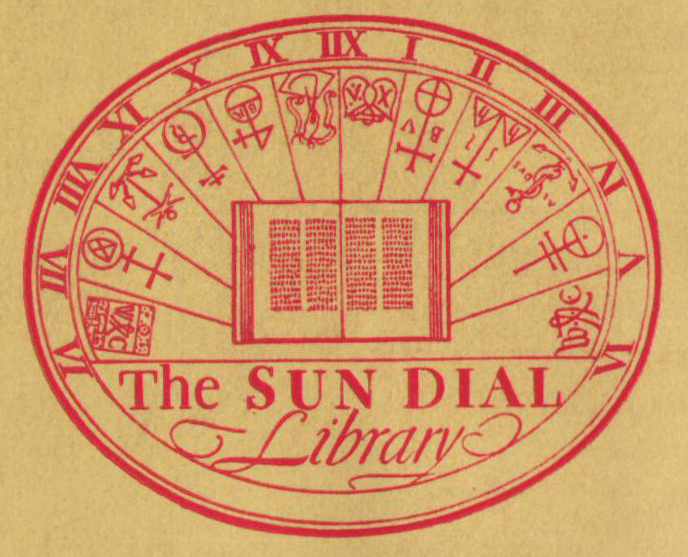 Garden City Publishing Company was a subsidiary of Doubleday started by Nelson Doubleday Jr. in 1923 to publish inexpensive reprint books, including the Star Books and Sun Dial Library. Star Books were in a larger format (8vo) and included mostly contemporary, largely forgettable fiction. Sun Dial Library was a more literary and classics series, meant to compete with the Modern Library and other popular reprint series. It’s unclear why “Sun Dial” rather than “Sundial” was chosen for the series name. The series is never referred to as “Sundial” by the publisher but often shows up spelled that way in secondary literature and in library databases. The series reached at least 52 titles before being sold to The Modern Library in 1930. For a list of titles in the series, see below.
Garden City Publishing Company was a subsidiary of Doubleday started by Nelson Doubleday Jr. in 1923 to publish inexpensive reprint books, including the Star Books and Sun Dial Library. Star Books were in a larger format (8vo) and included mostly contemporary, largely forgettable fiction. Sun Dial Library was a more literary and classics series, meant to compete with the Modern Library and other popular reprint series. It’s unclear why “Sun Dial” rather than “Sundial” was chosen for the series name. The series is never referred to as “Sundial” by the publisher but often shows up spelled that way in secondary literature and in library databases. The series reached at least 52 titles before being sold to The Modern Library in 1930. For a list of titles in the series, see below.
Doubleday (then Doubleday Doran) announced the series in 1928: “a collection of contemporary titles, the Sun Dial Library, which they plan to retail at a dollar the volume. Books to be uniform in size and binding, easy to read, nice to handle, attractive to look at….” (Publishers Weekly, 1928, Volume 114, Part 2, p. 1903).
W. A. Dwiggins designed the series. He was a critic of the state of American book design in An Investigation into the Physical Properties of Books (1919). This led to work with Knopf in the 1920s, including work on the Borzoi Pocket Books. He is largely credited with the resurgence of American book design in the 1920s.
The Sun Dial Library debuted in late 1928 or early 1929 with a catalog of 26 titles (below). With no dates in any of the Sun Dial Library books, I am guessing this was the first list of titles. Lists were printed on the back of the jackets for books in the series.
Catalog of Titles 1: 26 Titles: Fall 1928 (?)
There was almost no general design variation in Sun Dial Library titles in the short time (two years) the series was in print. Jackets have unique graphics for each title and are among some of the highest quality series jacket designs of the time. The designs on the jacket spines are reminiscent of design components of the Borzoi Pocket Books, which Dwiggins also designed. The series name is on the spine and bottom of the jacket front. The front flap includes quotes from reviews of each book or a summary of the title. Prices, which were $1, are not included on the jacket. Series jackets, with their bright colors, are apt to fade (in particular, the jacket spines).
The rear of the jacket includes a prospectus for the series – “The Vogue of the Small Book” which lauds the compactness of the series in terms of a broader cultural shift to the compact in homes, cars, etc. The quality of the typography is stressed. While the titles are not numbered or dated, the jacket below indicates that this title, Hergesheimer’s The Bright Shawl, was the first title issued in the series. The book most likely dates from early 1929. The rear jacket flap advertises the publisher’s Star Books of popular fiction.
Only one jacket (on a copy of Forster’s Where Angels Fear to Tread) has a variant back jacket, missing the color title (“The Vogue of the Small Book”) and the color series logo. This is likely a printing error.
Bindings are smooth cloth with attractive decoration. The series name is included on the book spine. Colors vary and seem to be randomly applied to books: red (as below), peach, black, purple, yellow, green, tan, orange, and blue. A series of covers (and endpapers) are included at the end of this entry, to display the book and endpaper color combinations.
Series endpapers consist of a sketch of a sundial and are coordinated with particular book cover designs (see the end of this entry).
Title pages include a series logo.
Of the nearly 50 copies of the Sun Dial Library I have, none include actual printing dates. Copyright dates for the book itself are sometimes included (but are not indicative of the printing date).
None of the copies in my possession have a series catalog in the back. Only one (a copy of Chesterton’s The Flying Inn) fails to include the catalog on the reverse side of the dust jacket (which is probably a printing error).
I have identified five variations on the back of the dust jacket catalogs. Given that other series (such as the Modern Library) issued fall and spring catalogs, it is possible that the five catalogs below correspond to the fall and spring from the fall of 1928 through the sale and discontinuation of the series in the spring of 1930. But this is only conjecture. In addition, one could assess the content of these lists and probably get a reasonable idea about which titles were issued when, and if there were reprints of any titles.
Catalog of Titles 1: 26 Titles: Fall 1928 (?) (18 of 43 copies) (From a copy of Forster’s Where Angels Fear to Tread):
Catalog of Titles 2: 37 Titles: Spring 1929 (?) (10 of 43 copies) (From a copy of Garnett’s The Sailor’s Return):
Catalog of Titles 3: 43 Titles: Fall 1929 (?) (2 of 43 copies) (From a copy of Maugham’s The Trembling of a Leaf):
Catalog of Titles 4: 48 Titles: Spring 1930 (?) (9 of 43 copies) (From a copy of Garnett’s Go She Must):
Catalog of Titles 5: 52 Titles: Fall 1930 (?) (2 of 43 copies) (From a copy of Morley’s The Haunted Bookshop). This list is also annotated with brief descriptions of each book:
The Sun Dial Library and its 52 titles were sold to the Modern Library as announced in the April 4, 1930, issue of The Retail Bookseller (vol. 33). The same article claims that the Sun Dial Library is the Modern Library’s “most serious competitor.”
“The purchase of the Sun Dial Library,” said Mr. Bennett Cerf, President of the Modern Library, will enable us to carry out a plan we have long been working on; the complete rounding out of our Modern Library list.” (The American News Trade Journal, Volumes 12-13, 1930).
“For the time being, the Sun Dial Library will be maintained by its new owners, but after its best titles have been transferred to the Modern Library list, it will probably be discontinued.” (Publishers Weekly, 1930, Volume 117, Part 2, Page 1901)
“Sun Dial Library. $1. This series has been discontinued, and is now incorporated in The Modern library.” (The Booklist and Subscription Books Bulletin, 1931, vol. 27, p. 536)
In particular, Cerf was pining after adding Conrad titles to the Modern Library. When all was said and done, only 11 of the 52 Sun Dial Library titles were added to the Modern Library; of the 11 at least two (Dracula and Parnassus on Wheels) reused the Sun Dial Library jacket artwork:
Added to the Modern Library in 1931:
Conrad, Lord Jim
Mansfield, The Garden Party
McFee, Casuals of the Sea
Morley, Parnassus on Wheels (jacket art reused for Modern Library edition)
Wells, Tono-Bungay
Added to the Modern Library in 1932:
Conrad, Victory
Dos Passos, Three Soldiers
Stoker, Dracula (jacket art reused for Modern Library edition)
Added to the Modern Library in 1933:
Huxley, Antic Hay
Added to the Modern Library in 1935:
Maugham: The Moon and Sixpence
Added to the Modern Library in 1937
Collins: Moonstone
Dust jackets from the Sun Dial Library
Organized by catalog (earlier books/jackets/catalogs are earlier in the selection of jackets below).
Below: Hoyt, Roundabout & Mansfield The Garden Party:
Below: Wells, The Island of Dr. Moreau & Swinnerton, Nocturne:
Below: Mitchell, The Pines of Lory & McFee, Command:
Below: Grahame, Dream Days and The Golden Age:
Below: Le Gallienne, The Quest of the Golden Girl & France, A Mummer’s Tale:
Bryant, Christopher Hibbault, Roadmaker & Beer, Sandoval:
Below: Chesterton, The Flying Inn & Moore, The Jessamy Bride:
Below: Garnett, The Sailor’s Return & Bennett, Mr. Prohack. Notice that “Complete and Unabridged Editions” shows up at the bottom of most jackets from this point onward:
Below: Davis, Van Bibber and Others & West, The Return of the Soldier:
Below: Huxley, Crome Yellow & Masefield, Multitude and Solitude:
Below: Sinclair, The Three Sisters & Huxley, Antic Hay
Below: Maugham, The Trembling of a Leaf & Forster, Where Angels Fear to Tread:
Below: Garnett, Go She Must! & Hardy, Under the Greenwood Tree:
Below: Wells, Tono-Bungay & Walpole, Jeremy:
Below: Forster, The Longest Journey & McFee, Casuals of the Sea:
Below: Hergesheimer, The Lay Anthony & Leacock, Nonsense Novels:
Below: Conrad, Lord Jim & Morley, Parnassus on Wheels:
Below: Collins, The Moonstone & Morley, The Haunted Bookshop:
Below: Hergesheimer’s Mountain Blood and Wylie’s The Venetian Glass Nephew.
Jennifer Lorn by Elinor Wylie
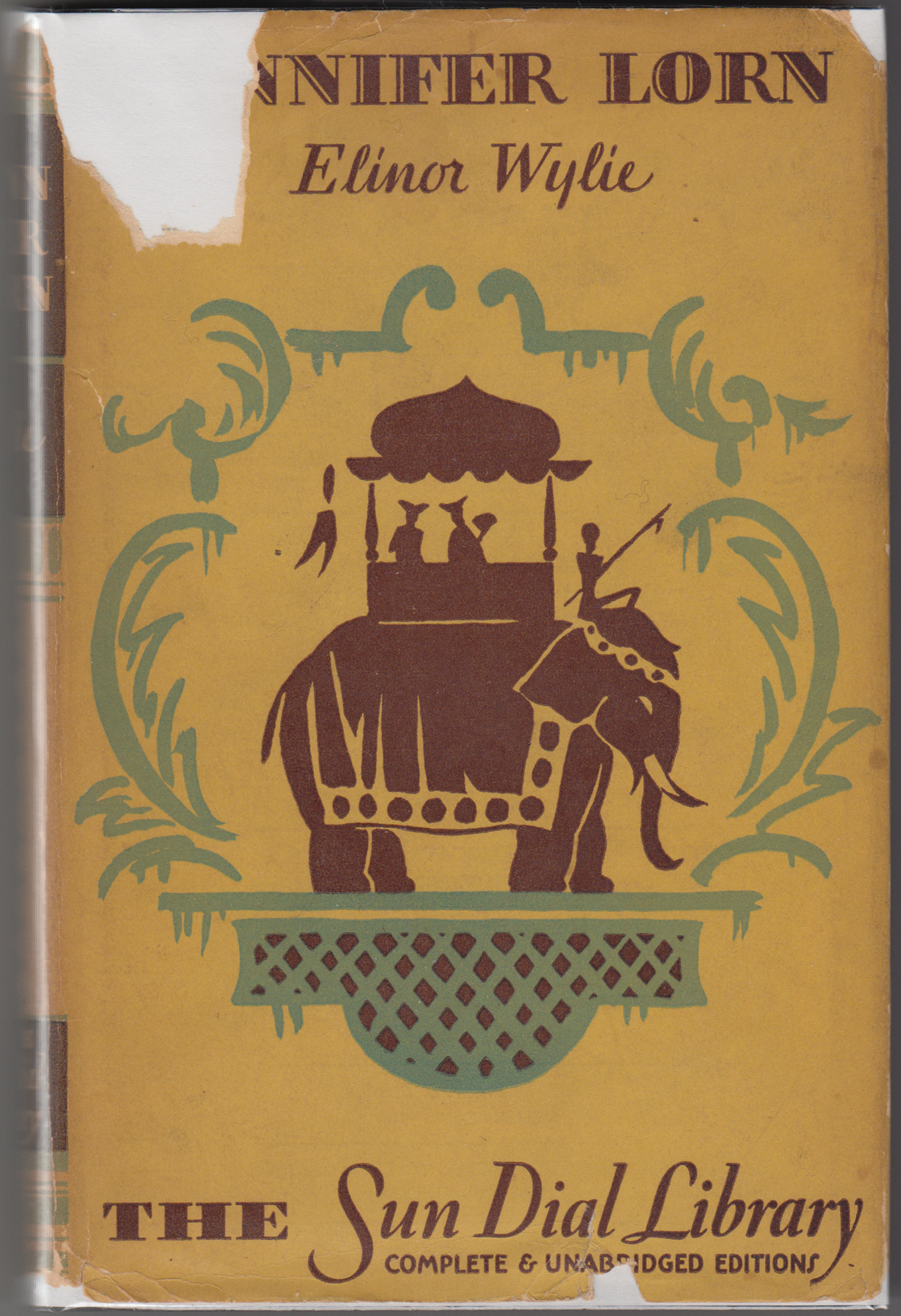
A probably mostly 100% complete list of titles in the Sun Dial Library series with brief blurbs (taken from the rear of one of the series dust jackets):
THE BRIGHT SHAWL – Joseph Hergesheimer. Cuba’s struggle for freedom.
COMMAND – William McFee. His first command brings him to the exotic life of the Near East.
SANDOVAL – Thomas Beer. A novel of New York at the time of Boss Tweed.
LORD JIM – Joseph Conrad. A coward for one dreadful moment results in devastating effects on a unique character.
THE GARDEN PARTY – Katherine Mansfield. Short stories told with delicate irony.
THE HAUNTED BOOKSHOP – Christopher Morley. Young love in the fascinating atmosphere of books and strange occurrences.
DRACULA – Bram Stoker. The famous “Vampire” novel of the Undead Dead.
JEREMY – Hugh Walpole. The misadventures of a small boy, his dog, and his family.
ANTIC HAY – Aldous Huxley. “It is our impression that Huxley is probably the first wit of our time.” -Heywood Broun.
ROUNDABOUT – Nancy Hoyt. A modern novel of gaiety and sophistication.
A MUMMER’S TALE – Anatole France. The story of a young Parisian actress.
CHRISTOPHER HIBBAULT – ROADMAKER – Marguerite Bryant. The son of a proud English family of rebels.
DREAM DAYS – Kenneth Grahame. A classic, composed of the magic stuff of dreams.
THE FLYING INN – G.K. Chesterton. “The Old Ship” Inn cruises about England.
THE GOLDEN AGE – Kenneth Grahame. An idyll of childhood by the author of Dream Days.
THE HEART OF A CHILD – Frank Danby. The rise of Sally Snape to social prominence.
HERETICS – G.K. Chesterton. A great philosopher discusses man and the universe.
THE ISLAND OF DR. MOREAU – H. G. Wells. A tale of horror on a remote island.
THE JESSAMY BRIDE – F. Frankfort Moore. The romance of Oliver Goldsmith and Mary Horneck.
NOCTURNE – Frank Swinnerton. The story of two London girls and their young men.
NONSENSE NOVELS – Stephen Leacock. His most famous literary burlesques.
ORTHODOXY – G.K. Chesterton. The author gives his own attitude toward life.
THE PINES OF LORY – J.A. Mitchell. A man and a girl shipwrecked on an uninhabited coast.
THE QUEST OF THE GOLDEN GIRL – Richard LeGallienne. A bachelor in search of the girl of his dreams.
UNDER THE GREENWOOD TREE – Thomas Hardy. The honest primitive folk of Wessex.
VAN BIEBER AND OTHERS – Richard Harding Davis. Mellow and urbane short stories of the gay 90’s
MR. PROHACK – Arnold Bennett. Poverty, then sudden wealth almost overwhelmed him.
THREE SISTERS – May Sinclair. A clergyman’s three daughters and one eligible young man.
MULTITUDE AND SOLITUDE. John Masefield. A promising young playwright goes to Africa with enlightened vision.
YOUTH – Joseph Conrad. His first command – in the Java Sea over a shipwrecked crew in an open boat.
SPANISH GOLD – G.A. Birmingham. Buried treasure off Ireland’s coast.
JENNIFER LORN – Elinor Wylie. Gerald Poynsard takes his bride from London to Paris and the India of the East India Company.
MOUNTAIN BLOOD – Joseph Hergesheimer. A realistic novel of life in the Virginia mountains, in a setting of great beauty.
THE SAILOR’S RETURN – David Garnett. William Targett brings his negro princess back from Dahomey to Dorchester.
CROME YELLOW – Aldous Huxley. A mordant satire on English country life.
HOWARD’S END – E.M. Forster. Marriage based on supposed idealism.
THE RETURN OF THE SOLDIER – Rebecca West. Forgetting the past twelve unhappy years he reverts to an early love.
THE TREMBLING OF A LEAF – Somerset Maugham. Tense stories of white men in the South Pacific Islands, including Rain and others.
VICTORY – Joseph Conrad. Conrad’s great romance of the South Seas.
THE FOUR MILLION – O. Henry. Twenty-five tales of “Bagdad-on-the-Subway.”
PARNASSUS ON WHEELS – Christopher Morley. Two adventurers take to a traveling bookshop.
THREE SOLDIERS – John Dos Passos. An outspoken novel of army life by a man who saw active service.
THE VENETIAN GLASS NEPHEW – Elinor Wylie. An eighteenth-century harlequinade of life in an ancient heart-shaped city.
THE LAY ANTHONY – Joseph Hergesheirner. Exquisite romance of a young boy’s chastity and first love.
LADY INTO FOX – A MAN IN THE ZOO – David Garnett. Two short novels in one volume. Satires but not bitterly satiric, rather fantasies.
THE MOON AND SIXPENCE – Somerset Maugham. What the East did to a white man with the temperament of an Englishman and a genius.
WHERE ANGELS FEAR TO TREAD – E.M Forster. A story of England and Italy and of an absurd and delightful misalliance.
CASUALS OF THE SEA – William McFee. A ship, a sailor, and the mystery and power of the sea.
JARNEGAN – Jim Tully. A Hollywood novel.
GO SHE MUST – David Garnett. A rapturous tale of the preacher’s daughter and her love.
TONO-BUNGAY – H.G. Wells. The meteoric adventures of a chemist’s apprentice.
THE LONGEST JOURNEY – E.M. Forster. The strange and beautiful tale of an idealist, an animal and a pagan.
Below find scans of the front cover (and spine) followed by the endpapers for each of the Sun Dial Library books in my collection. These images were added at the request of Paul Shaw. The scans illustrate the binding and endpaper color combinations.
In a few cases, I have two copies of a particular title and have included both below. Books are organized alphabetically by author’s last name.
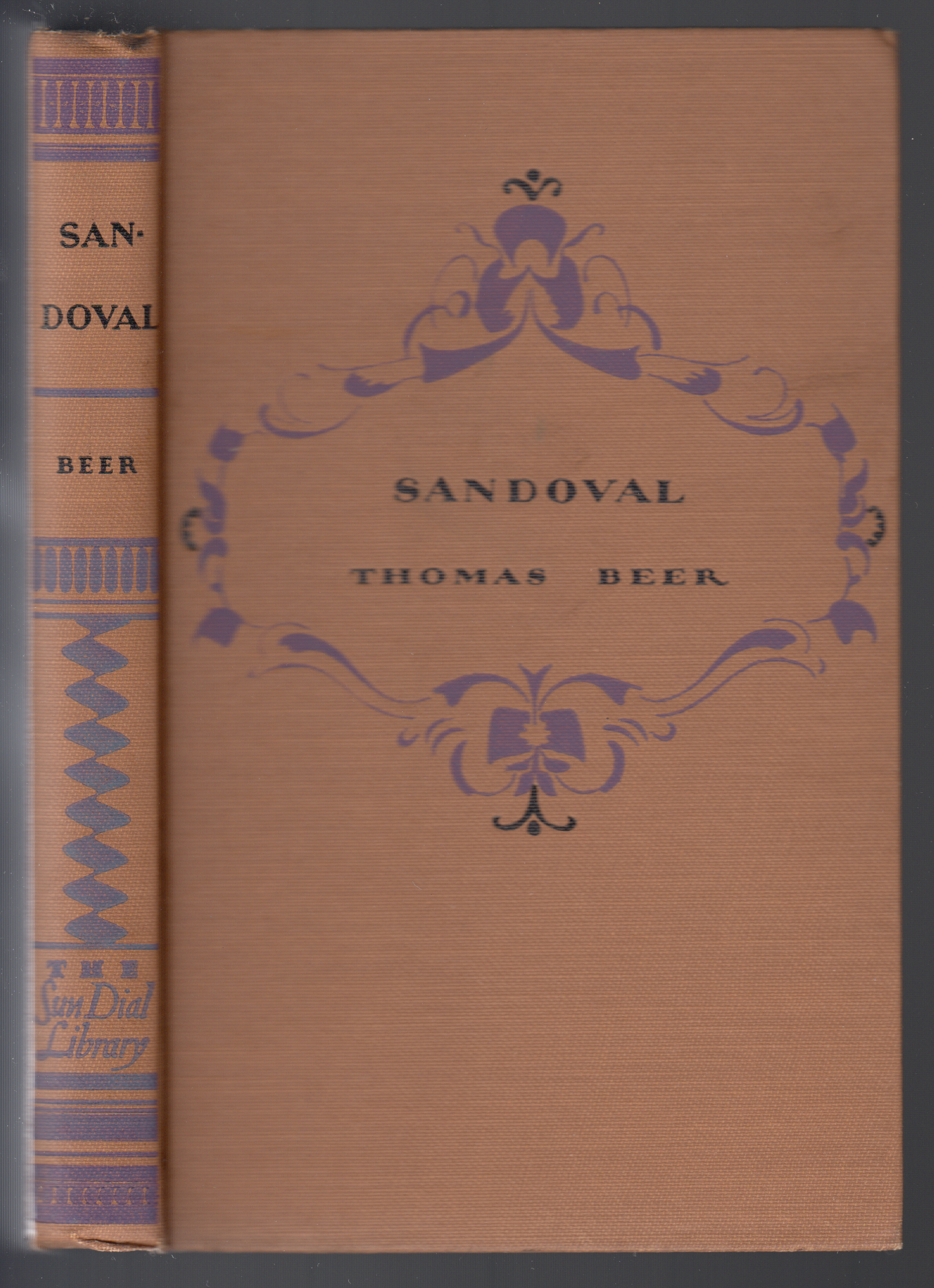 |
 |
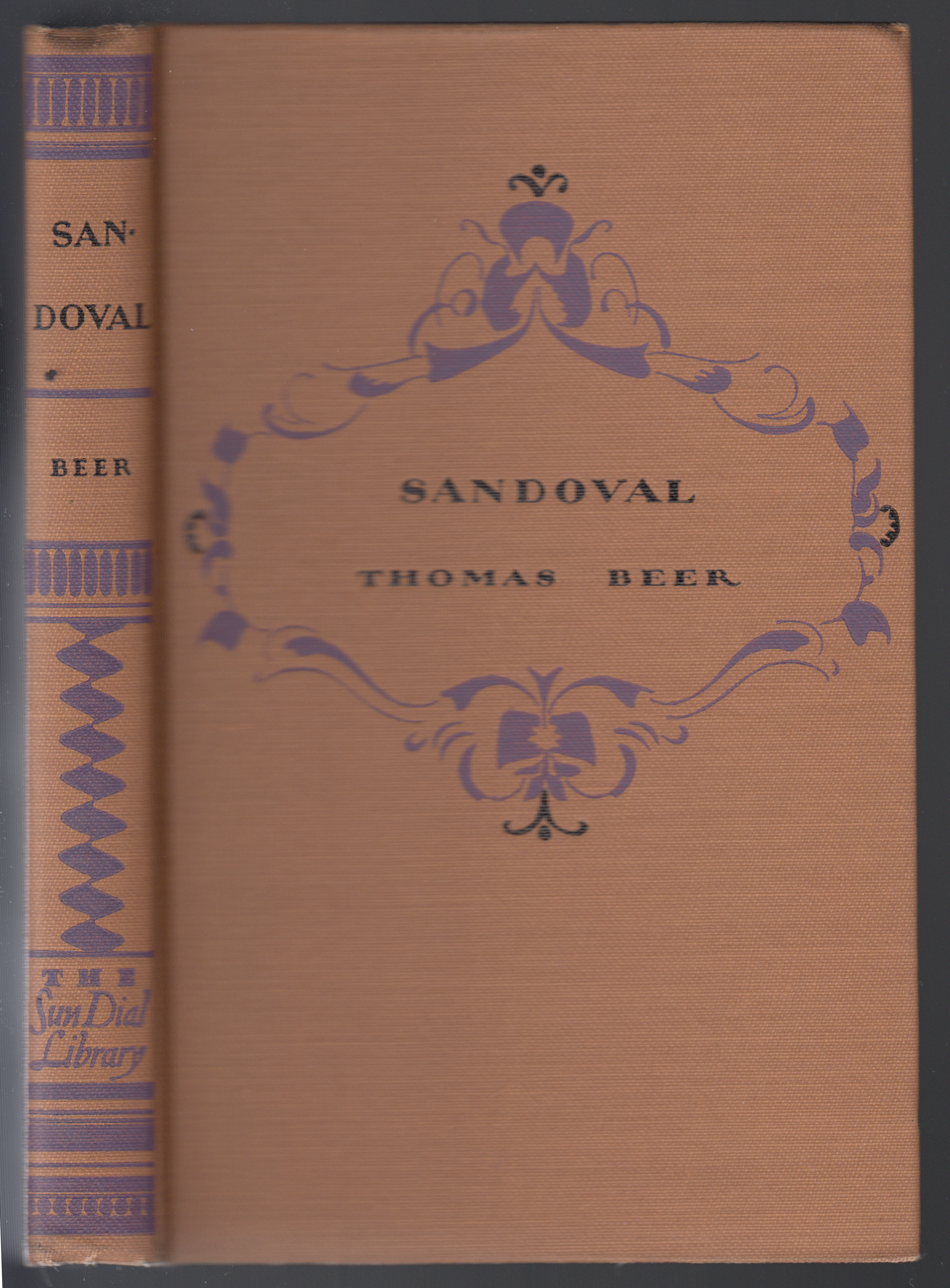 |
 |
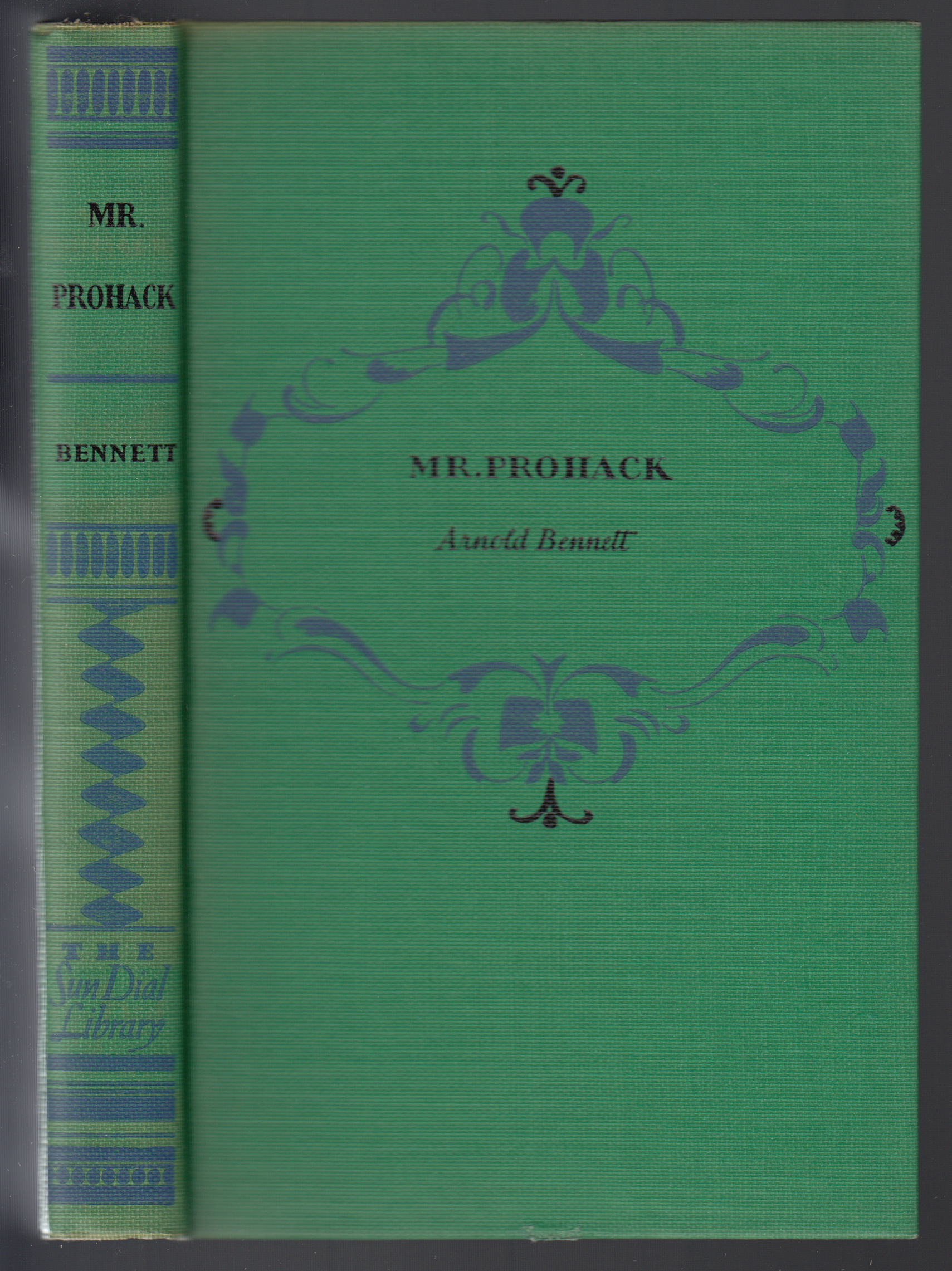 |
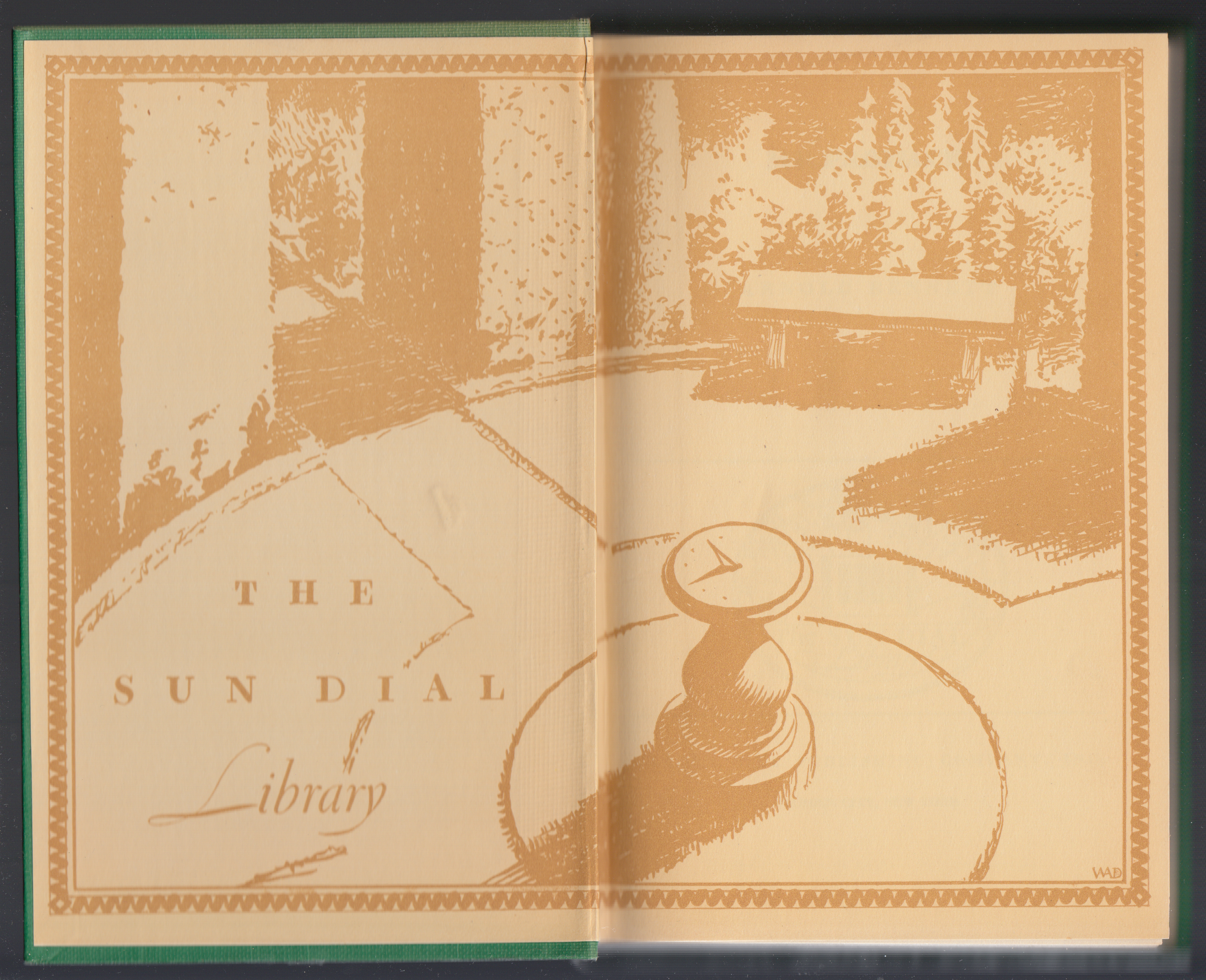 |
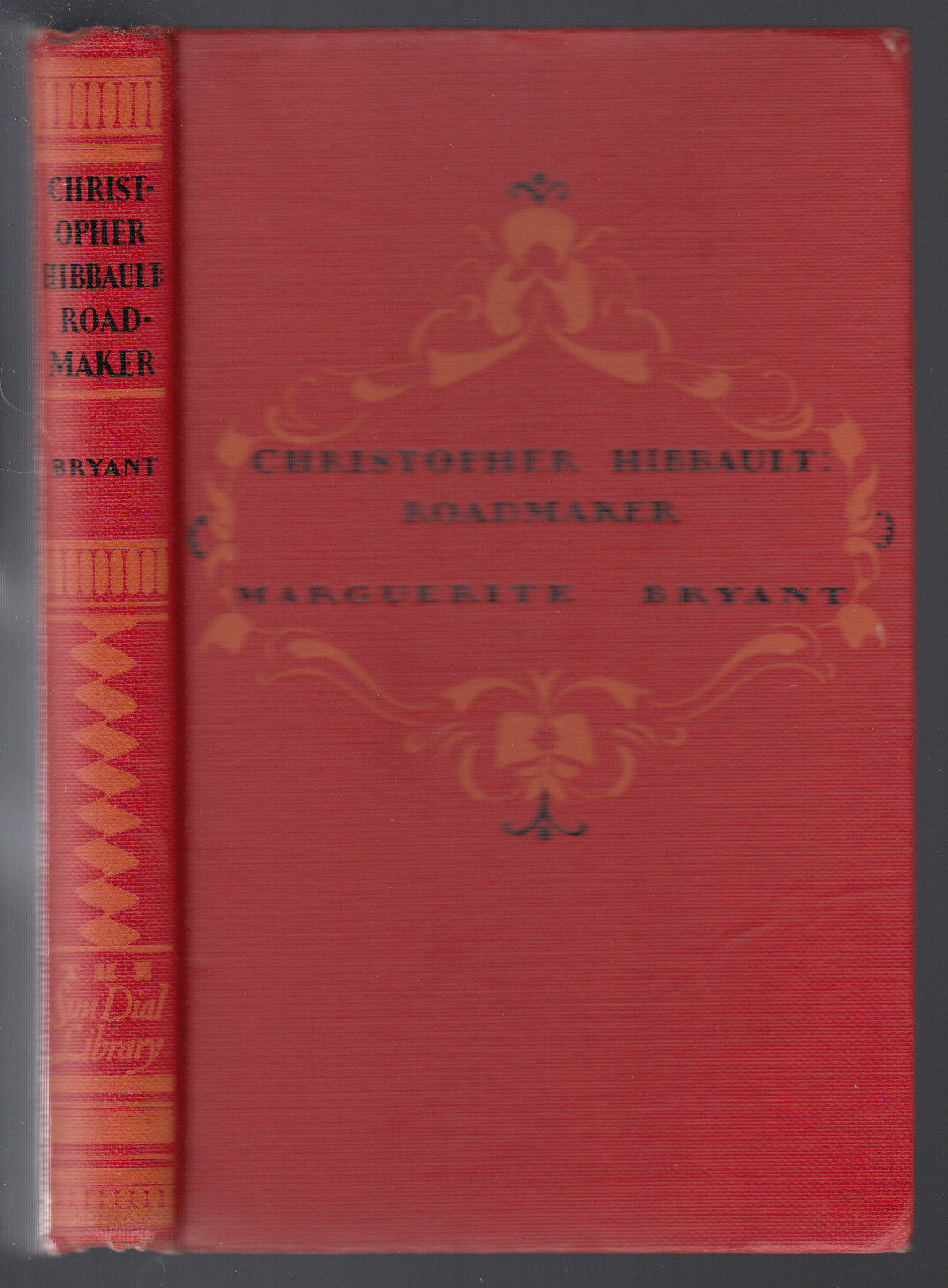 |
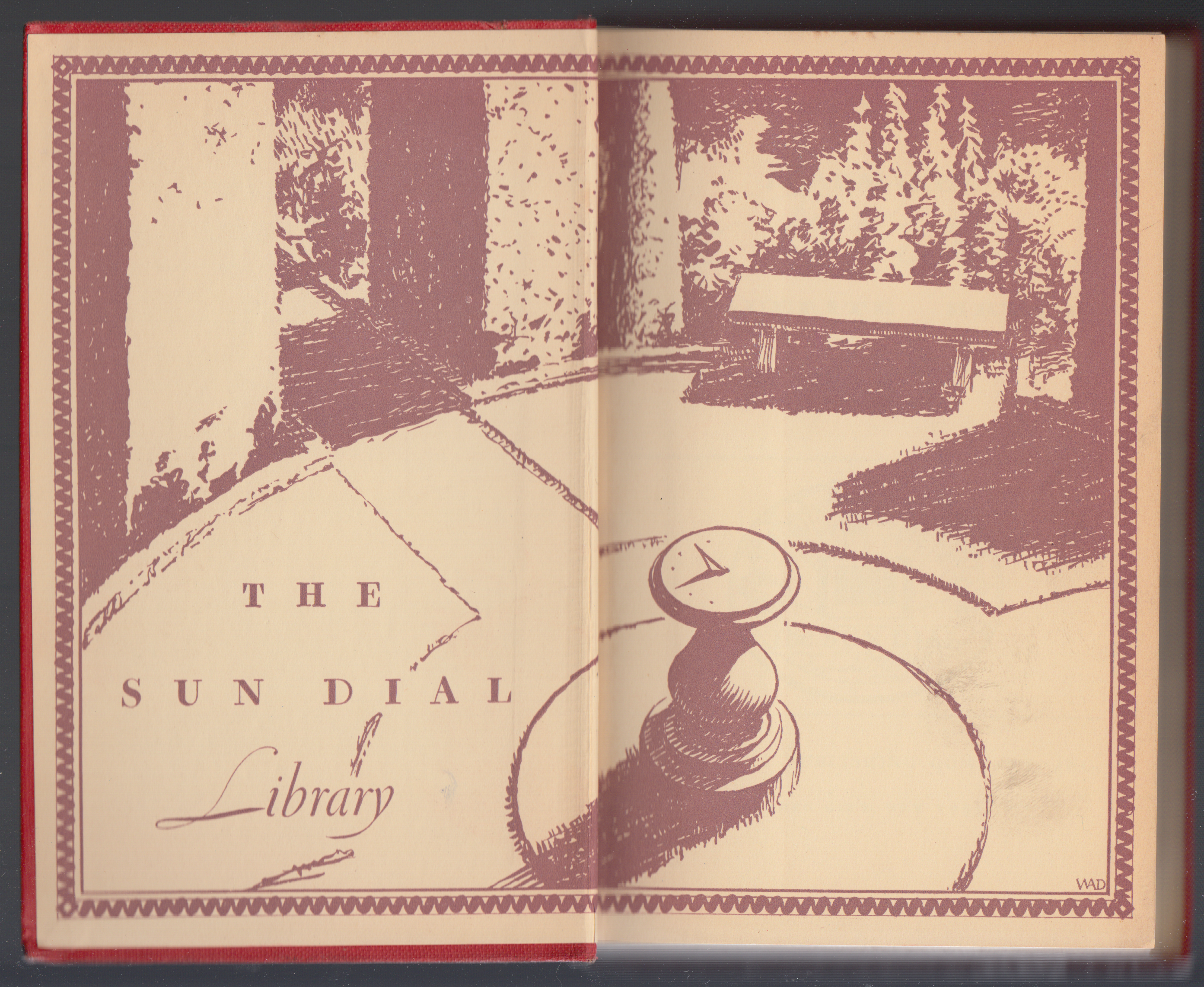 |
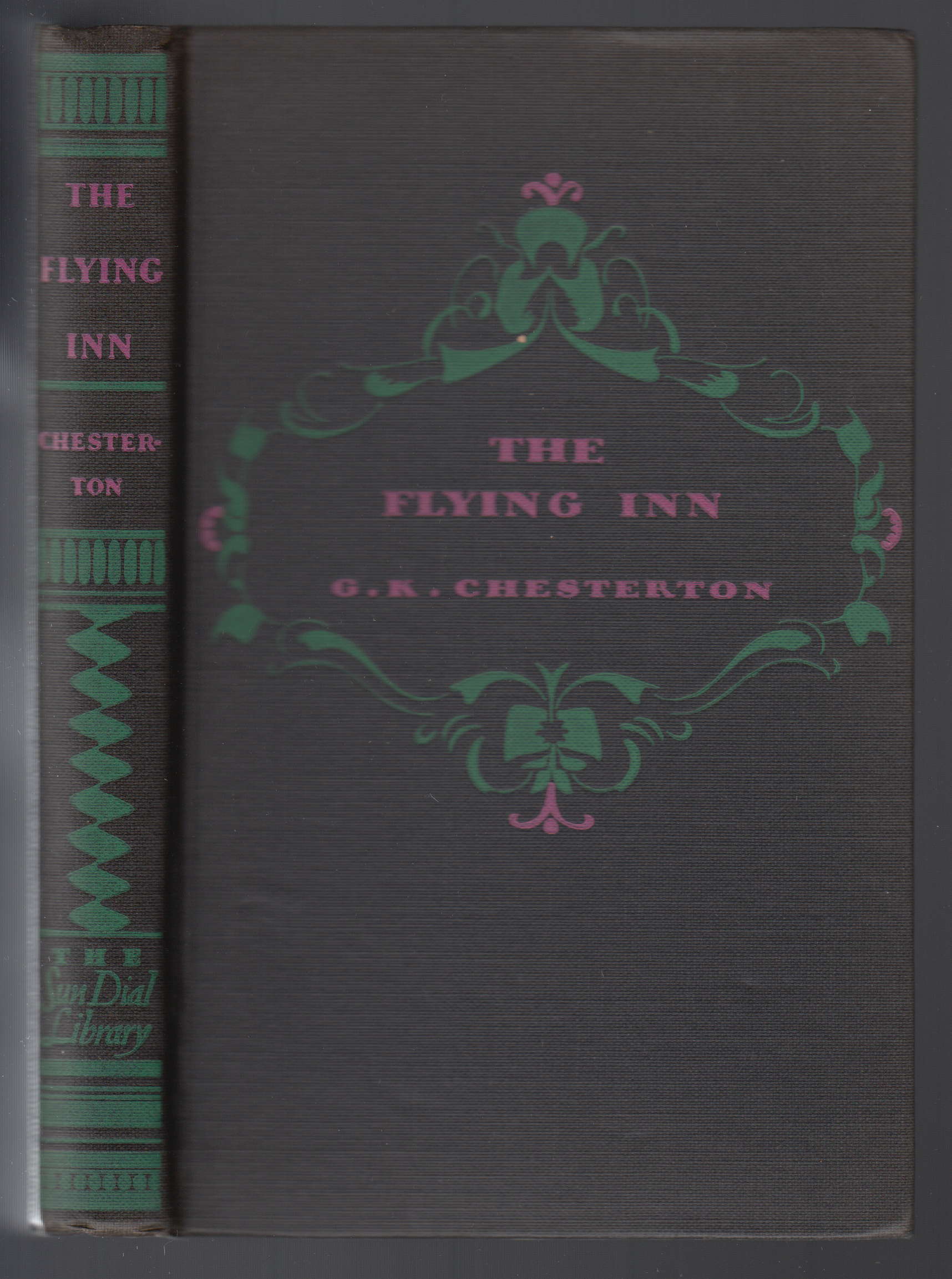 |
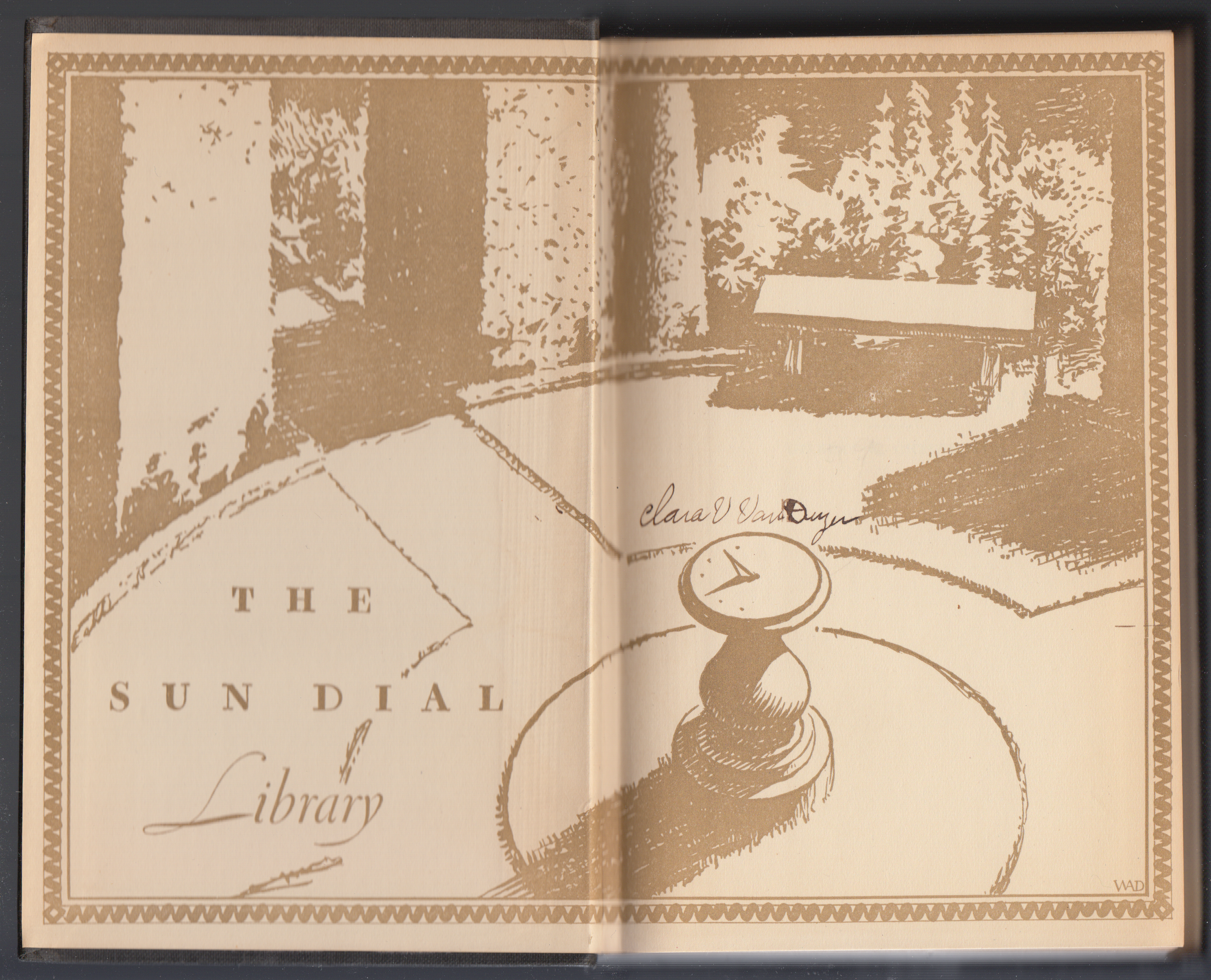 |
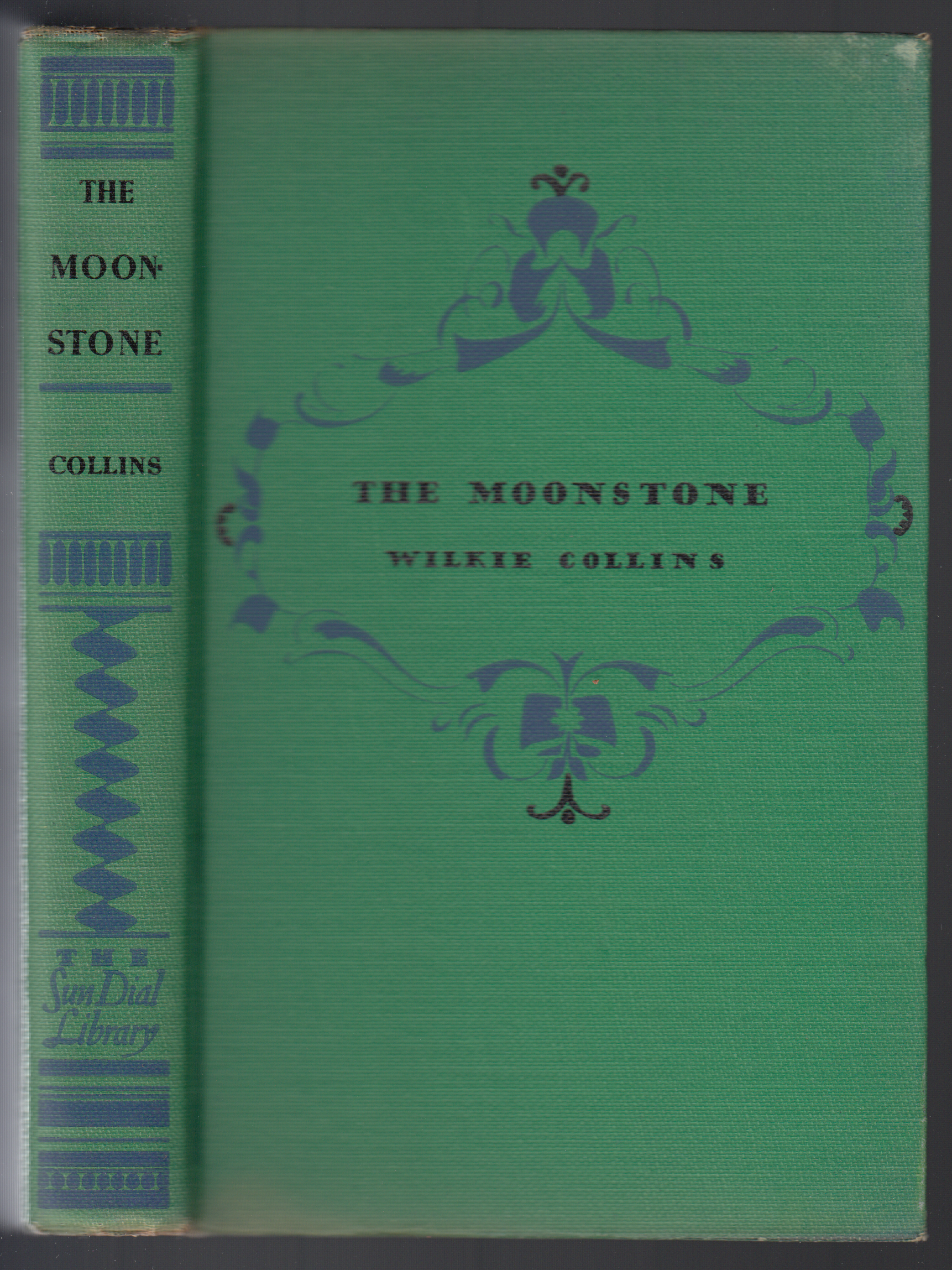 |
 |
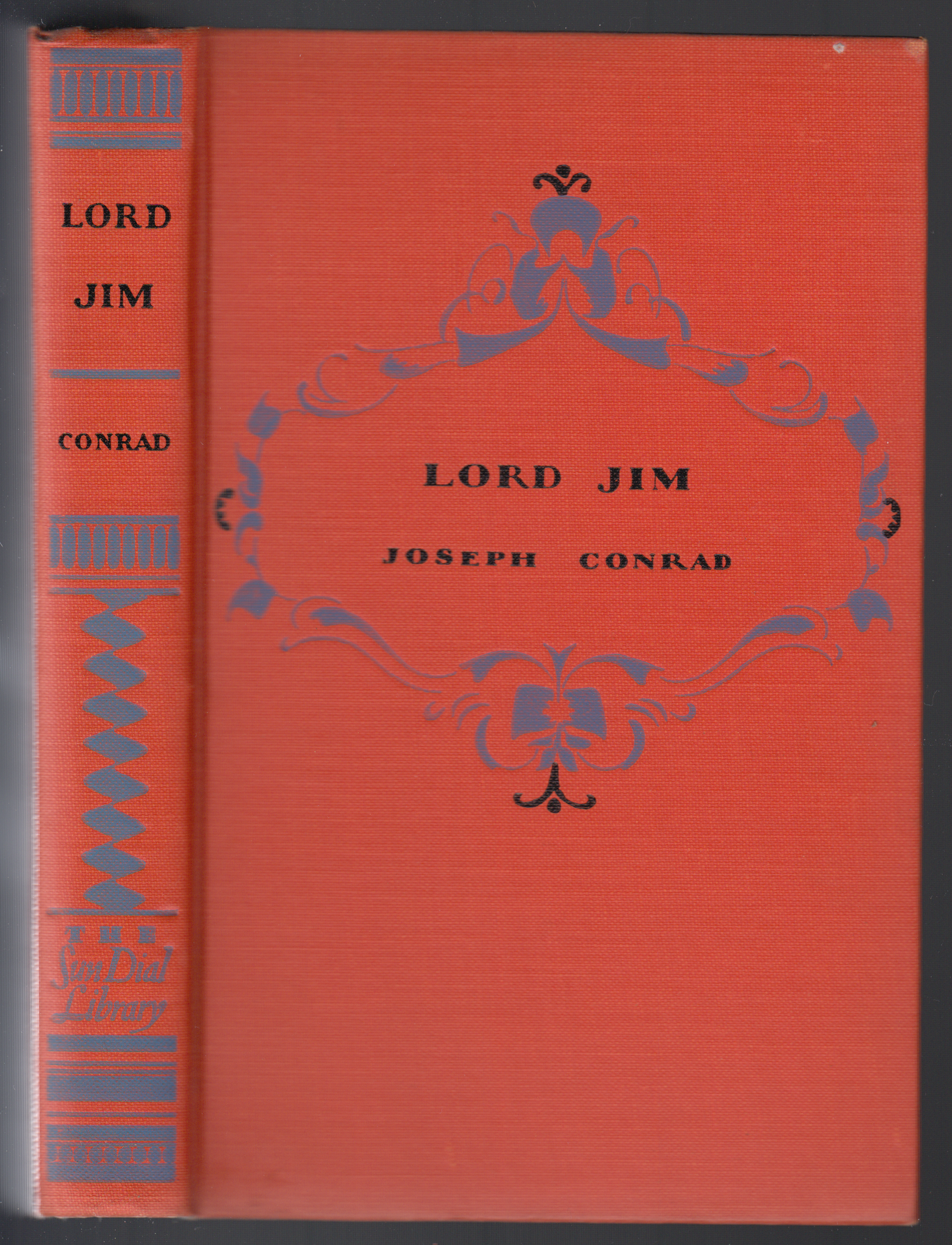 |
 |
 |
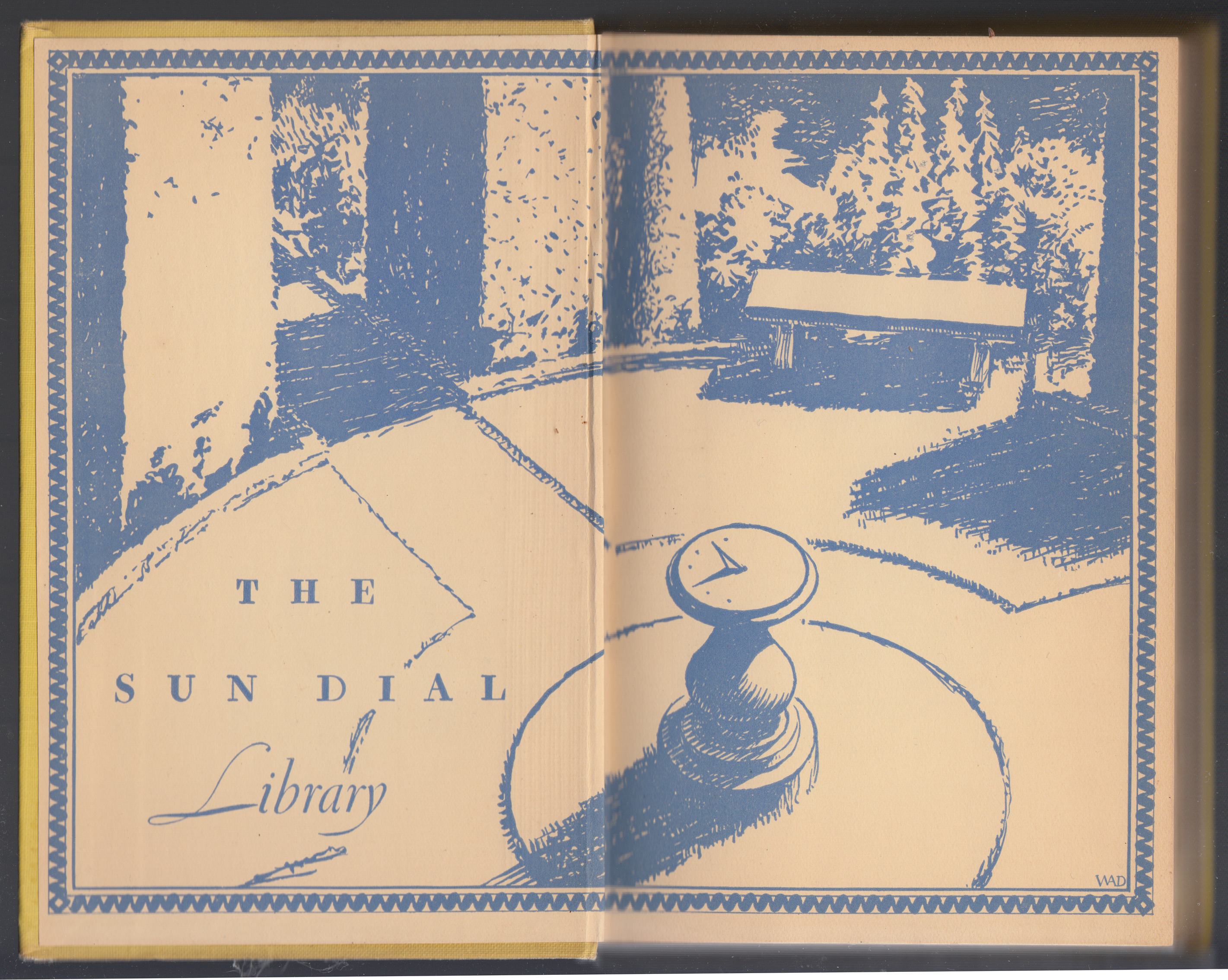 |
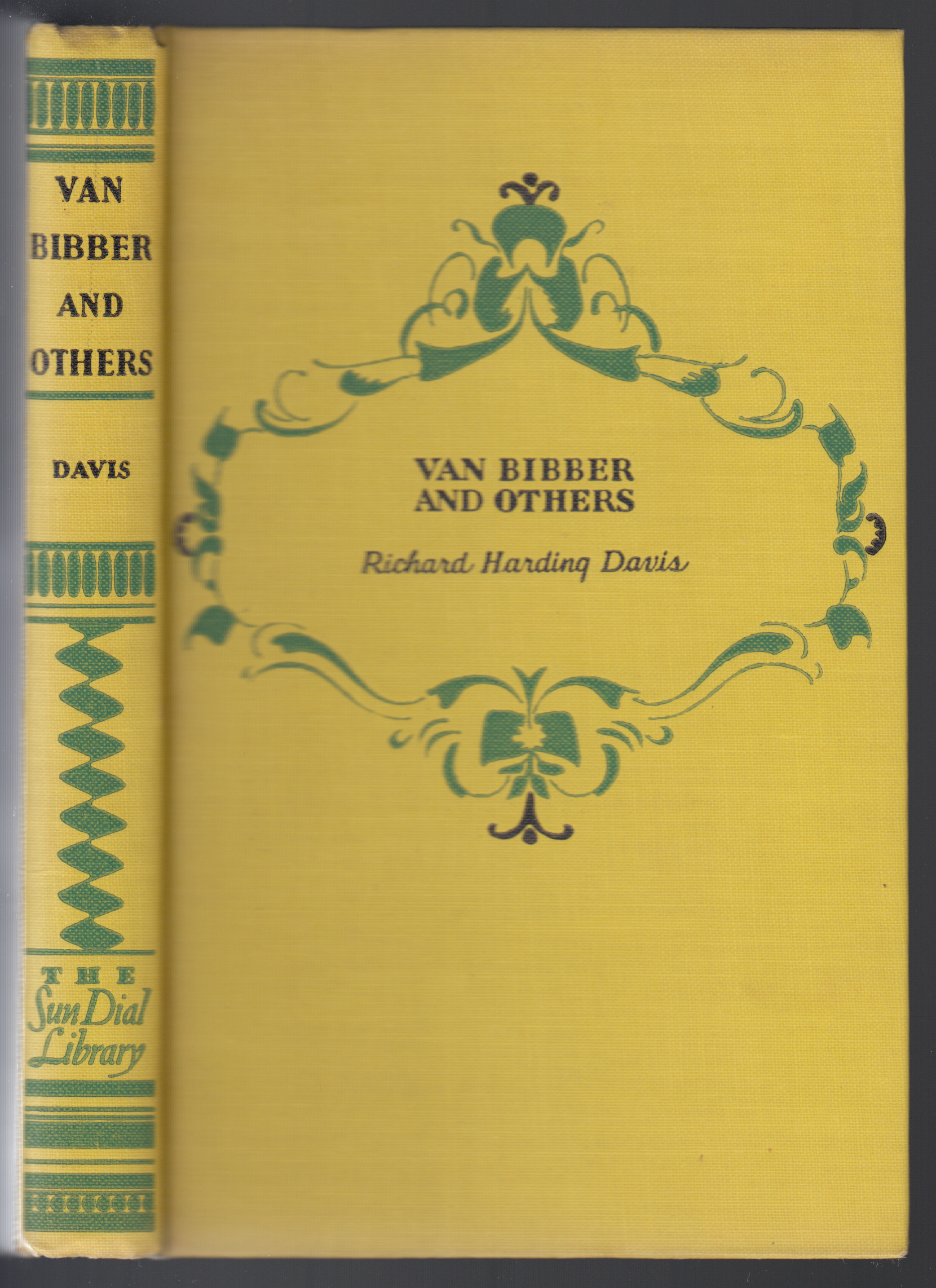 |
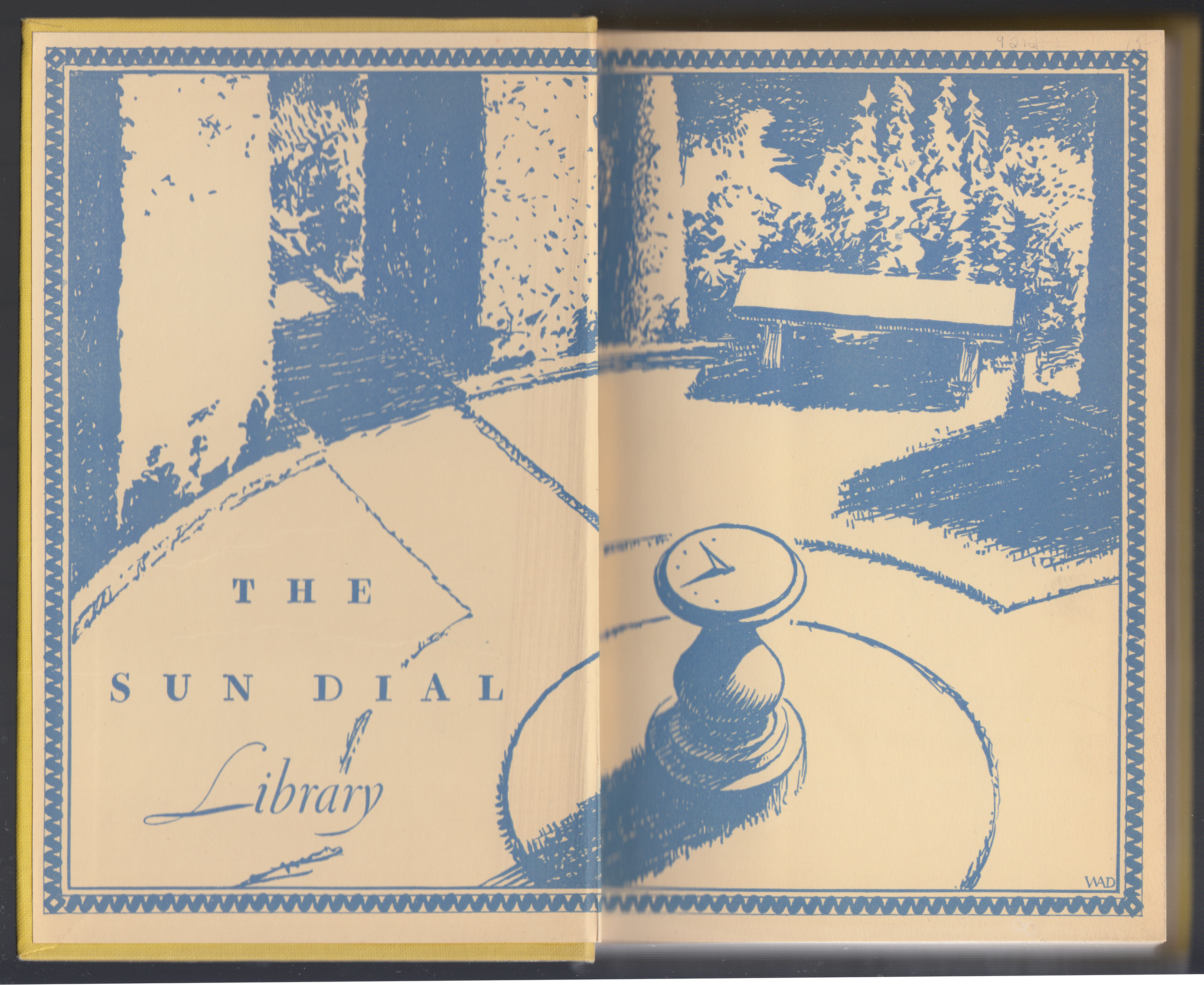 |
 |
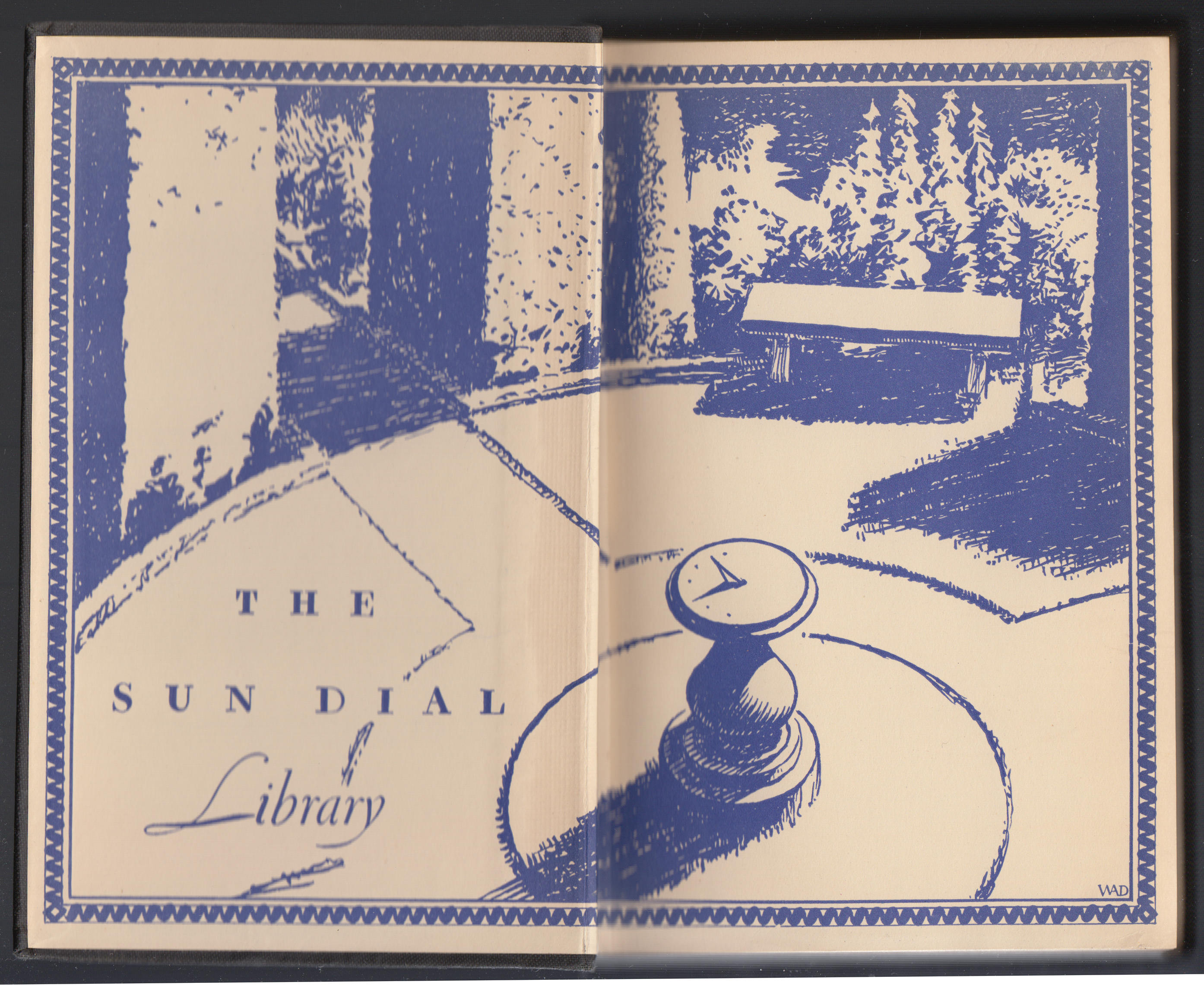 |
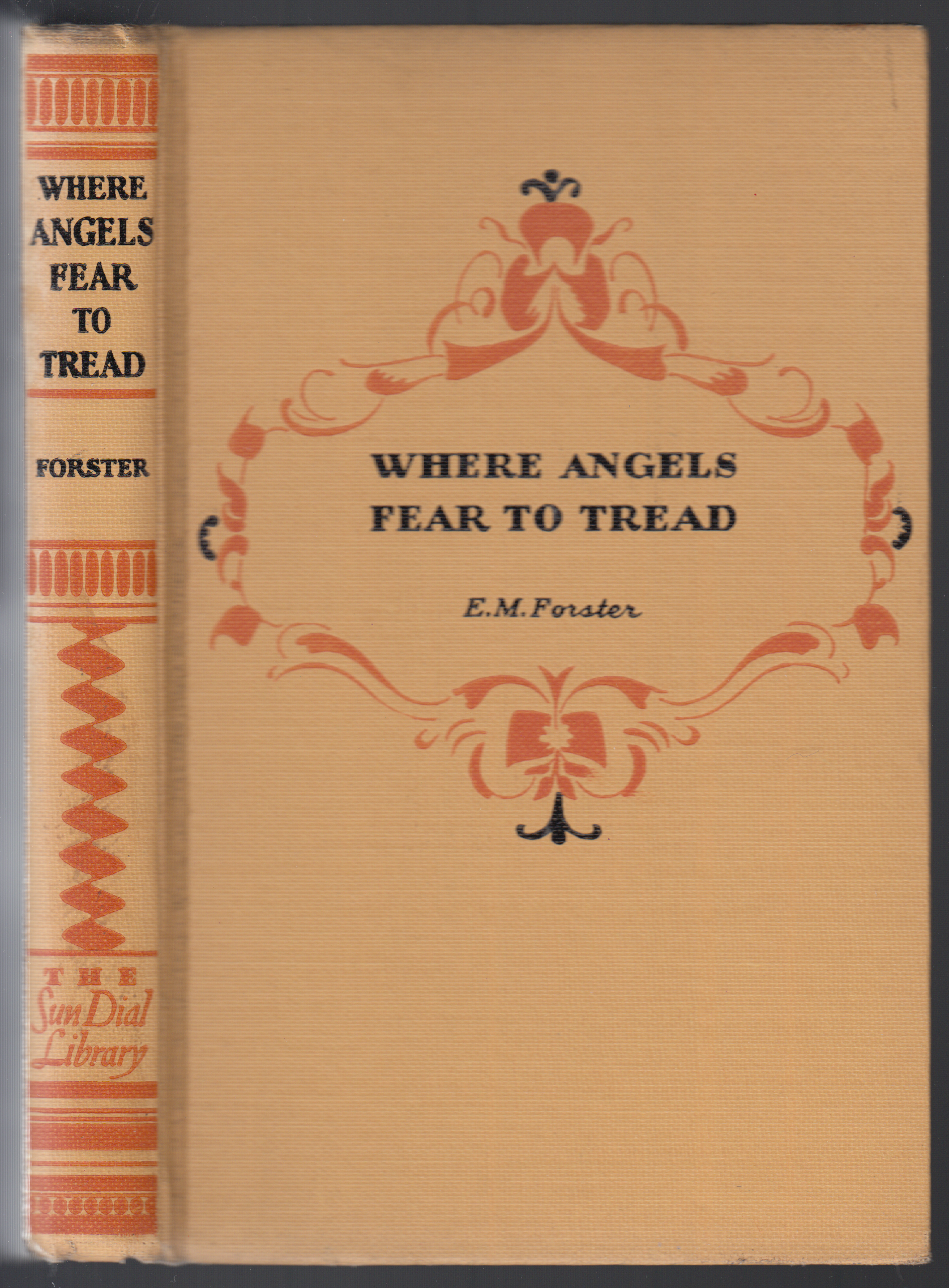 |
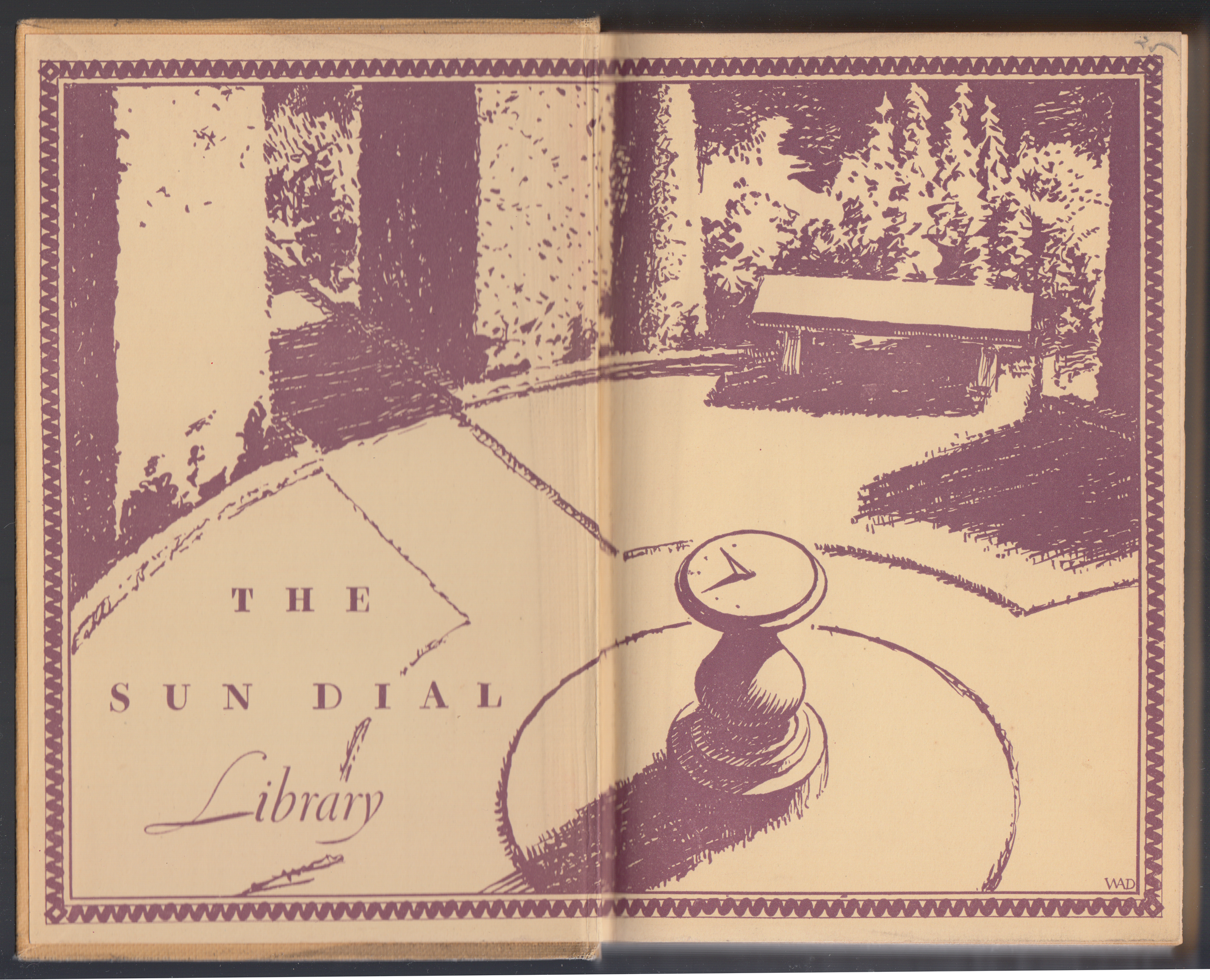 |
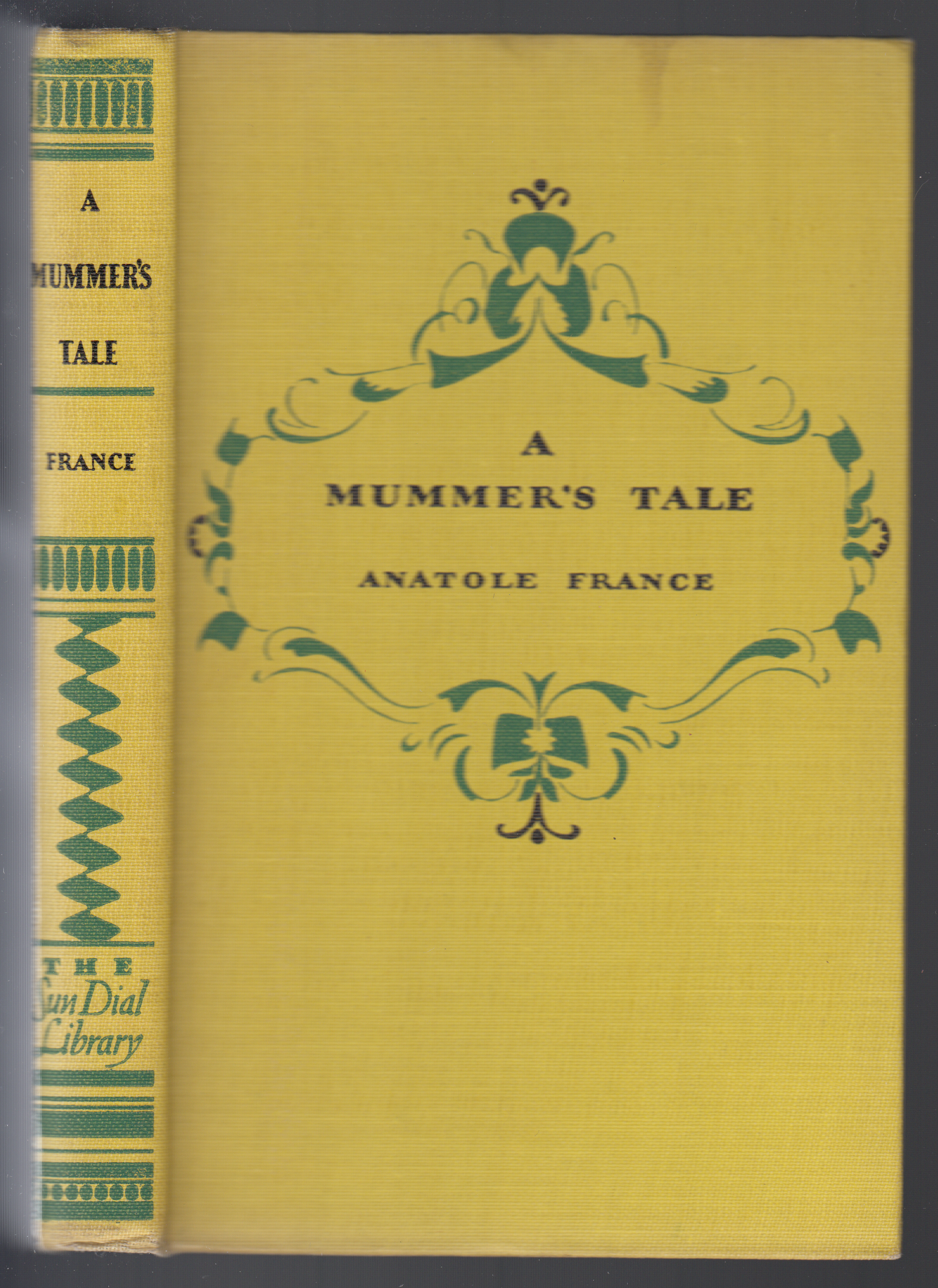 |
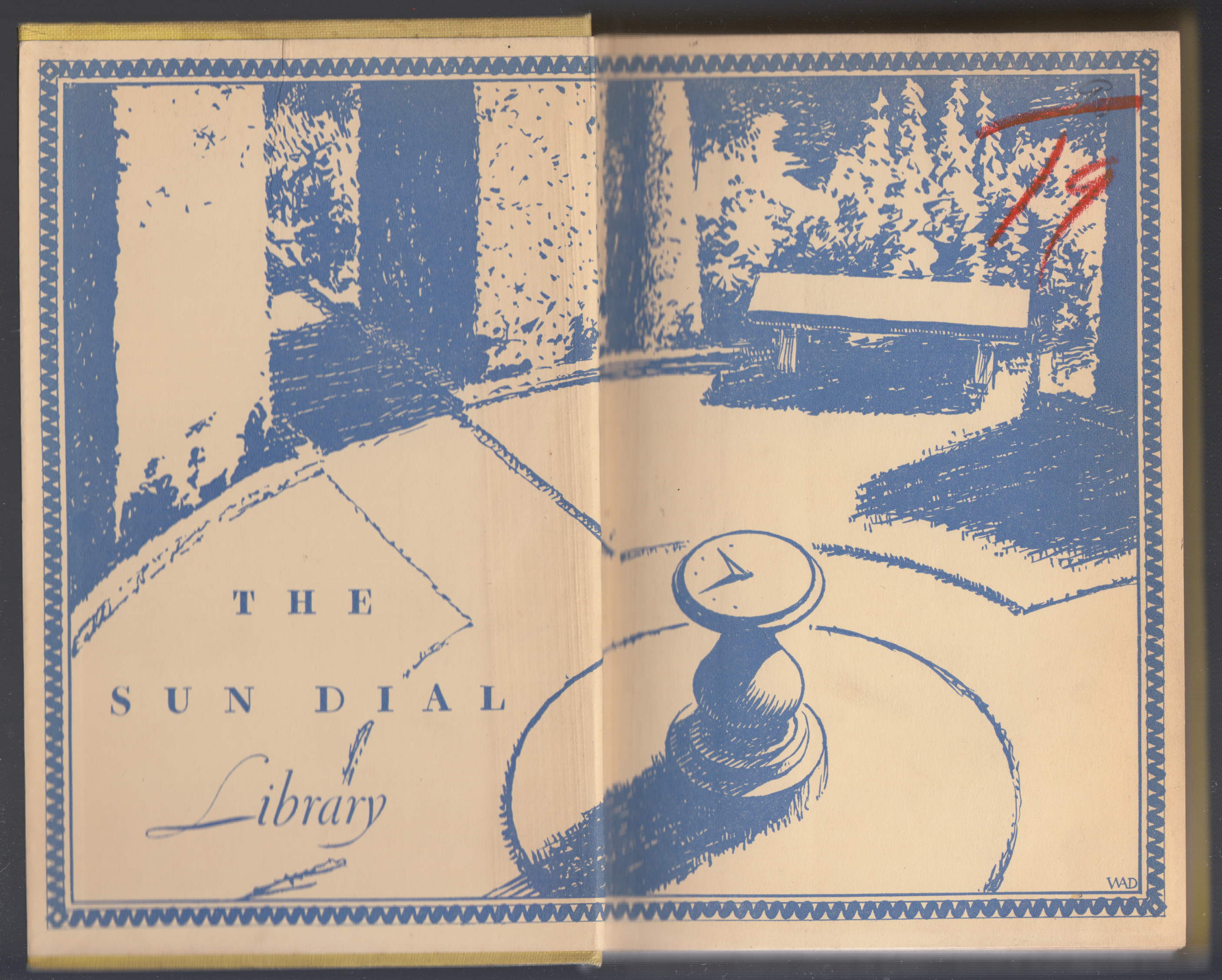 |
 |
 |
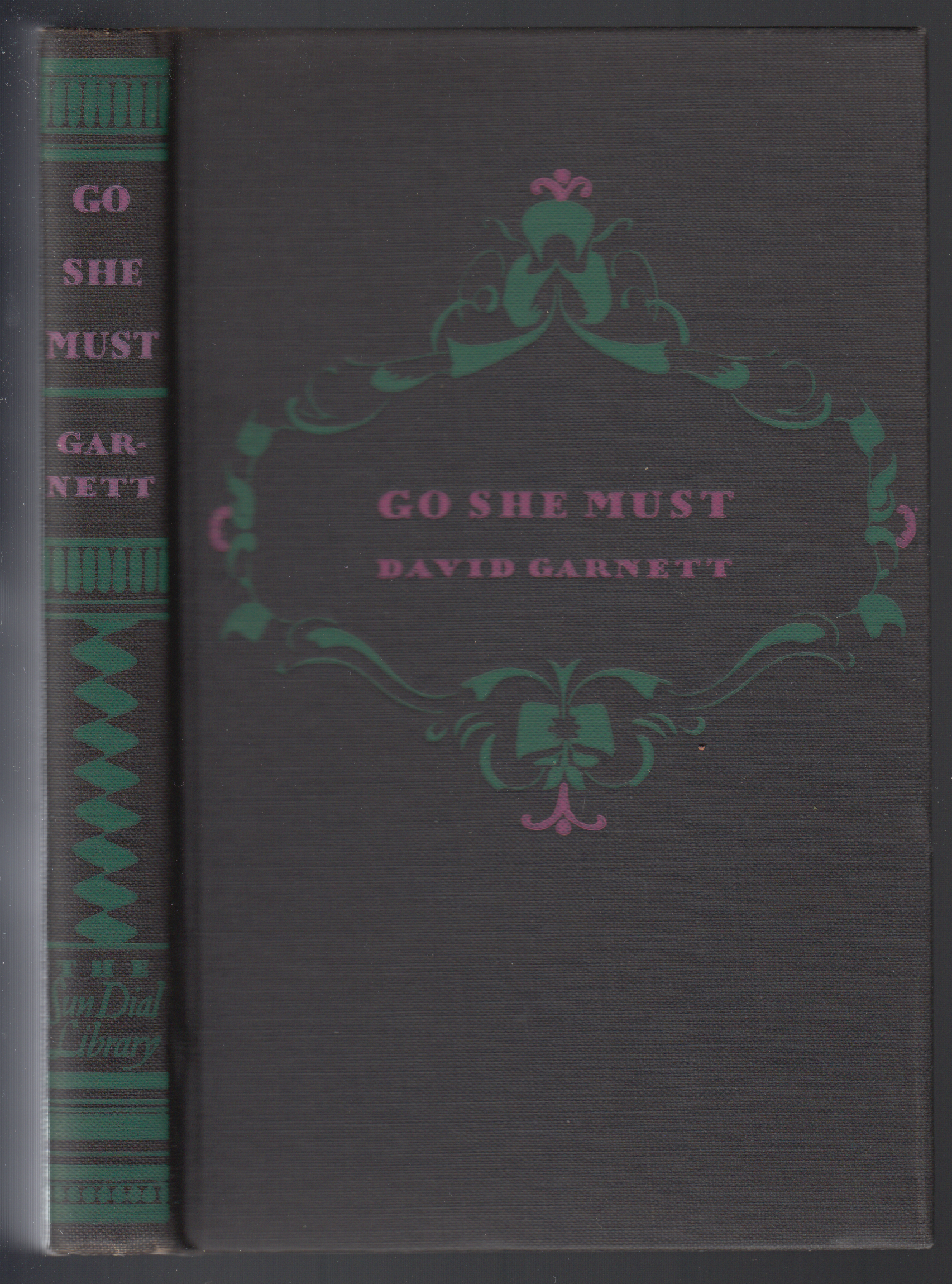 |
 |
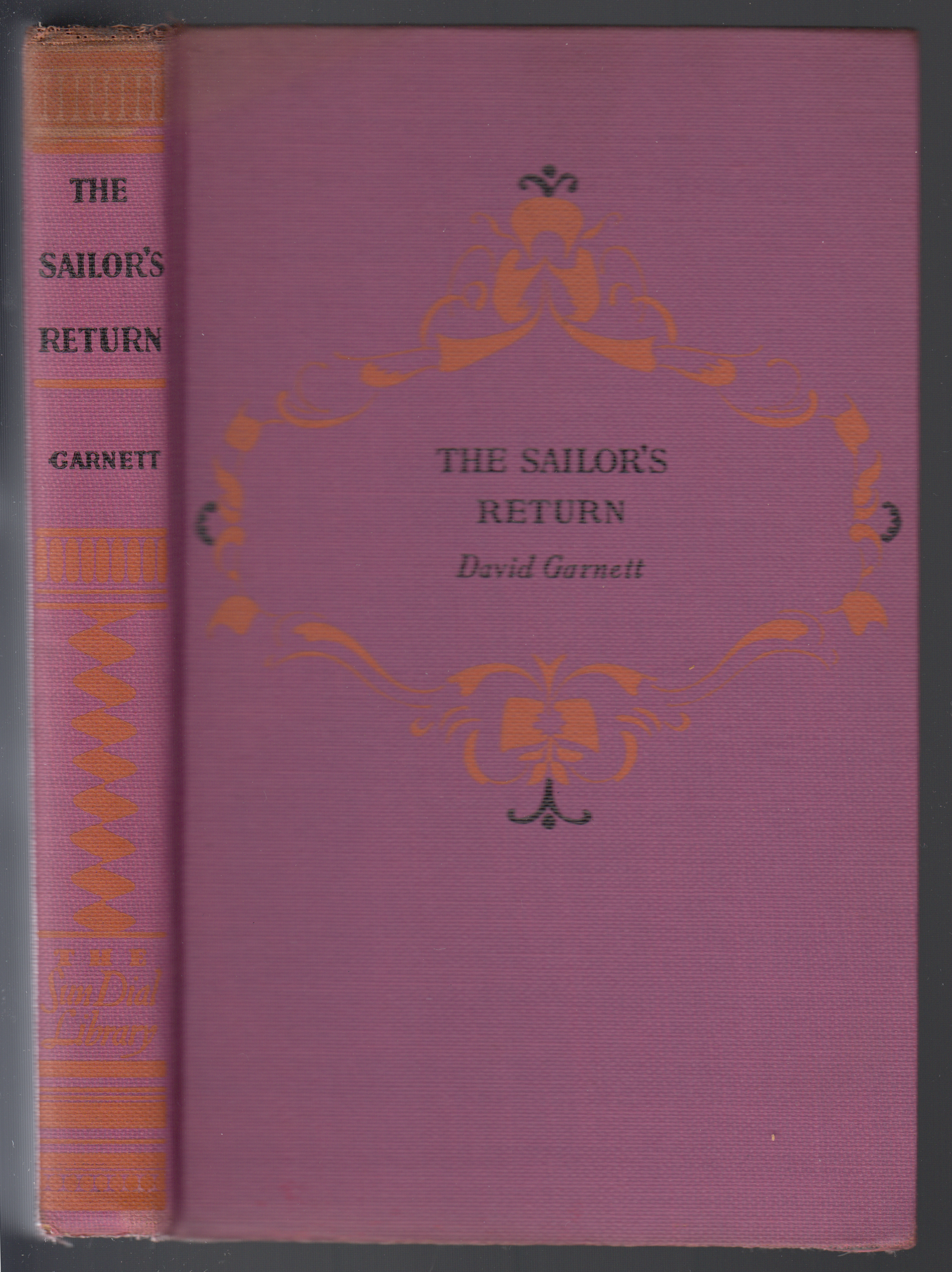 |
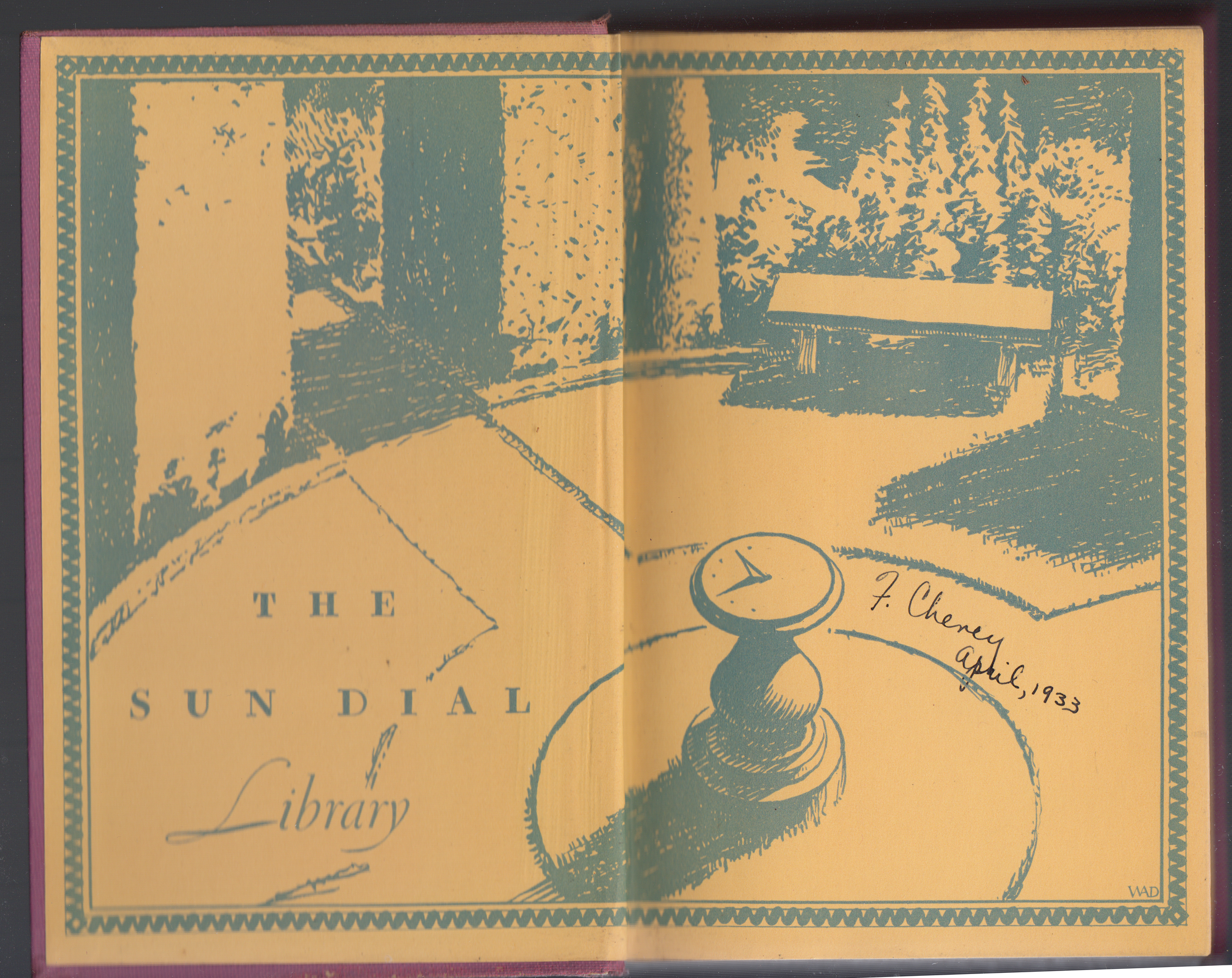 |
 |
 |
 |
 |
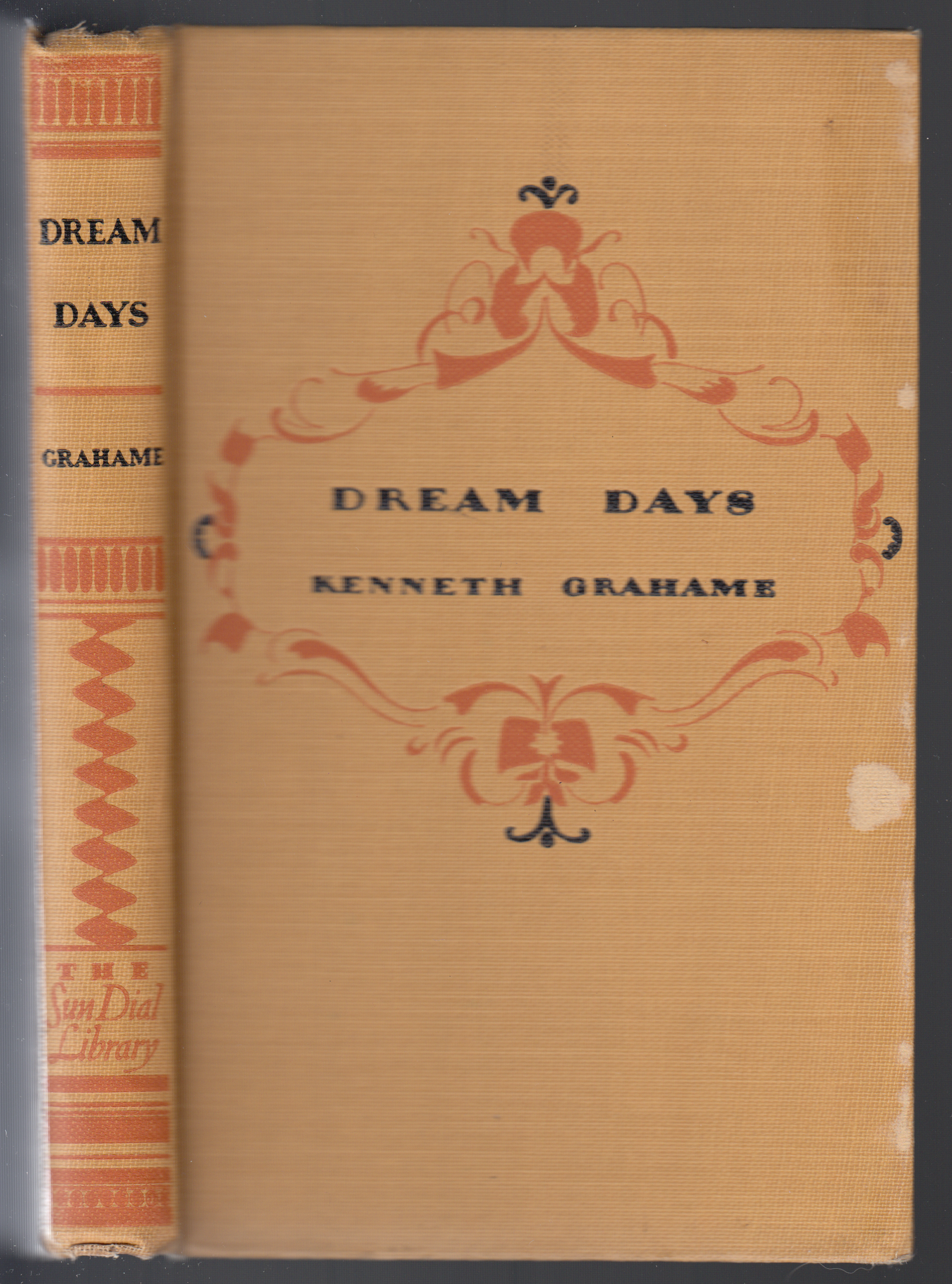 |
 |
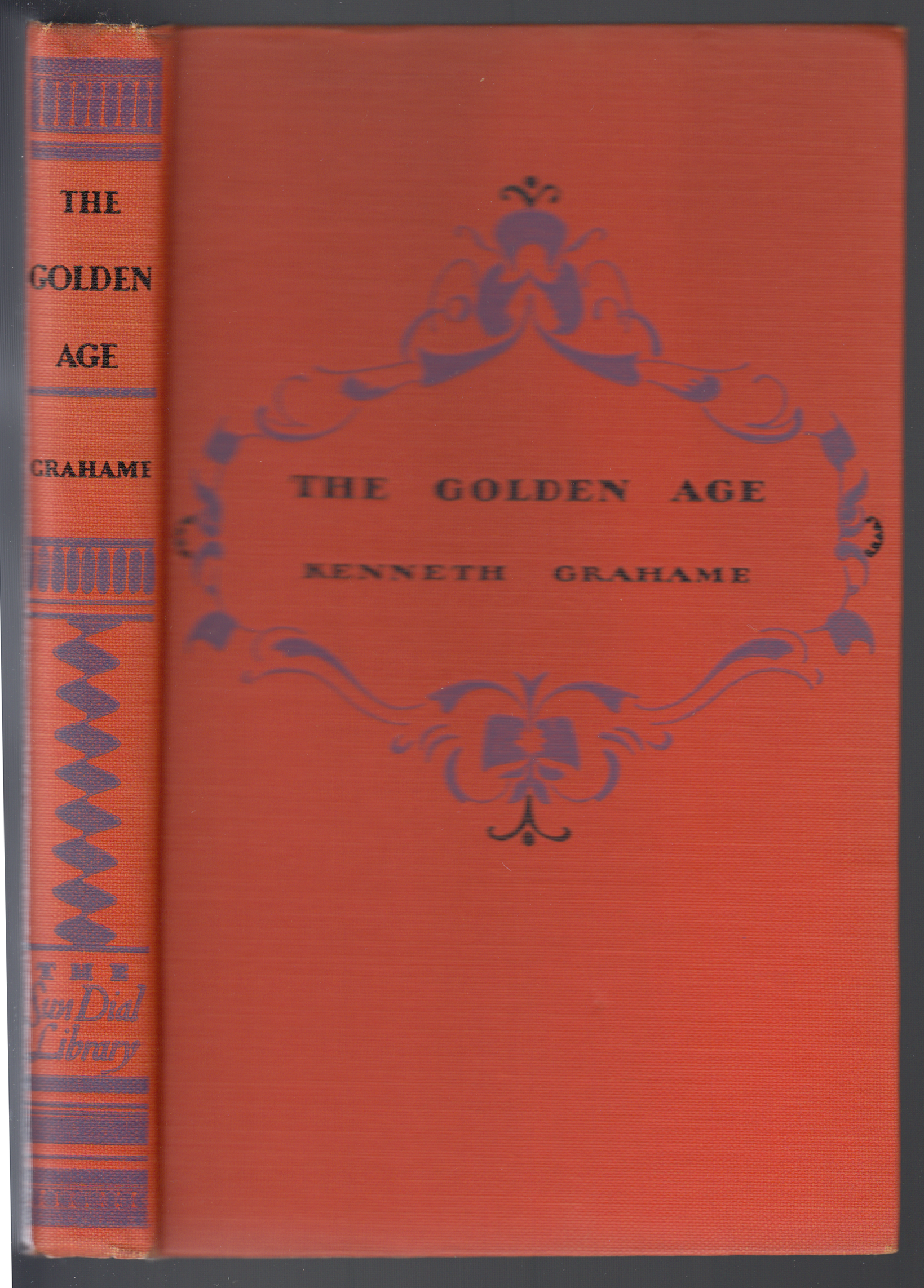 |
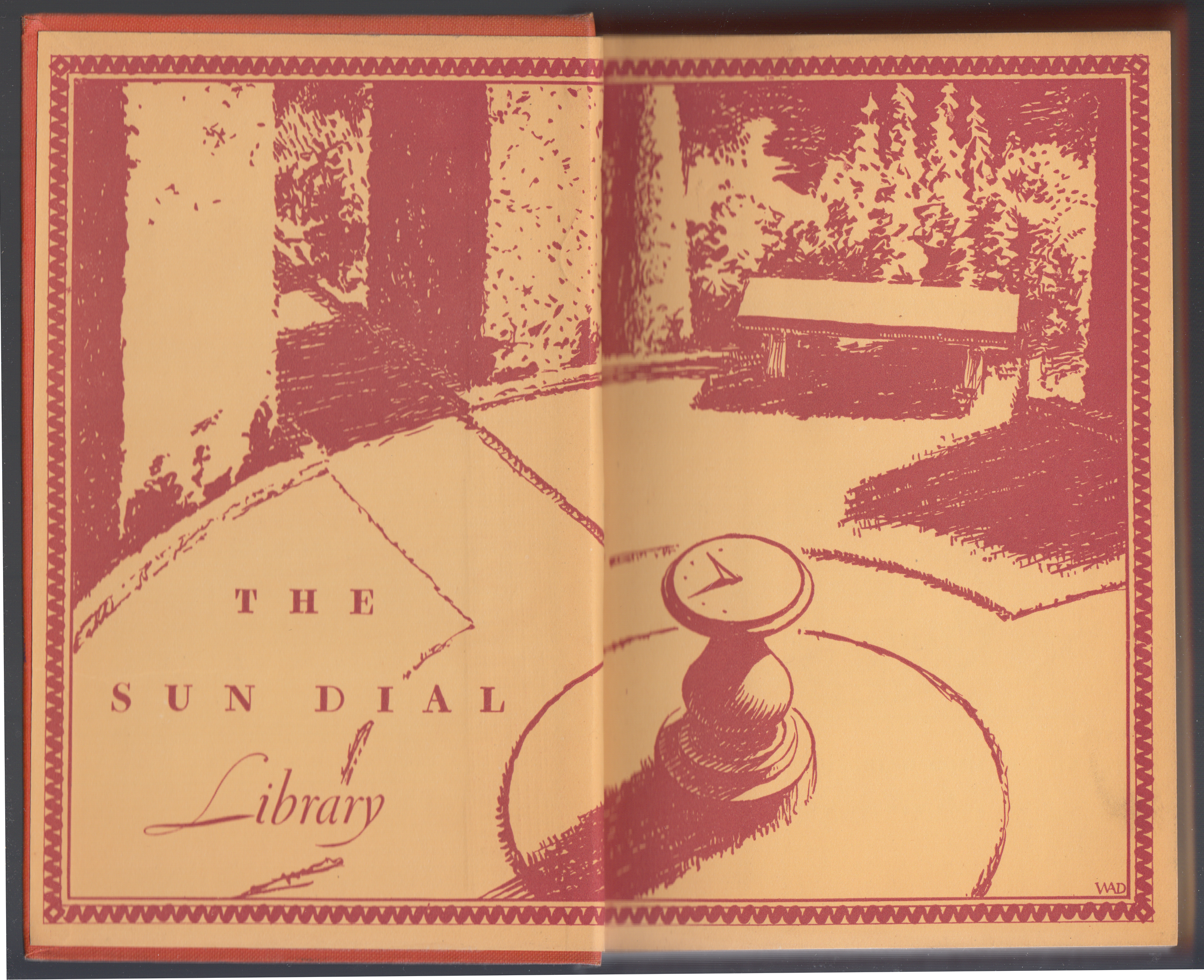 |
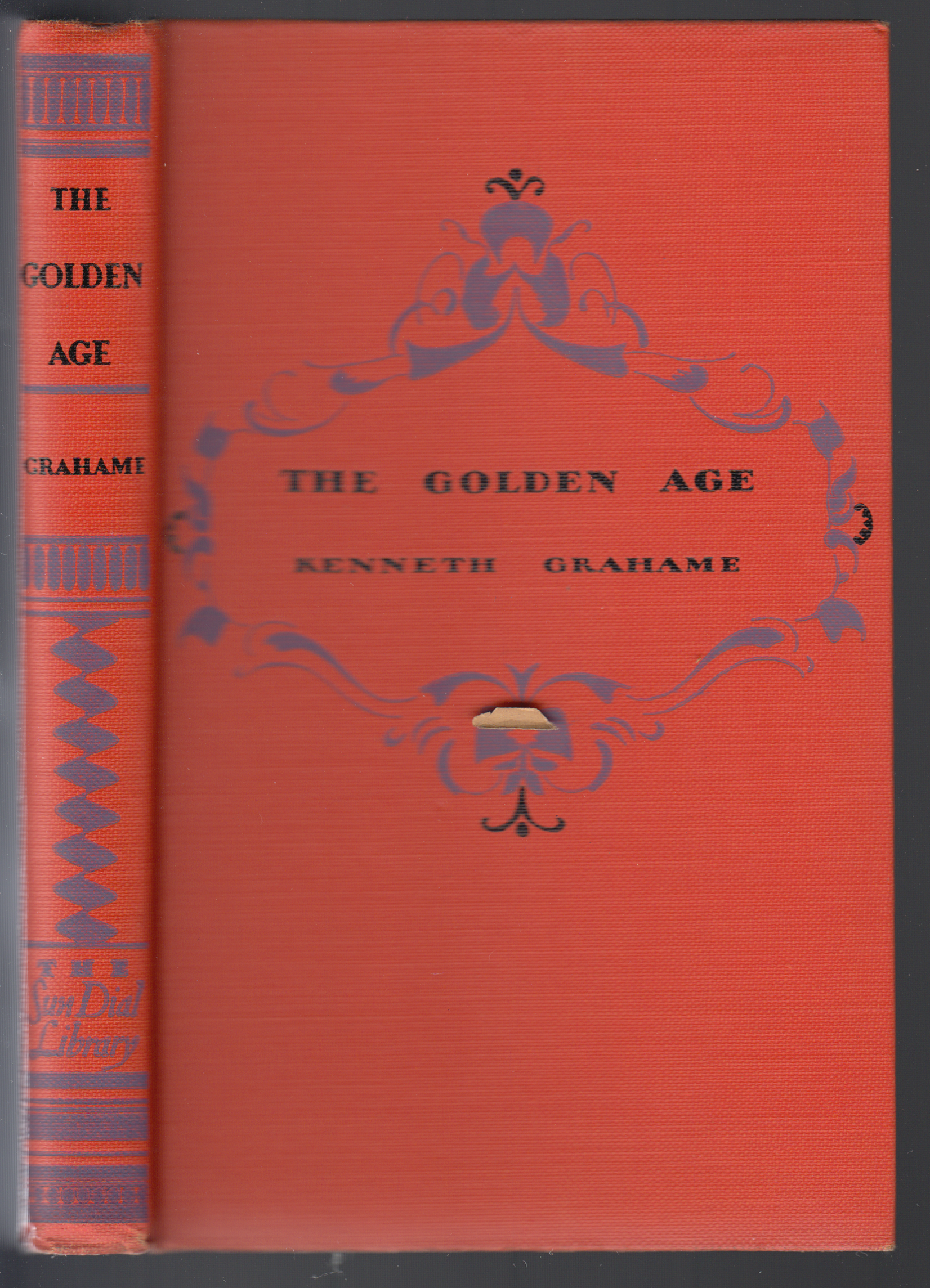 |
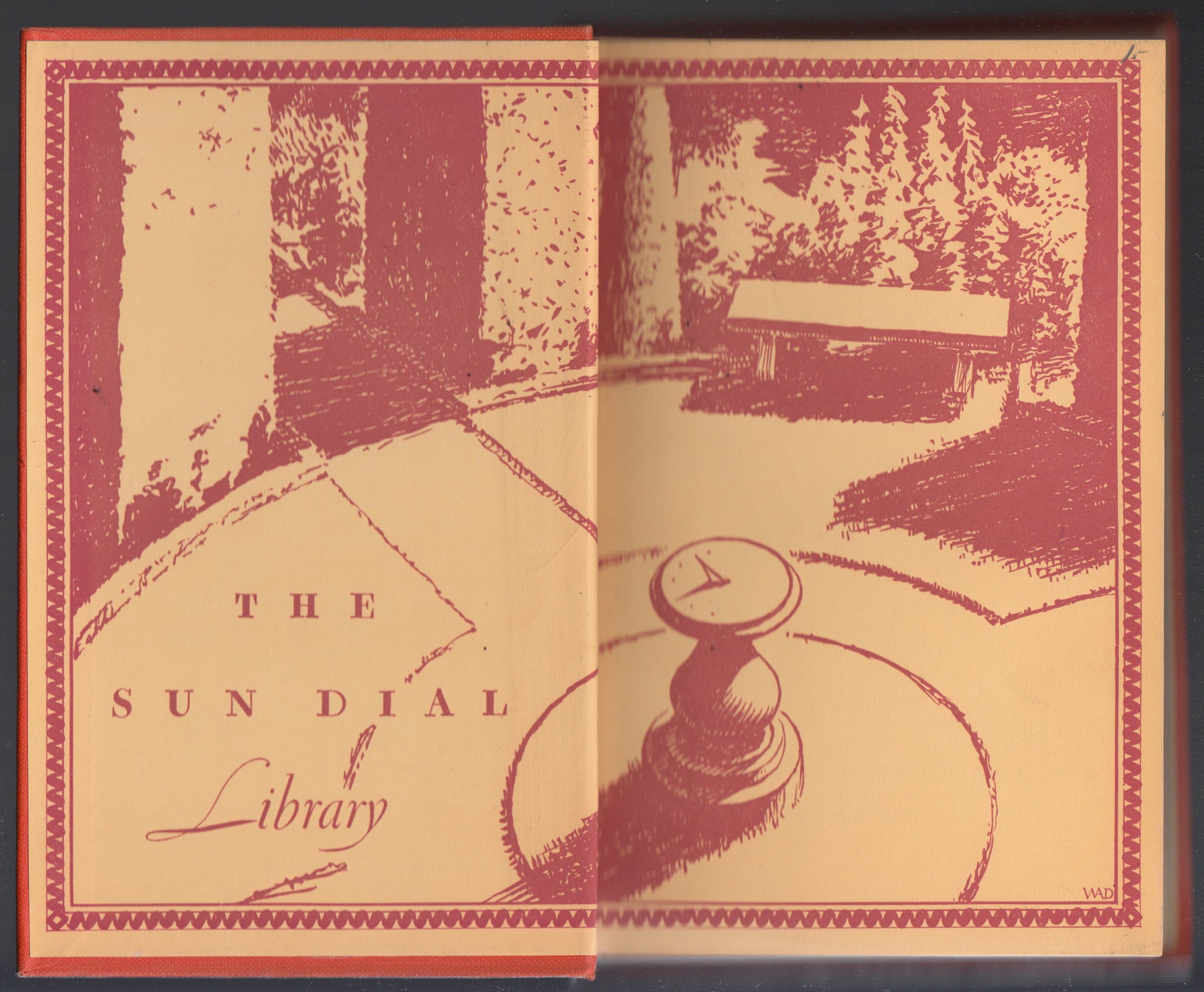 |
 |
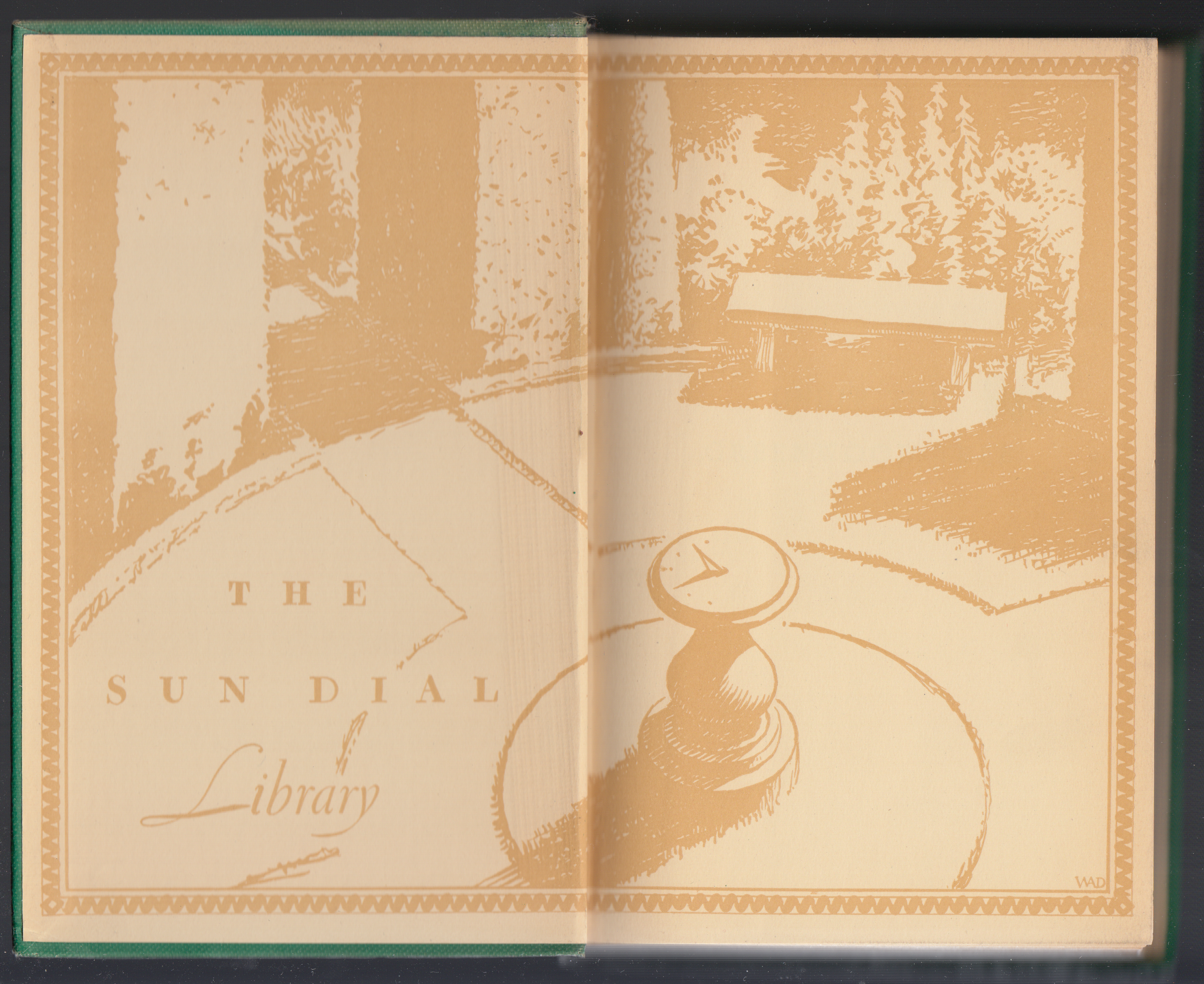 |
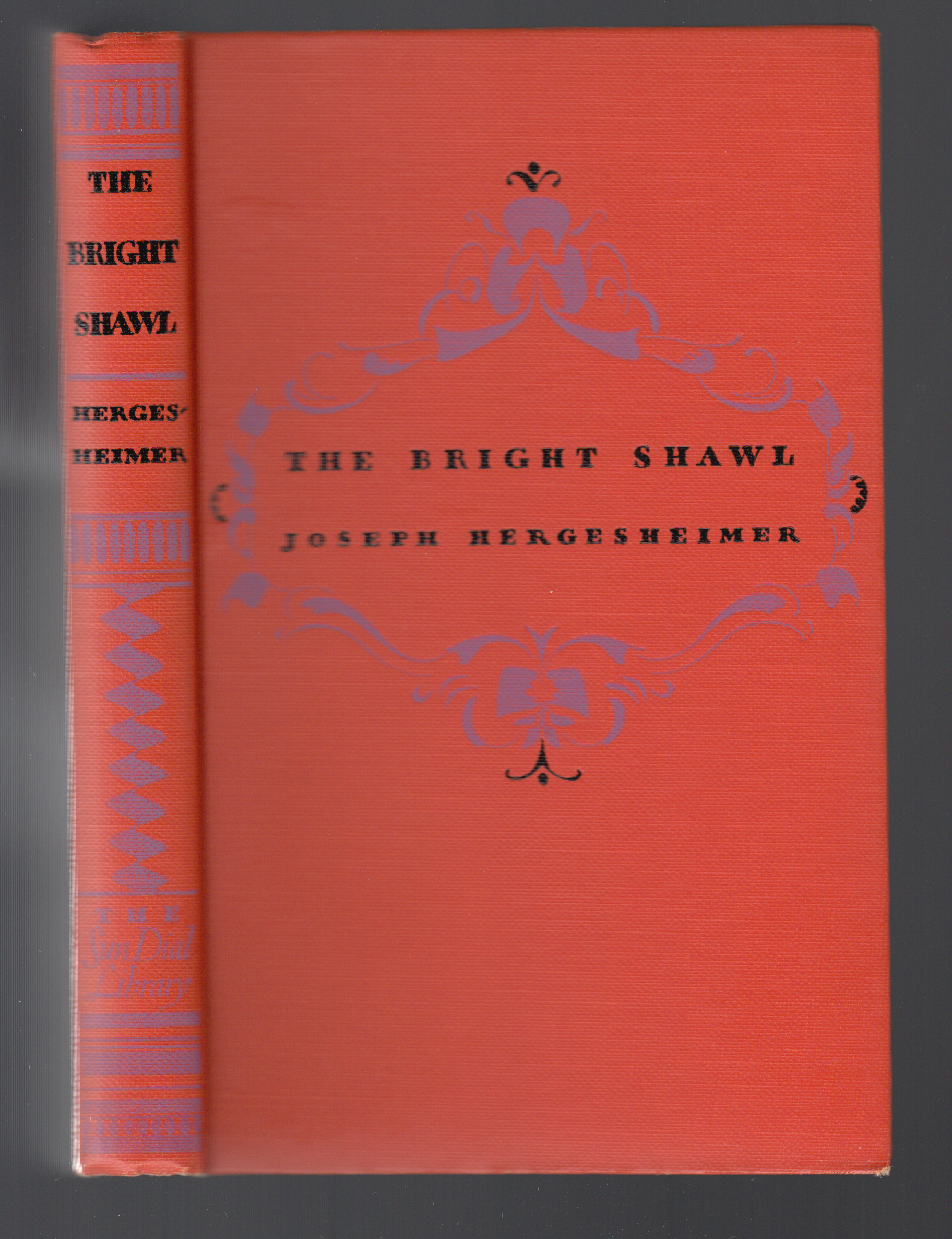 |
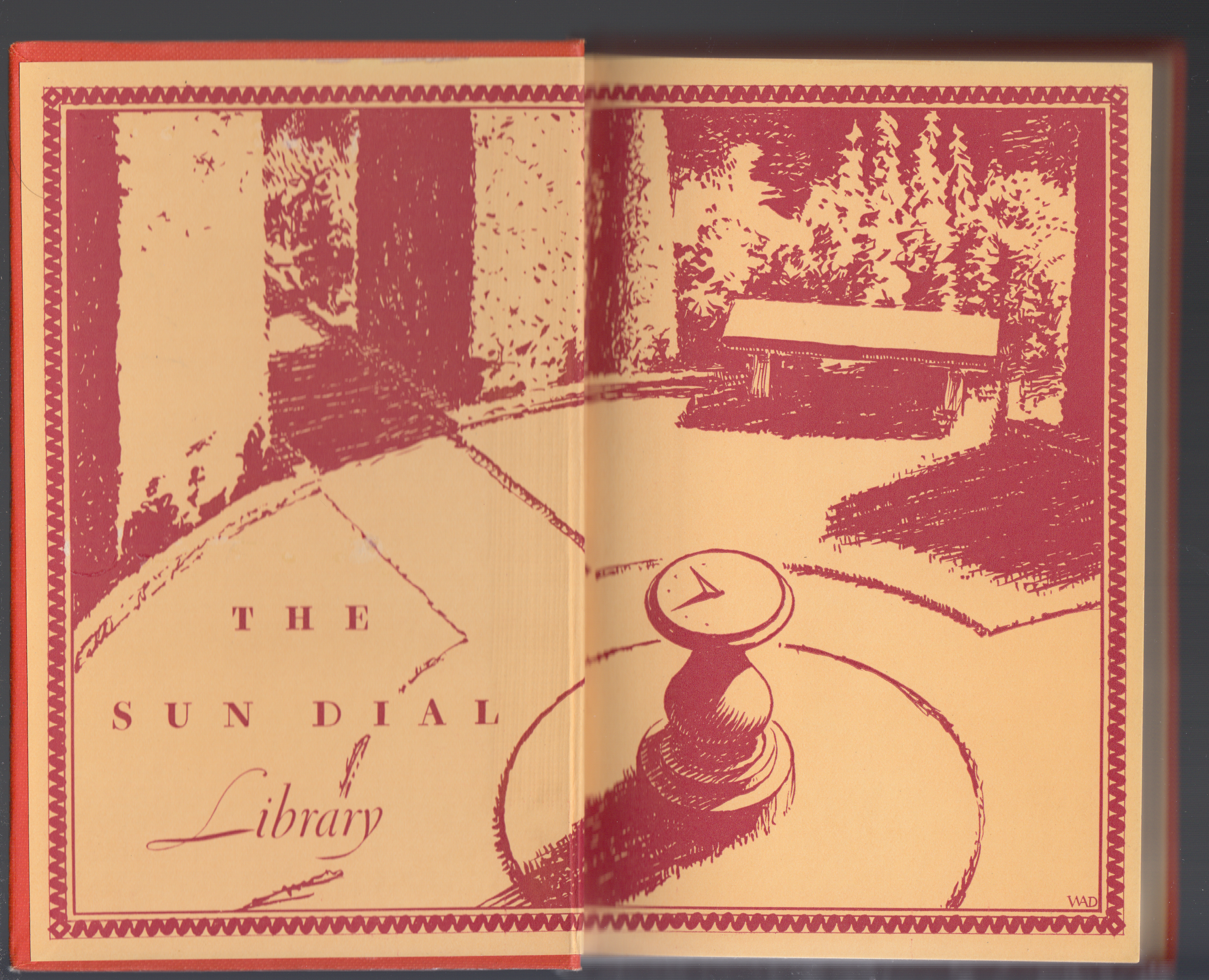 |
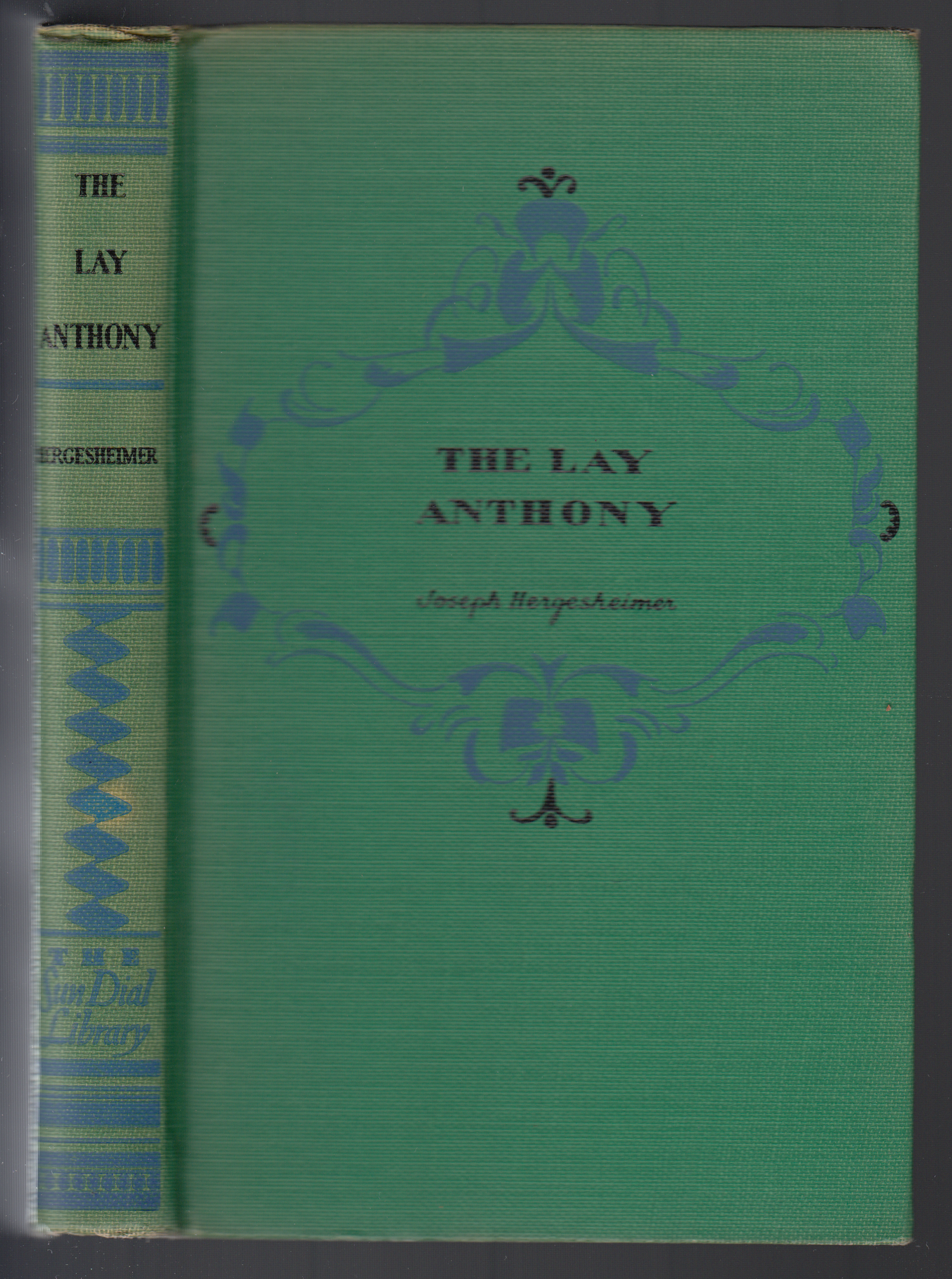 |
 |
 |
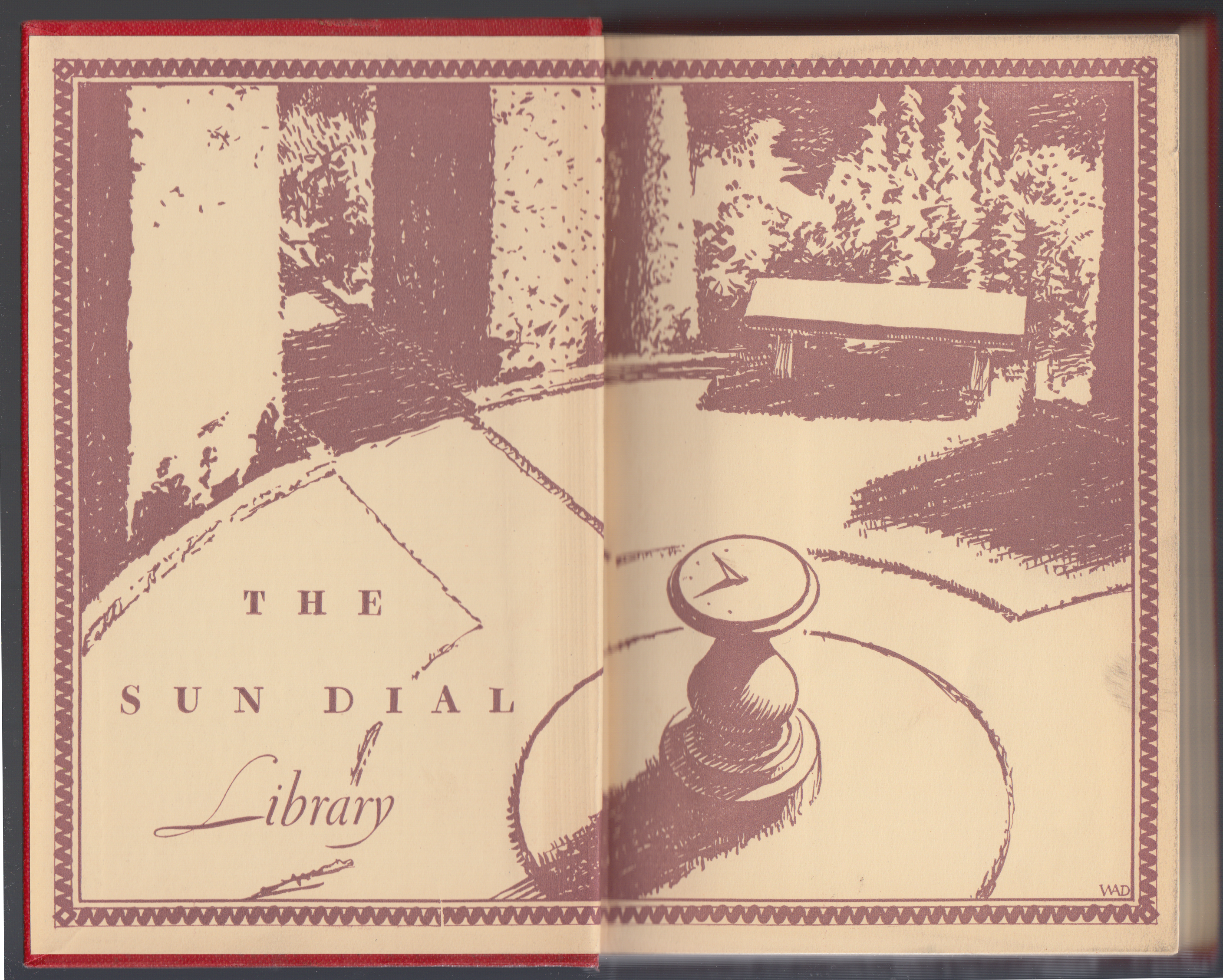 |
 |
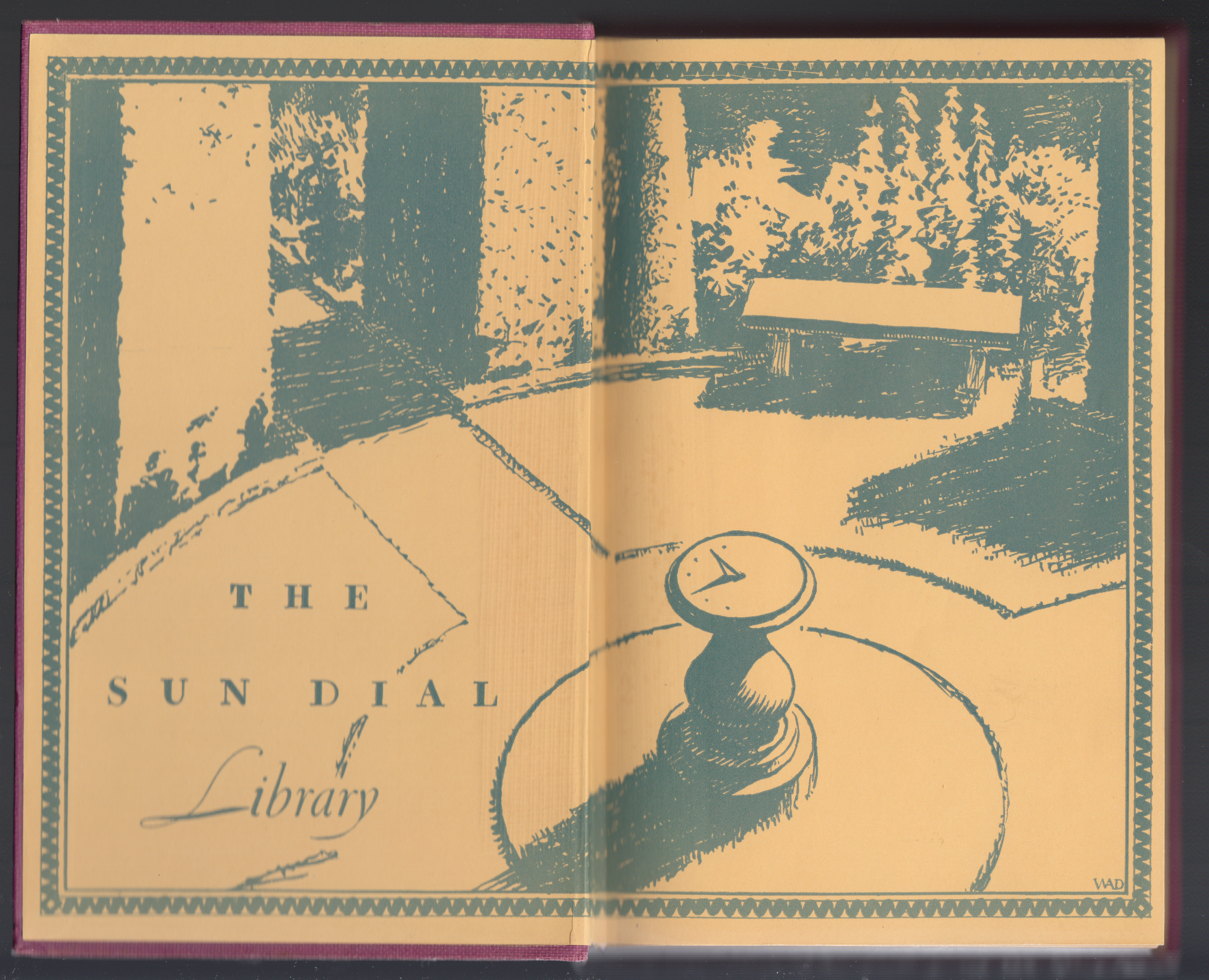 |
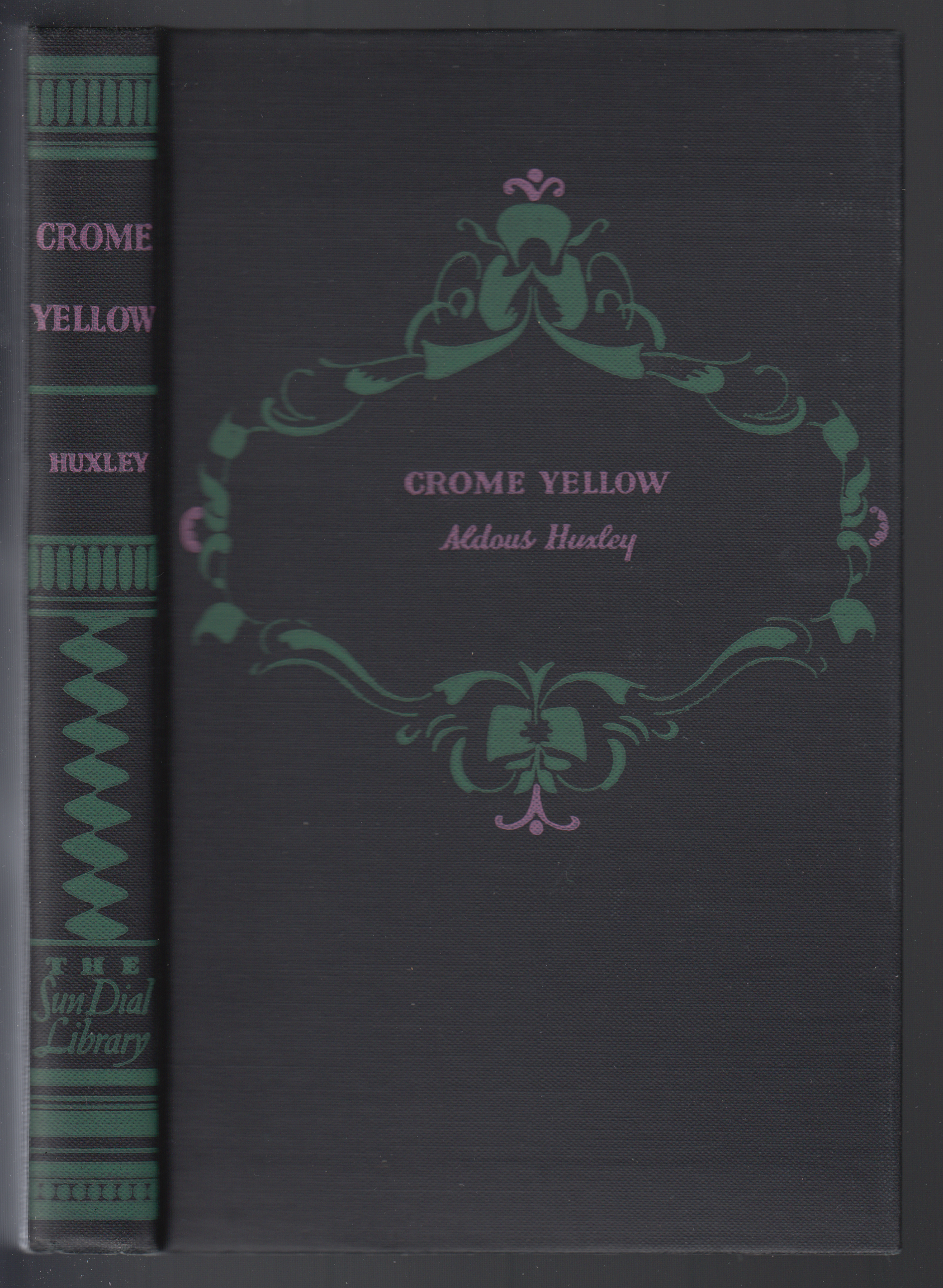 |
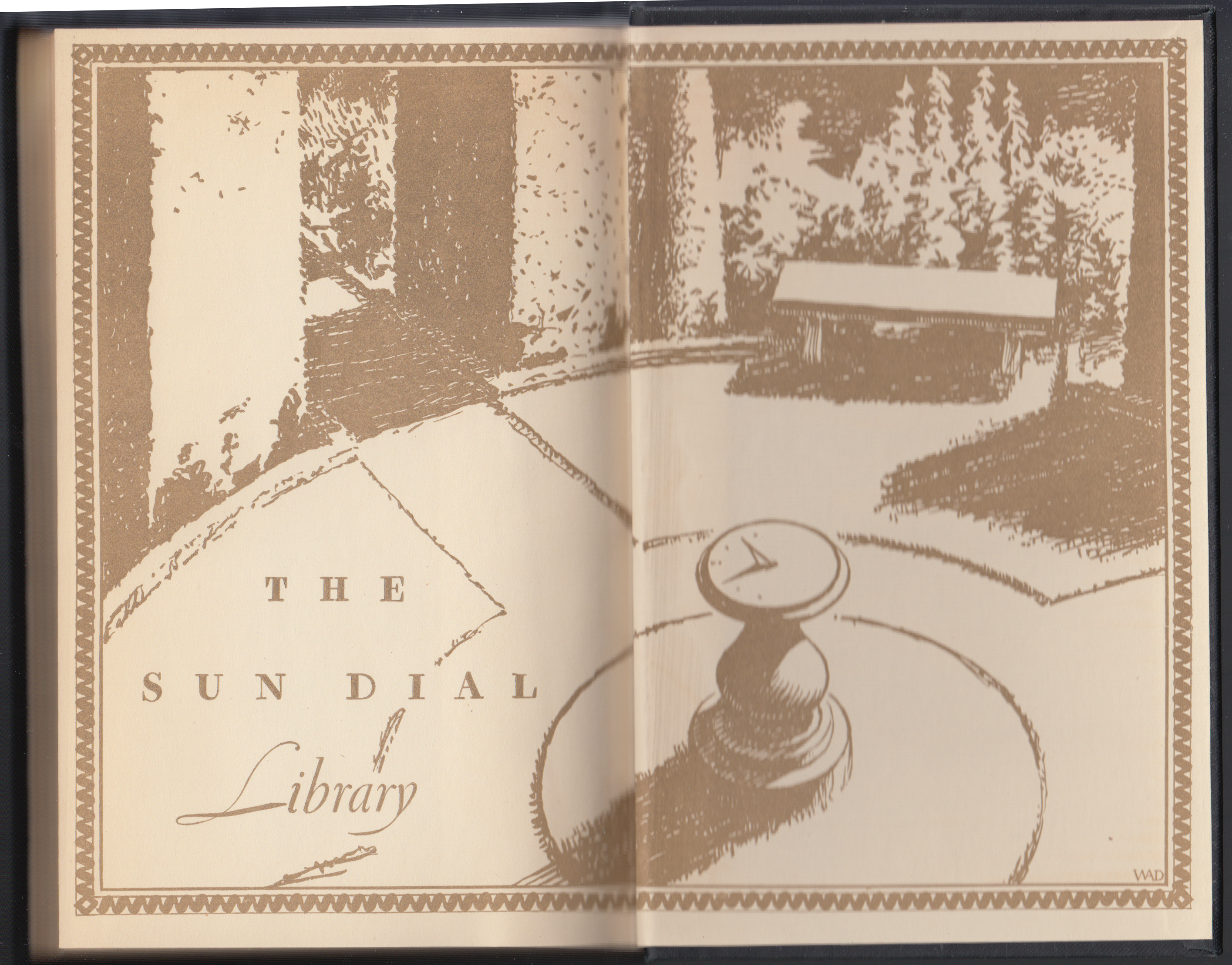 |
 |
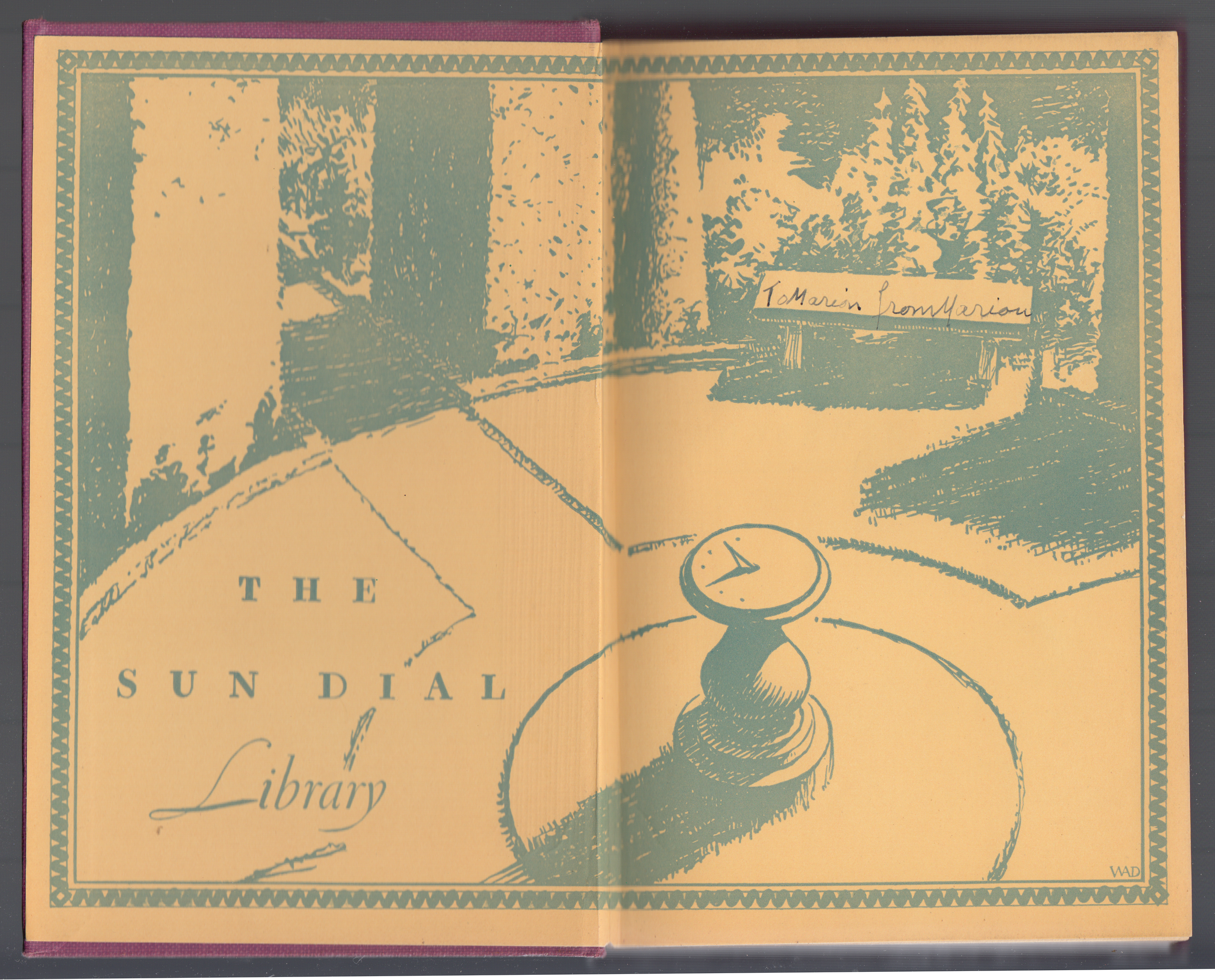 |
 |
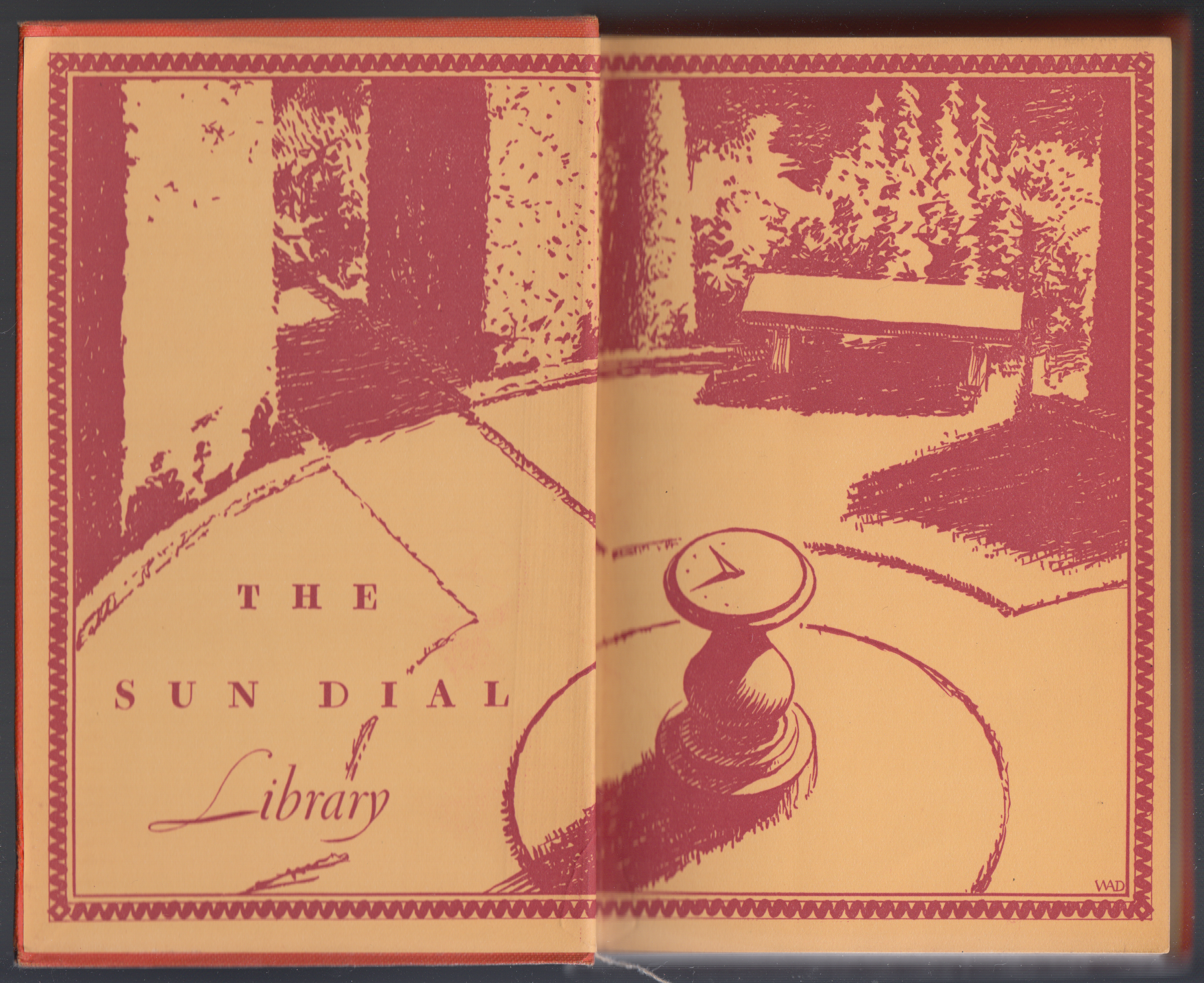 |
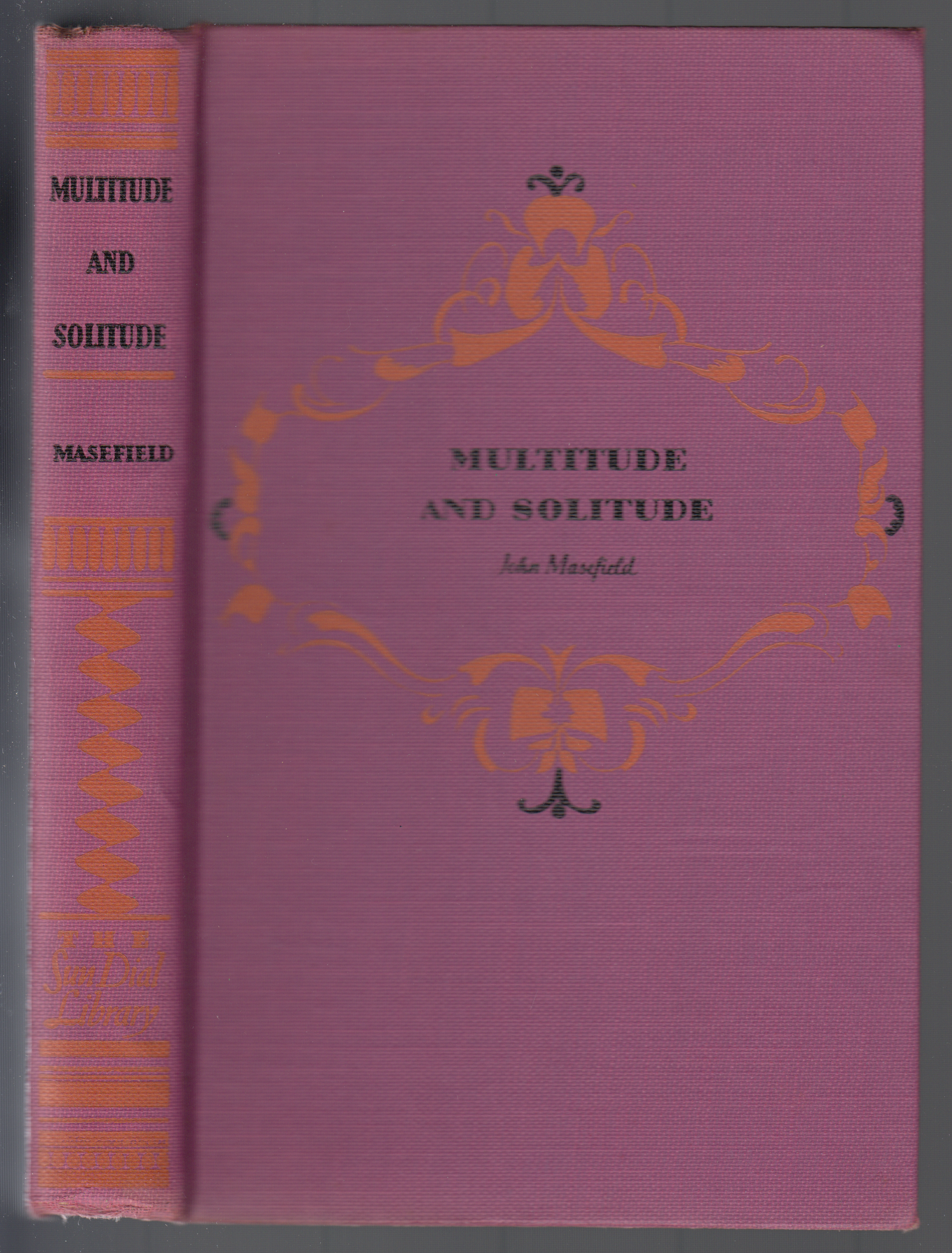 |
 |
 |
 |
 |
 |
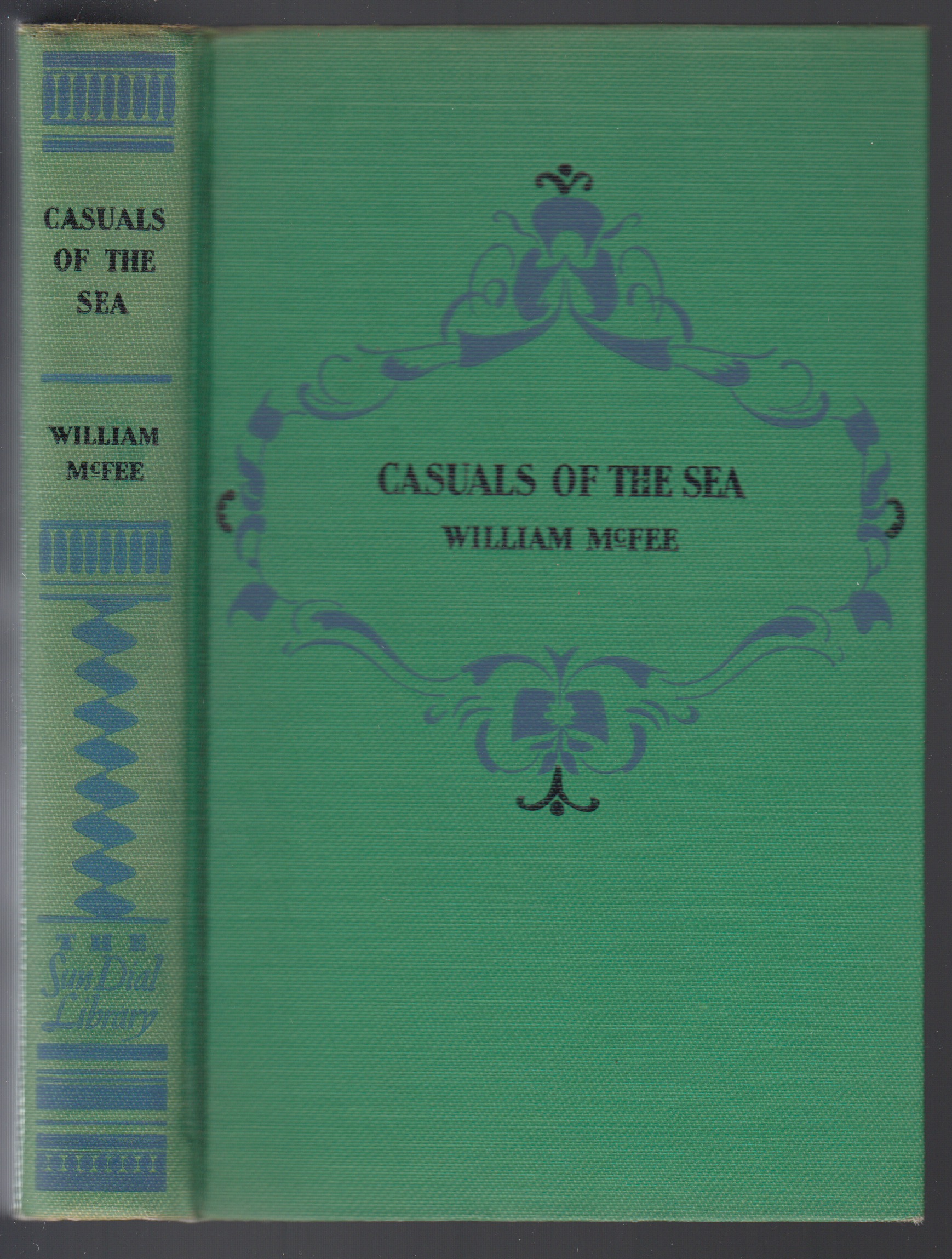 |
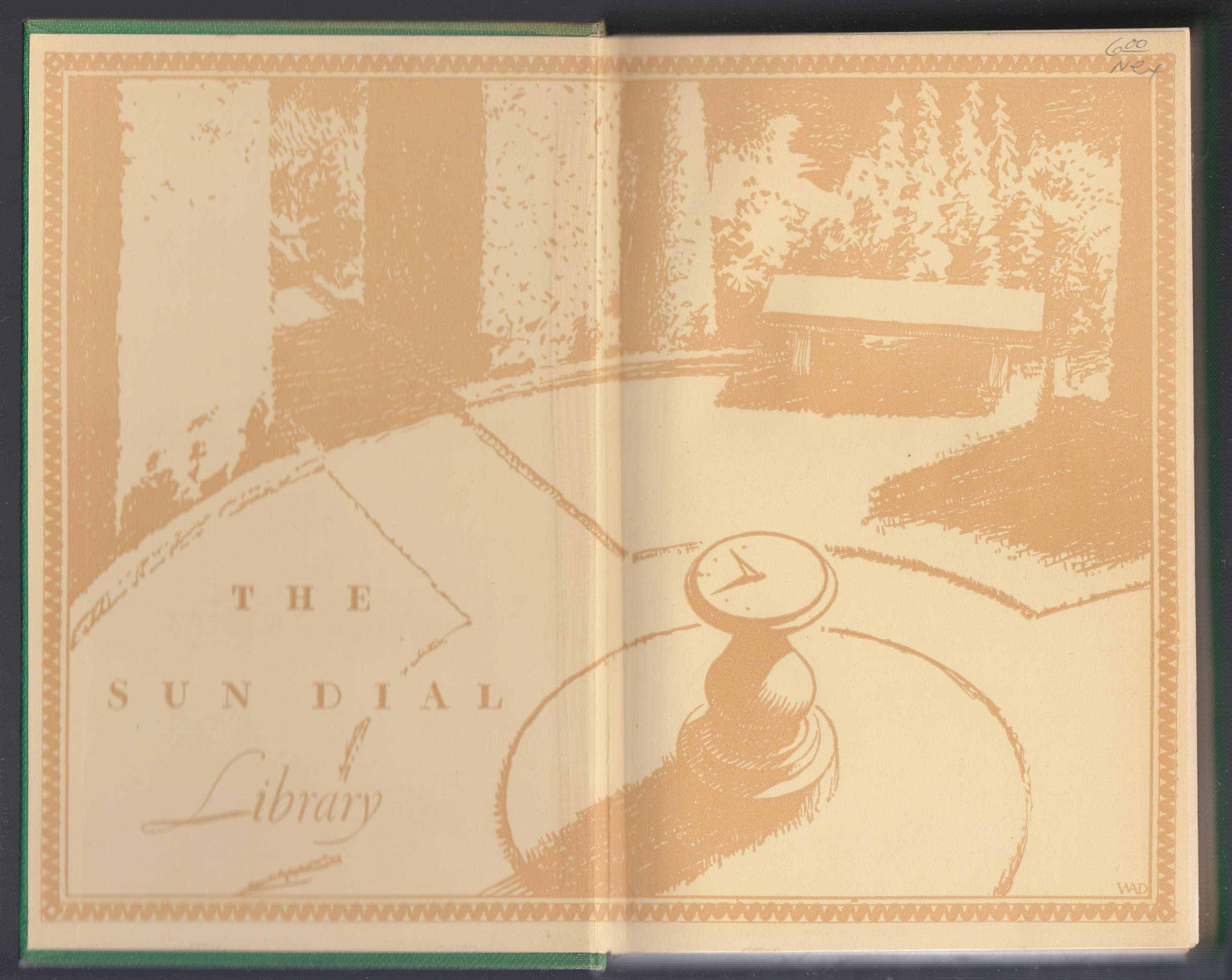 |
 |
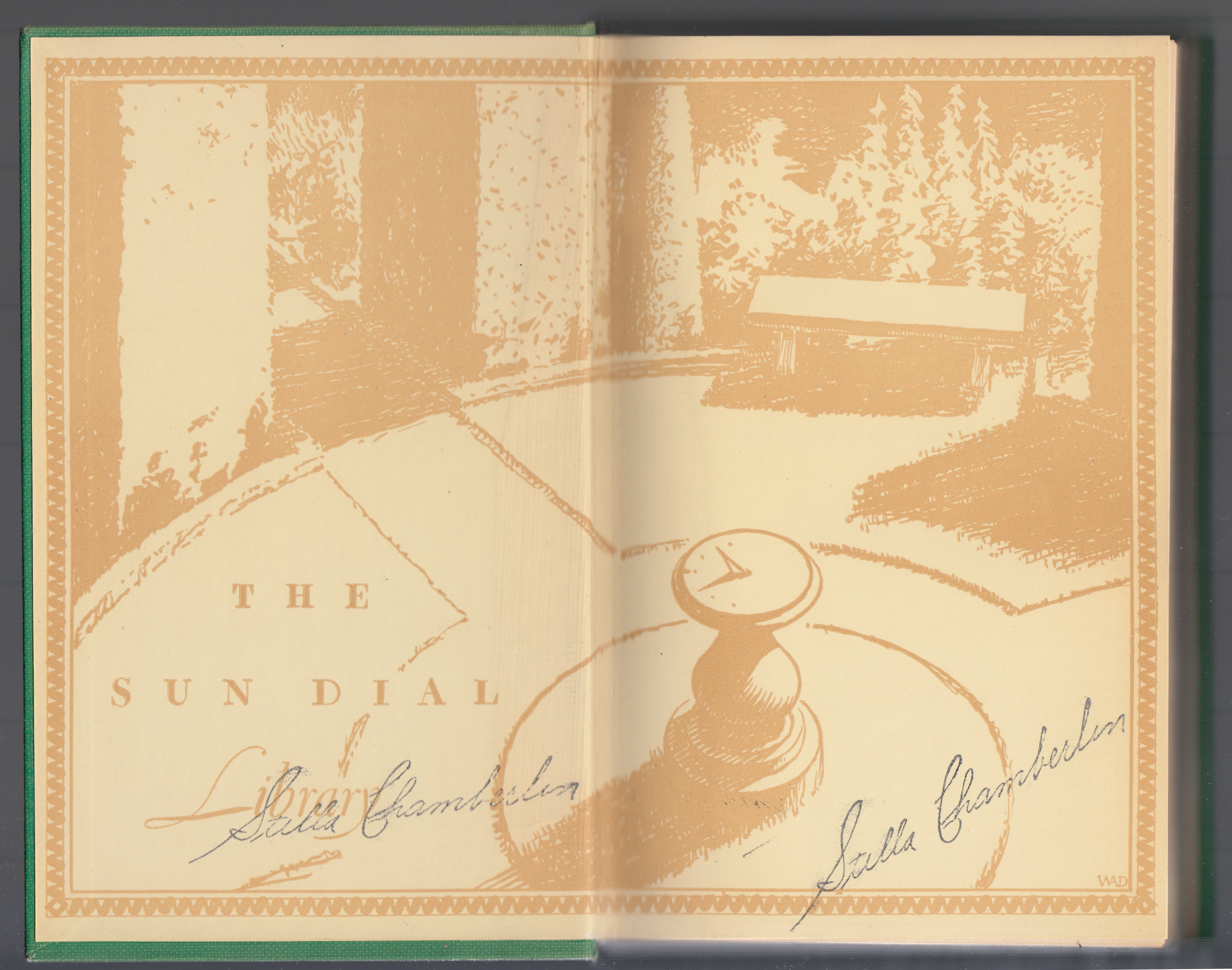 |
 |
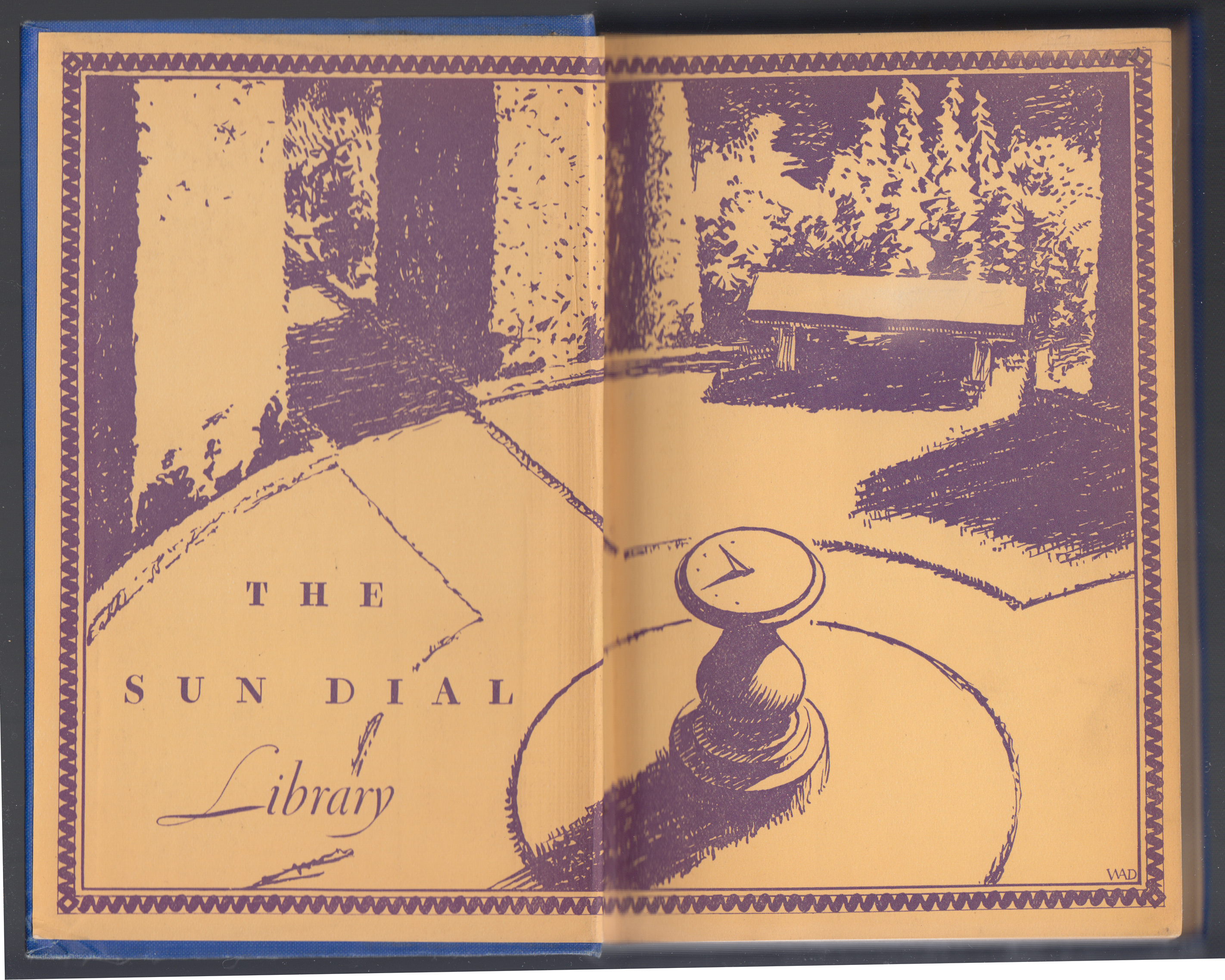 |
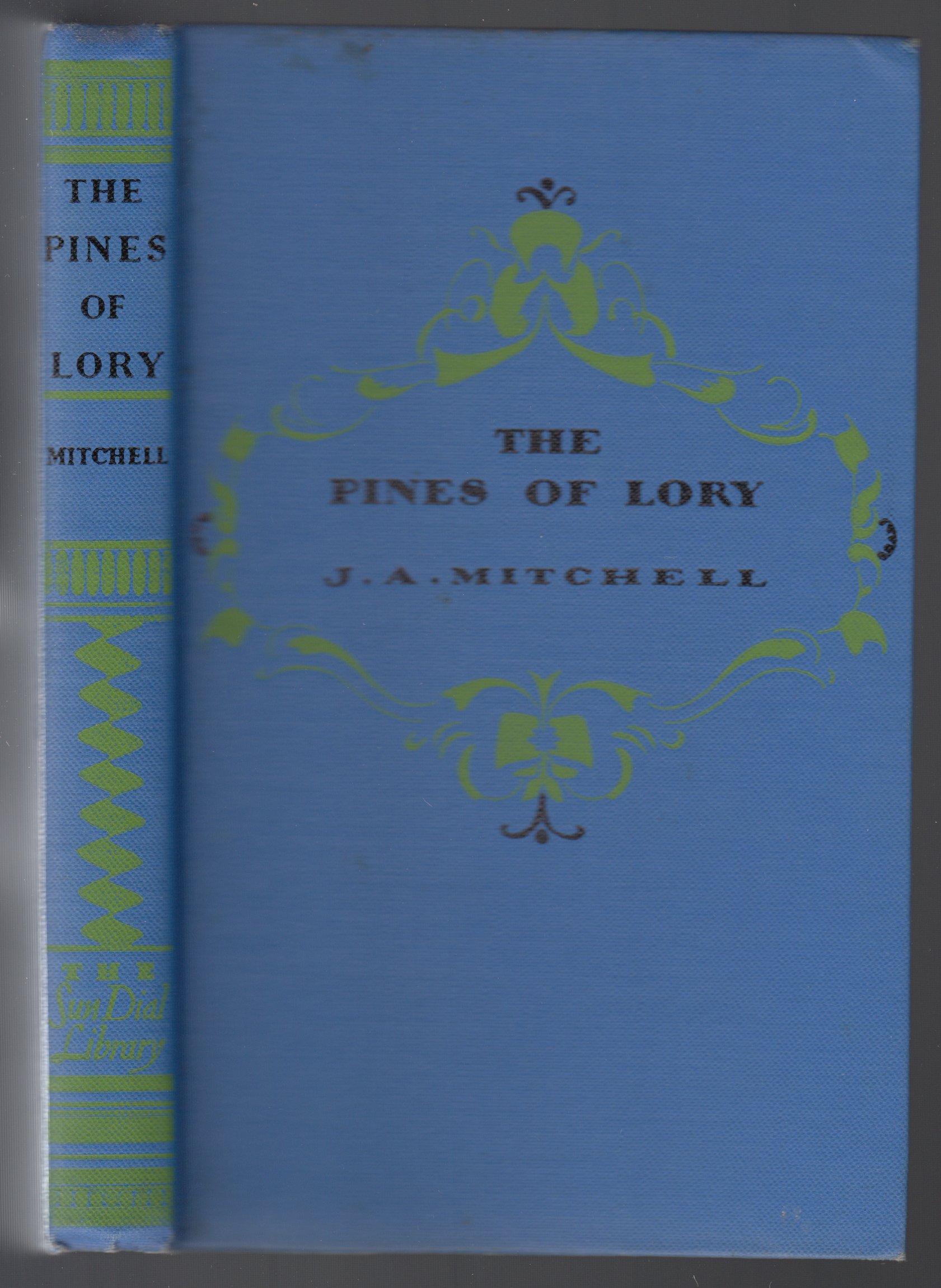 |
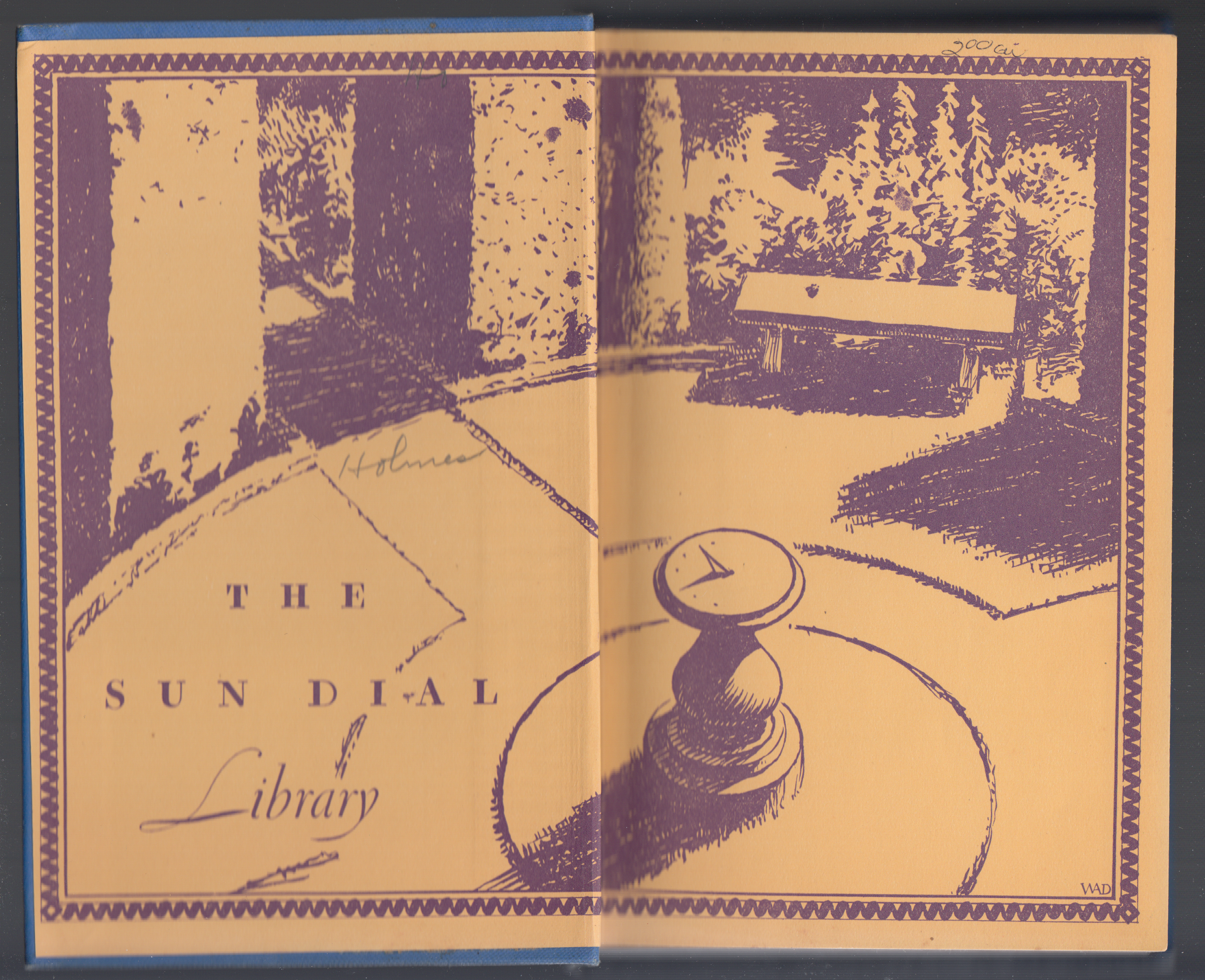 |
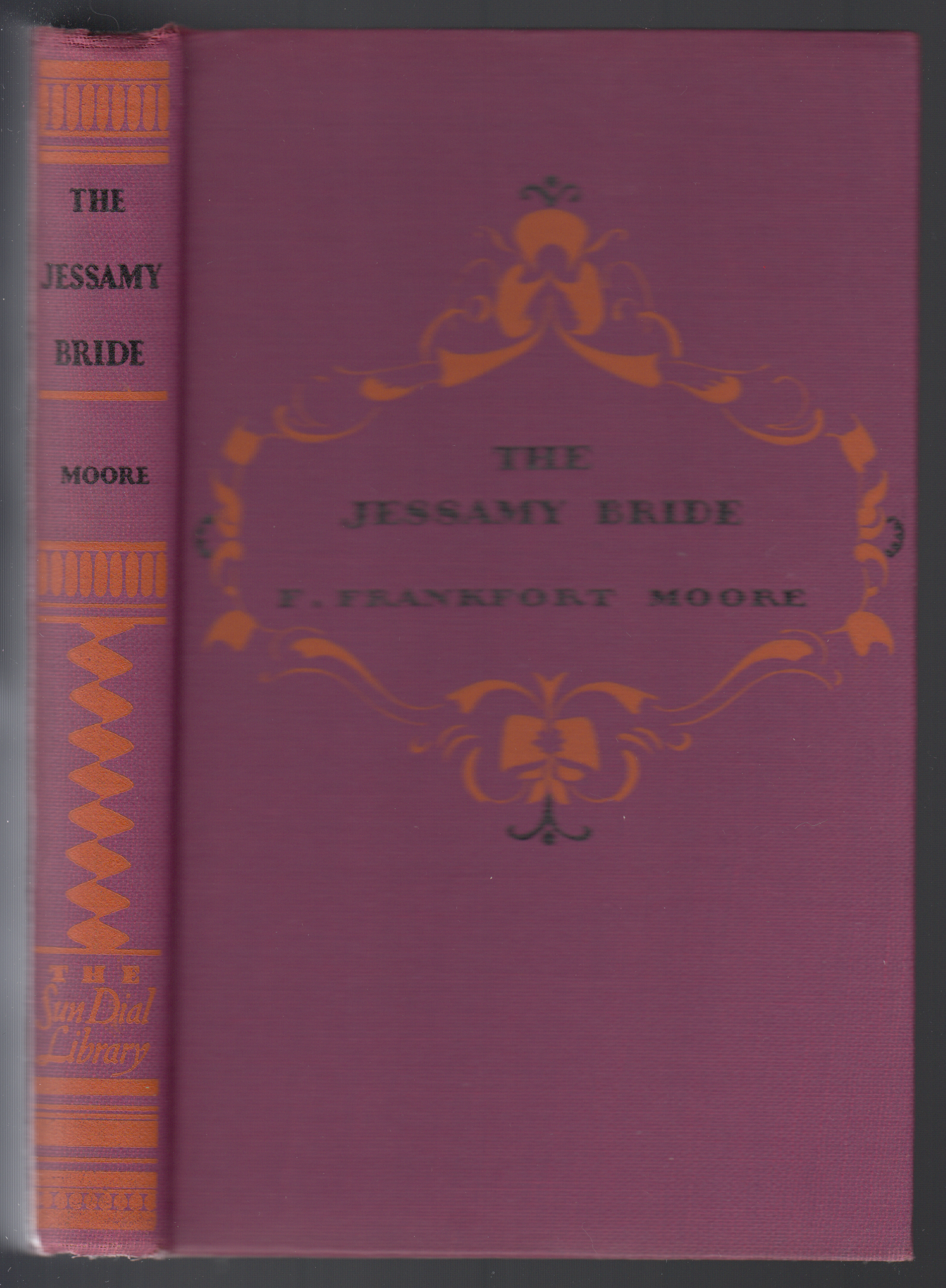 |
 |
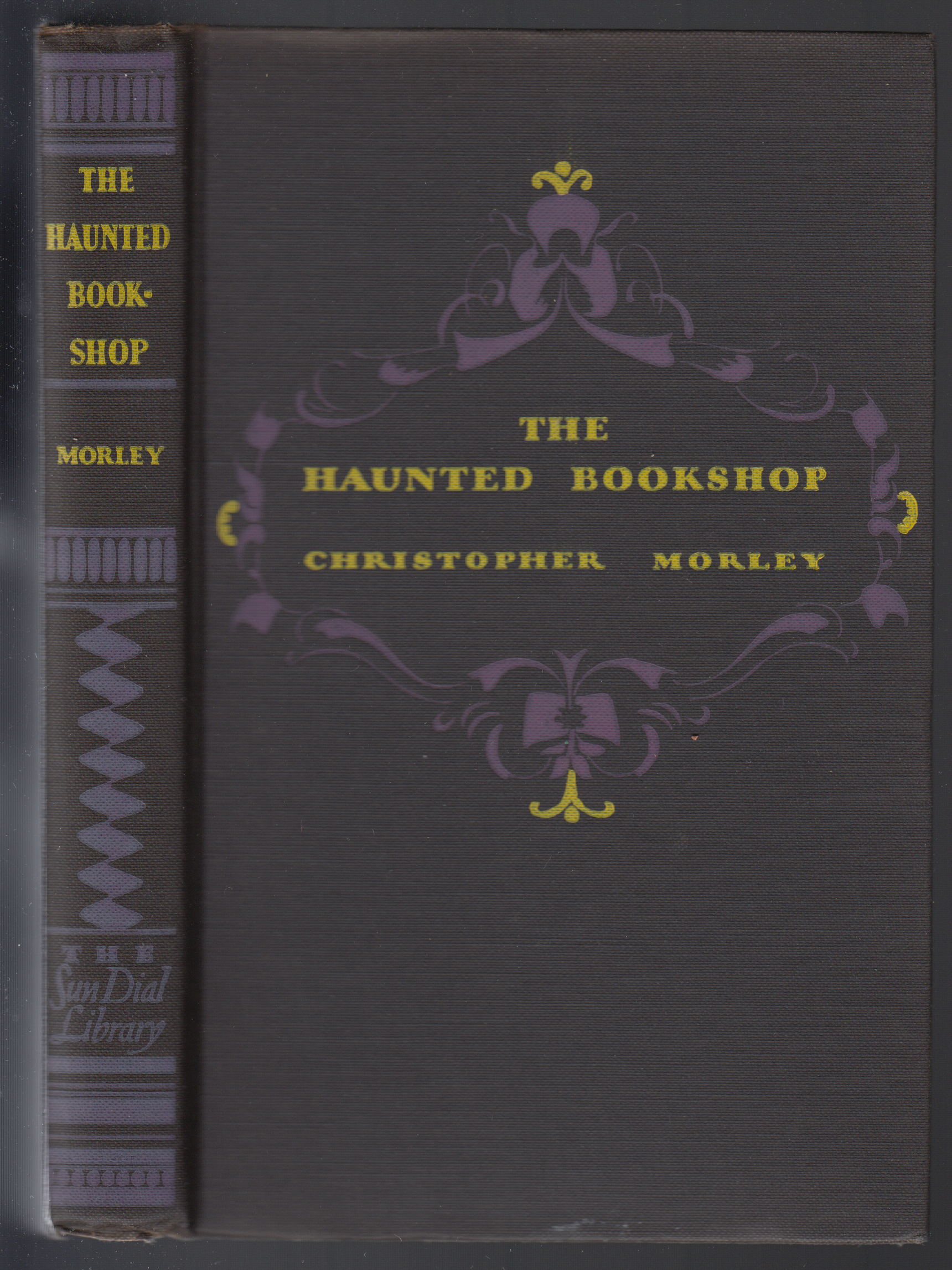 |
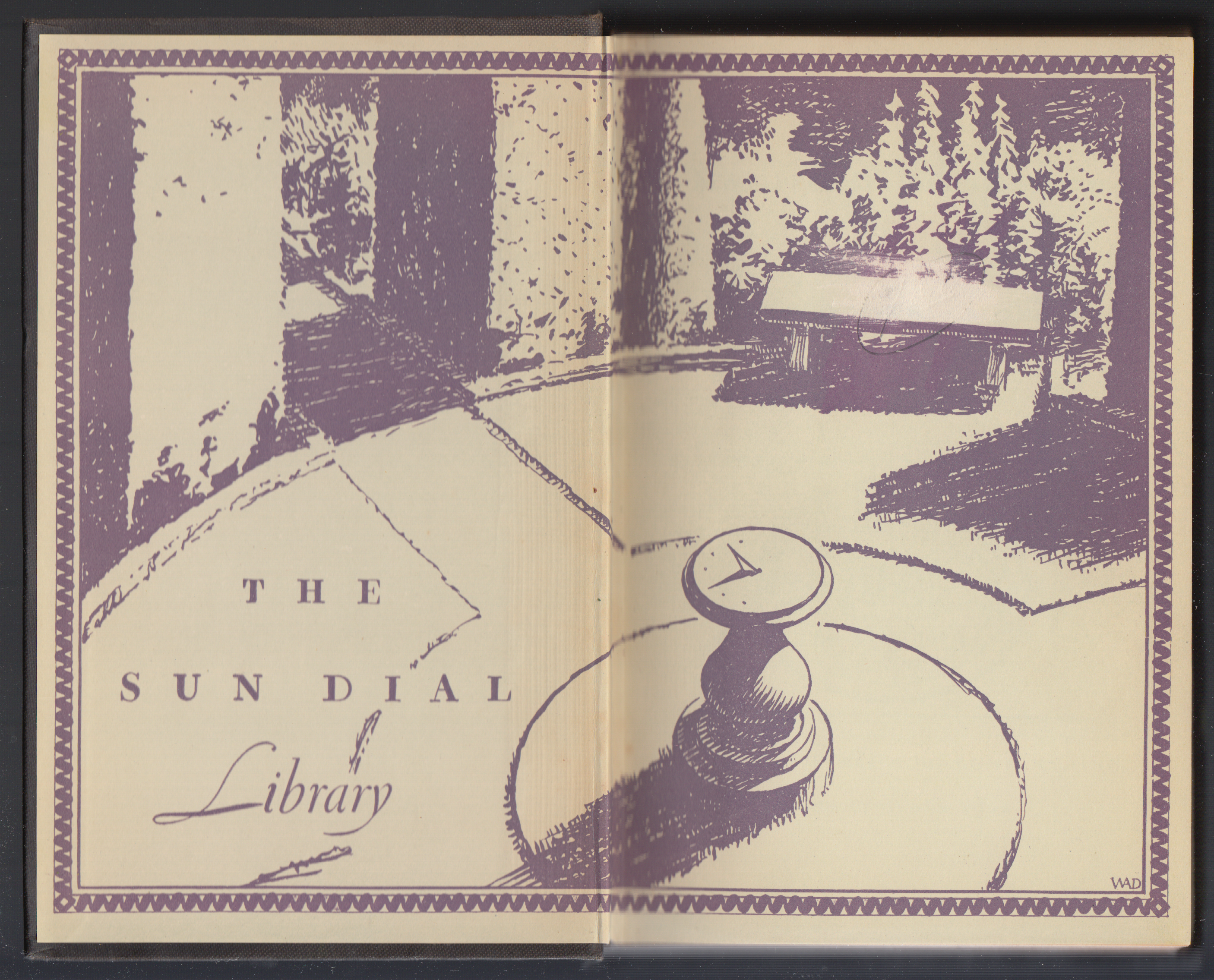 |
 |
 |
 |
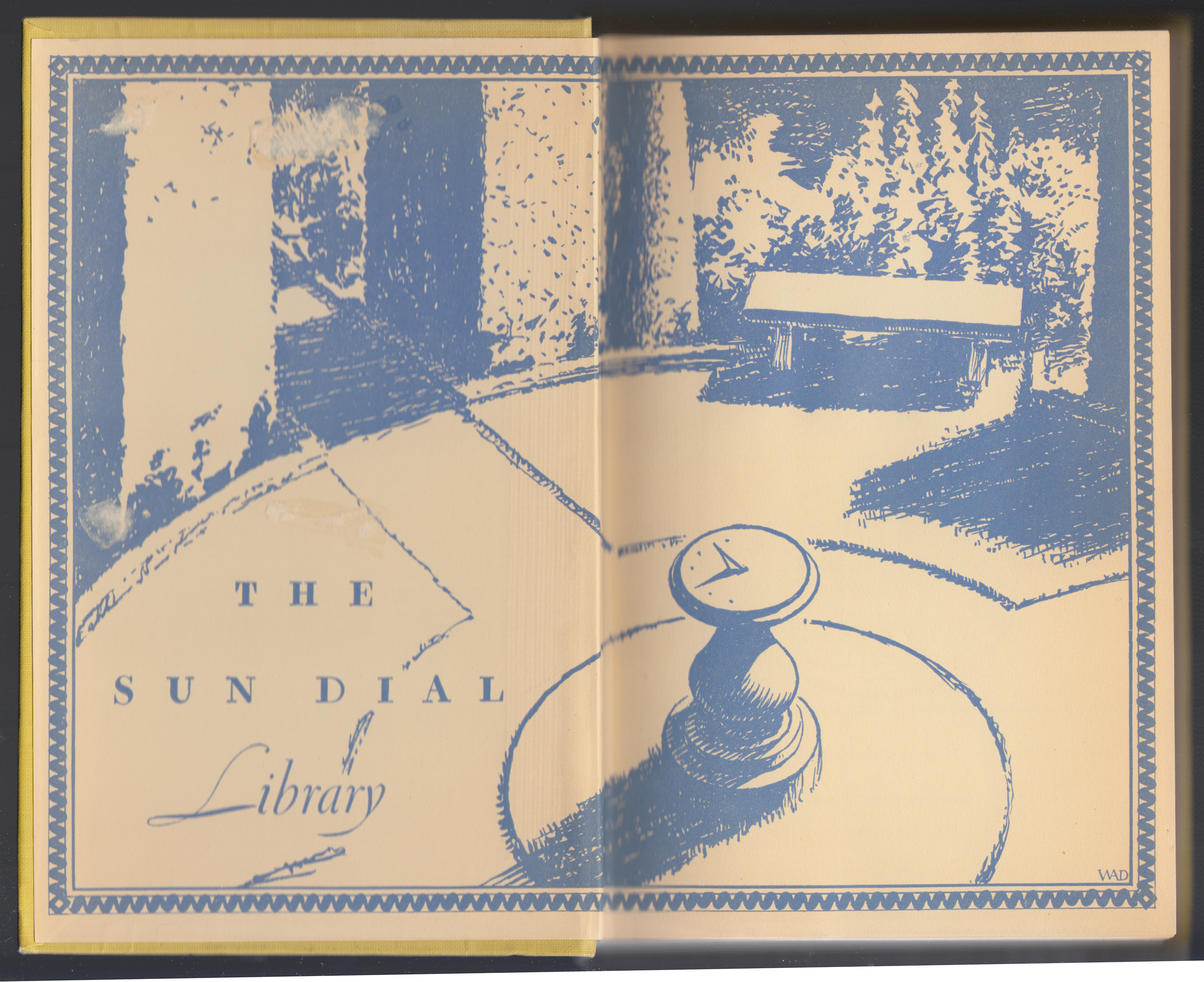 |
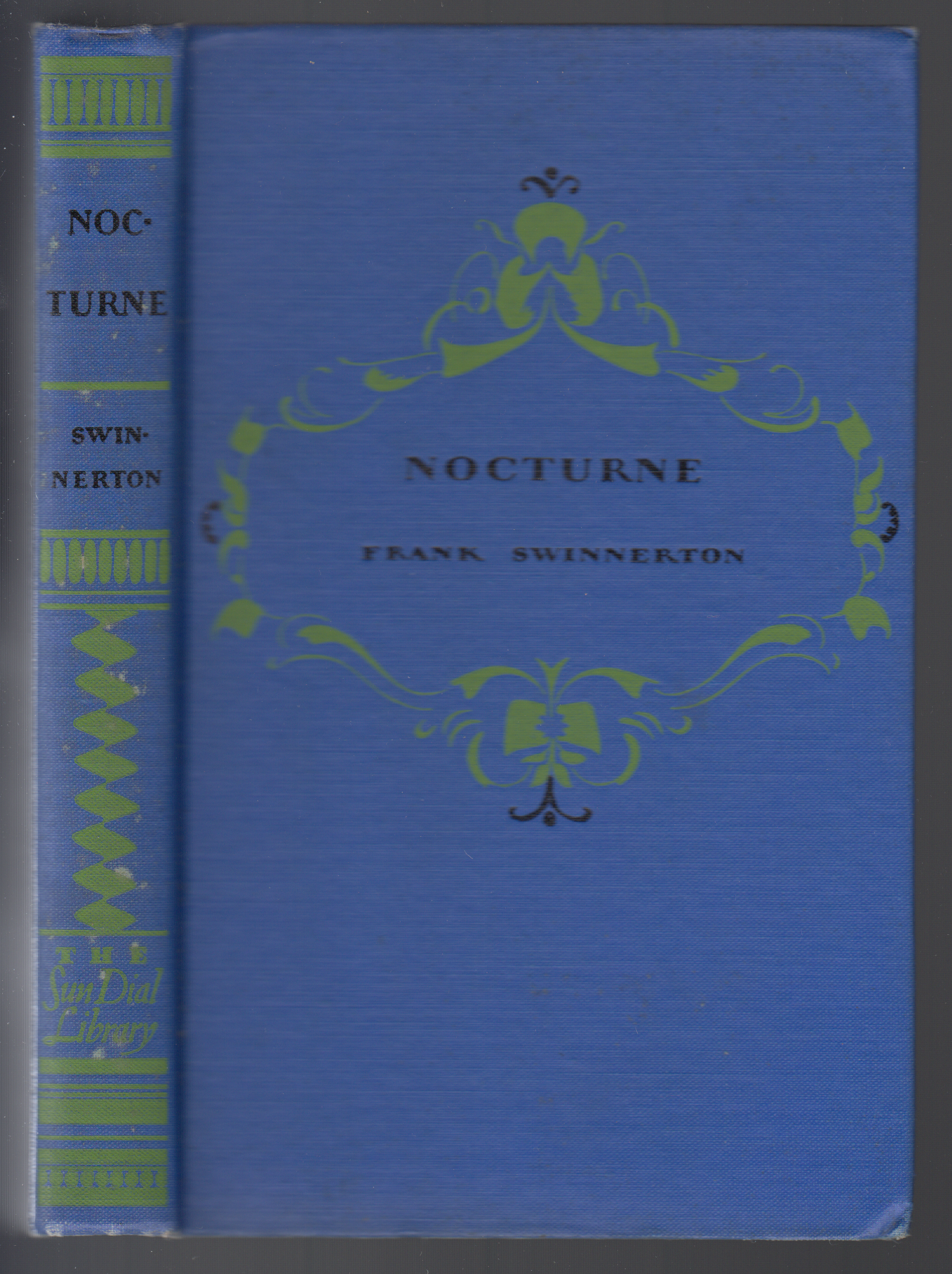 |
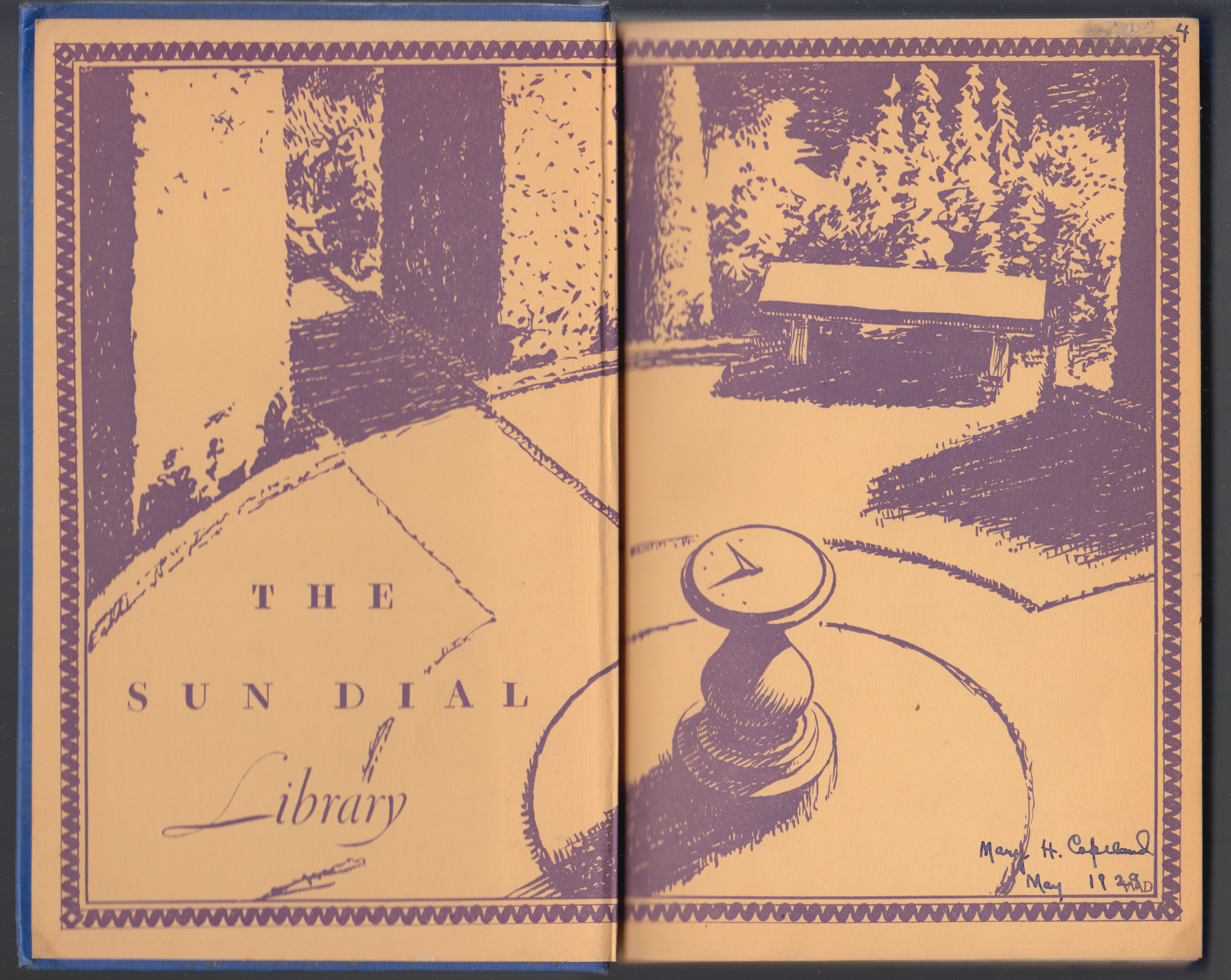 |
 |
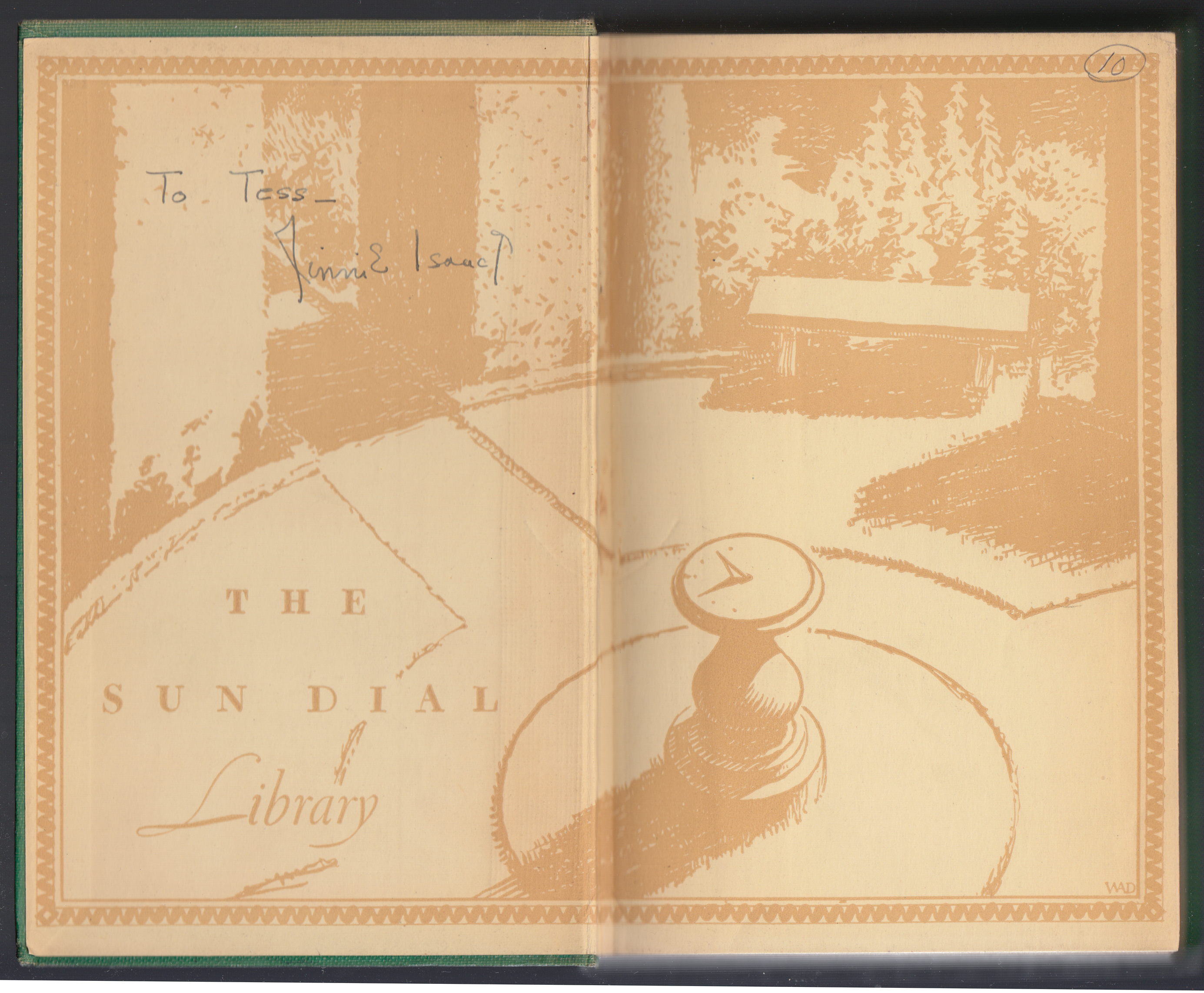 |
 |
 |
 |
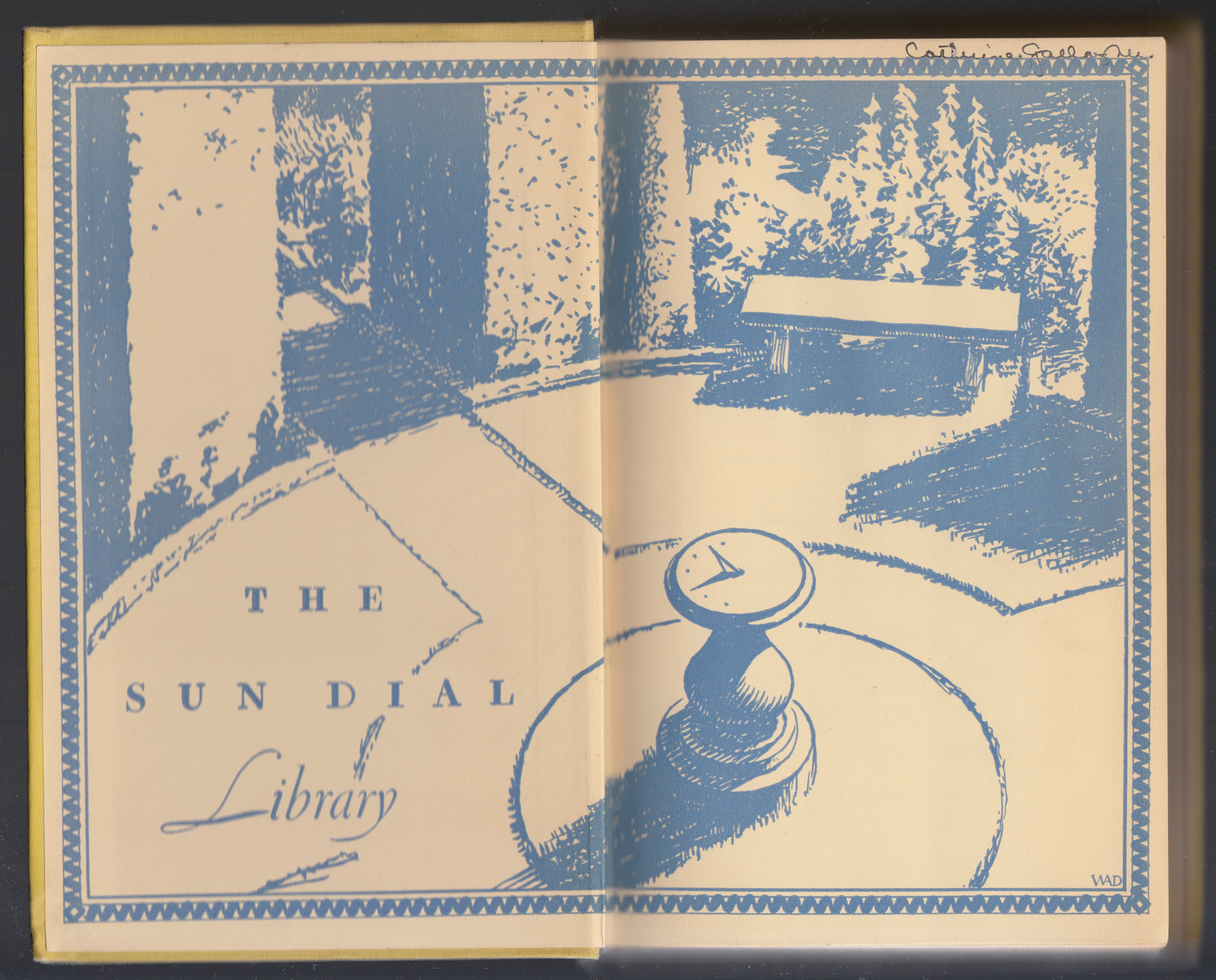 |
